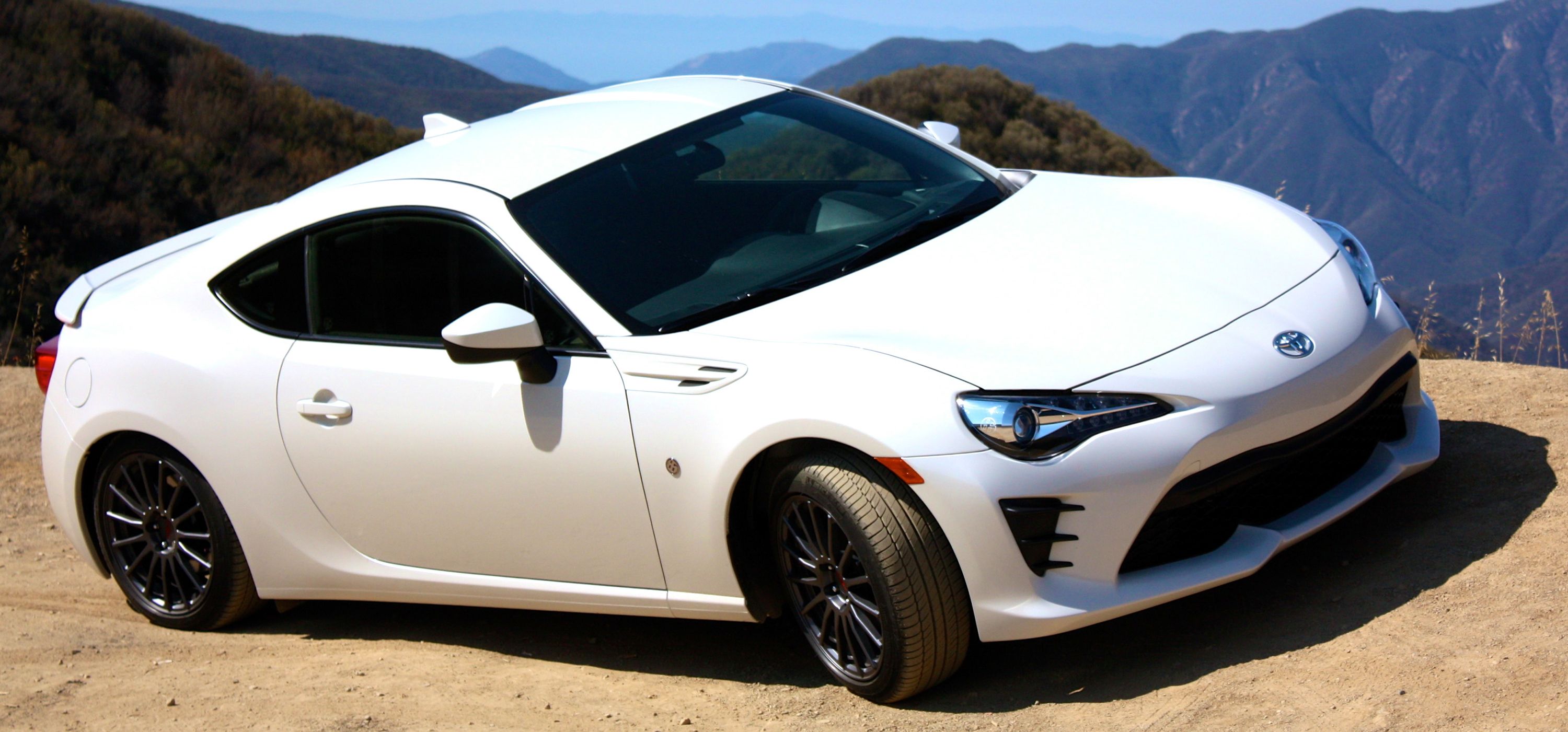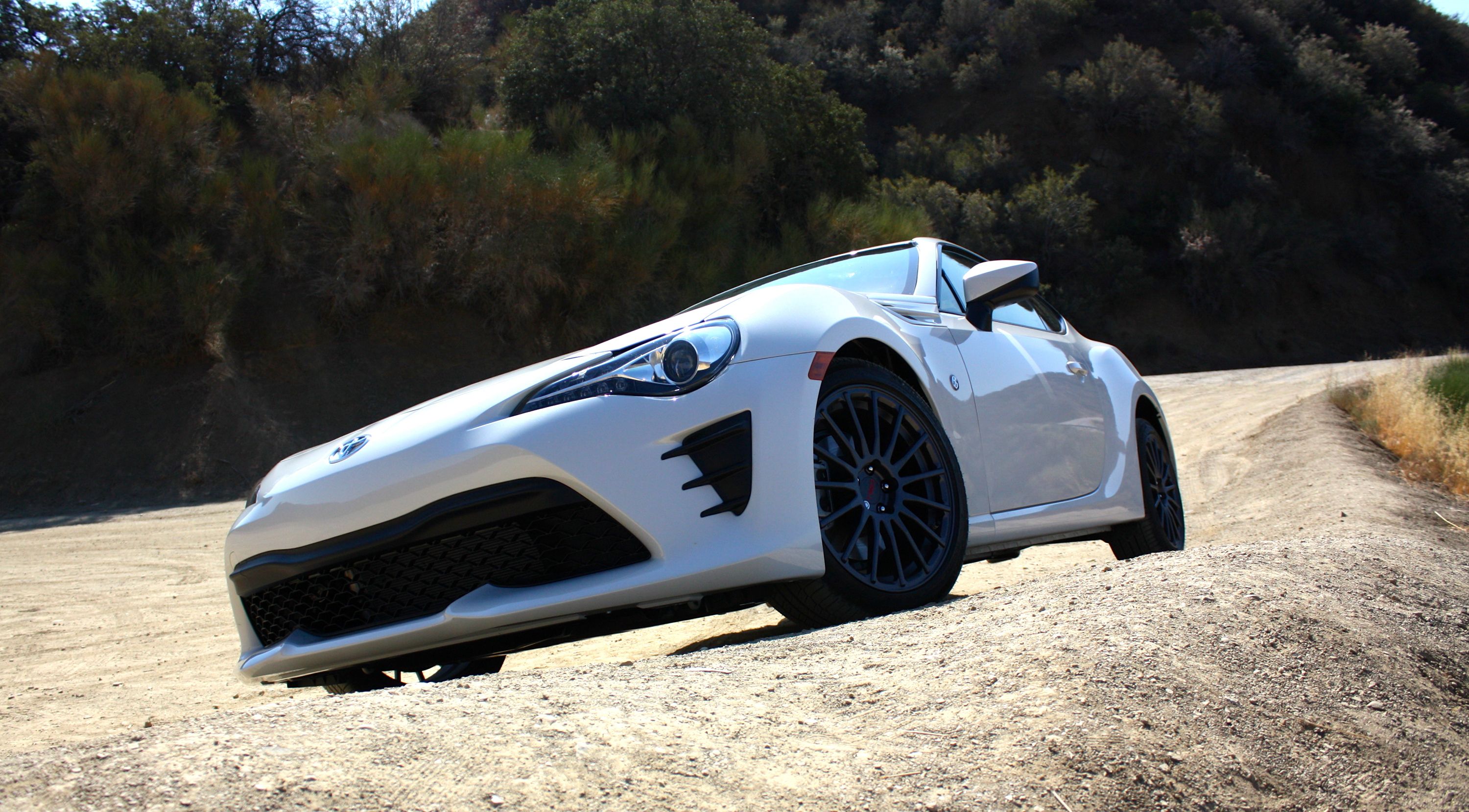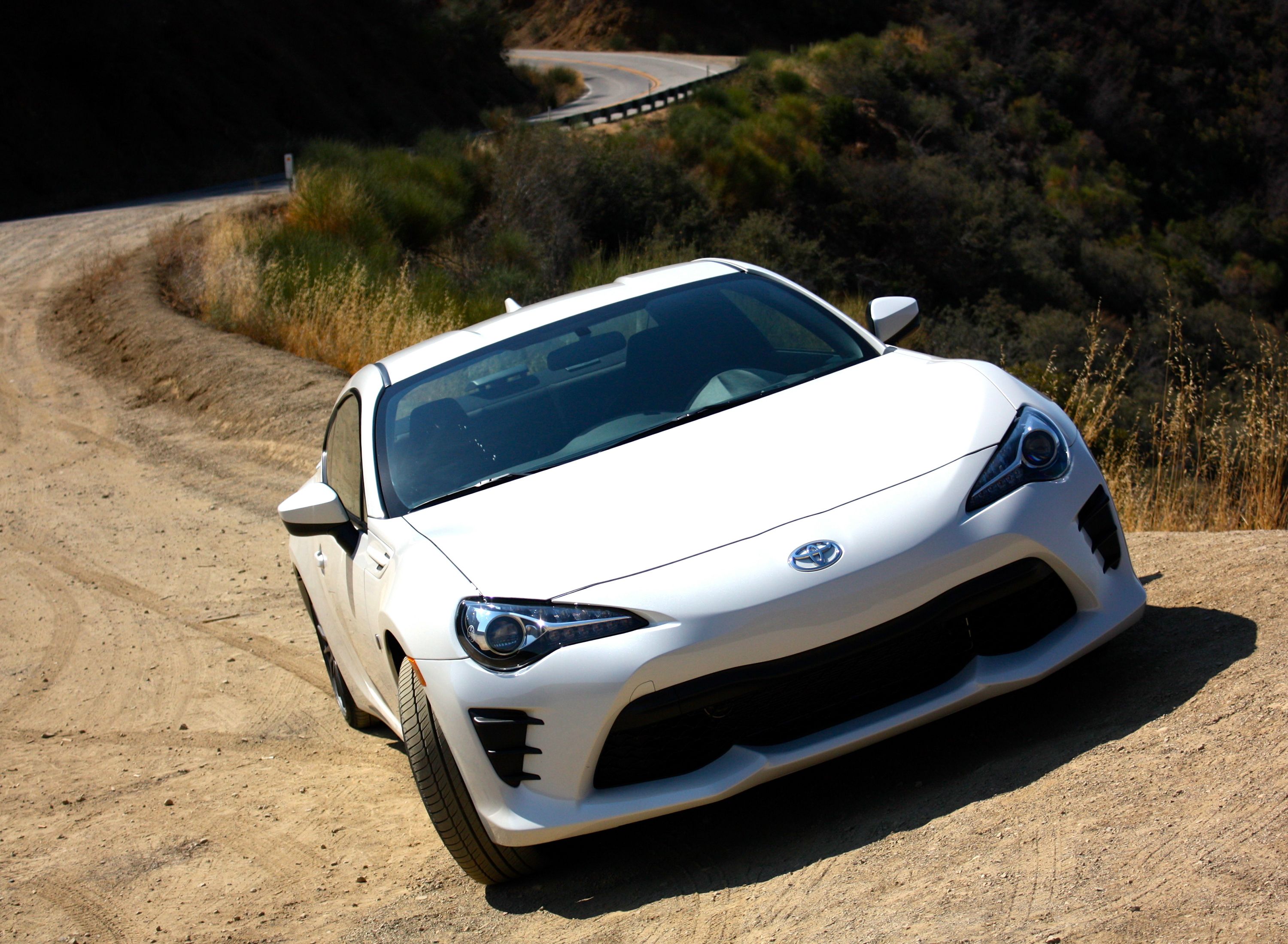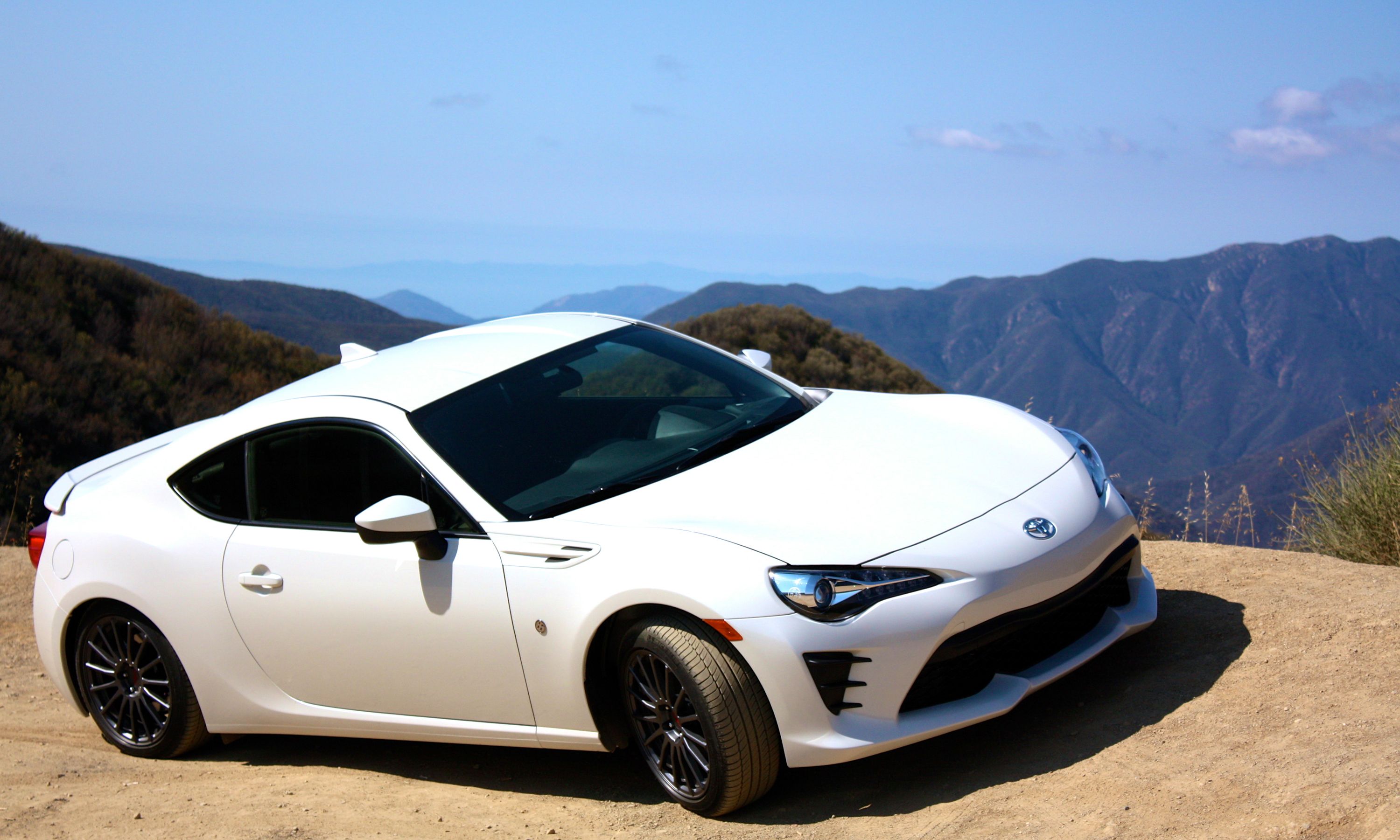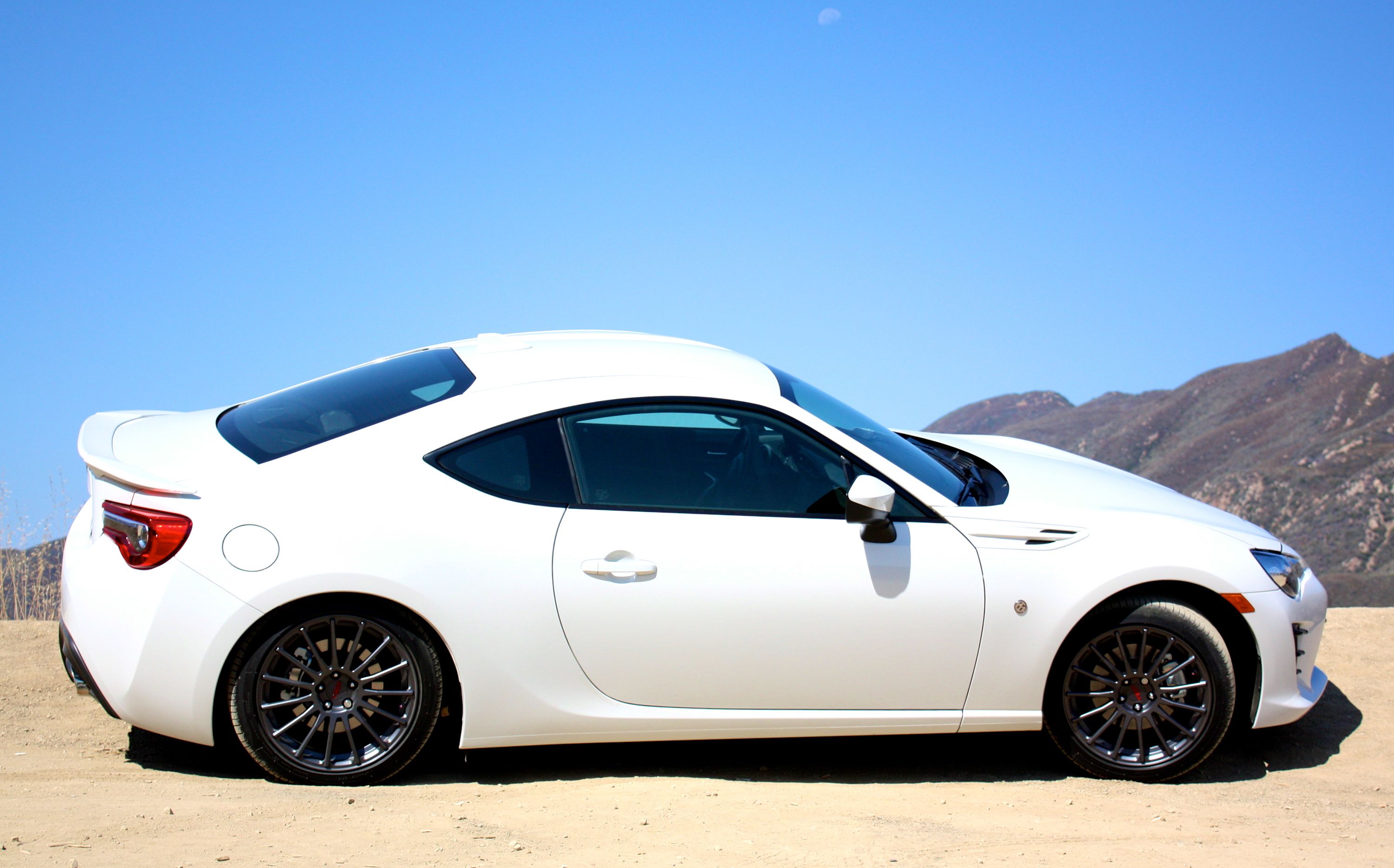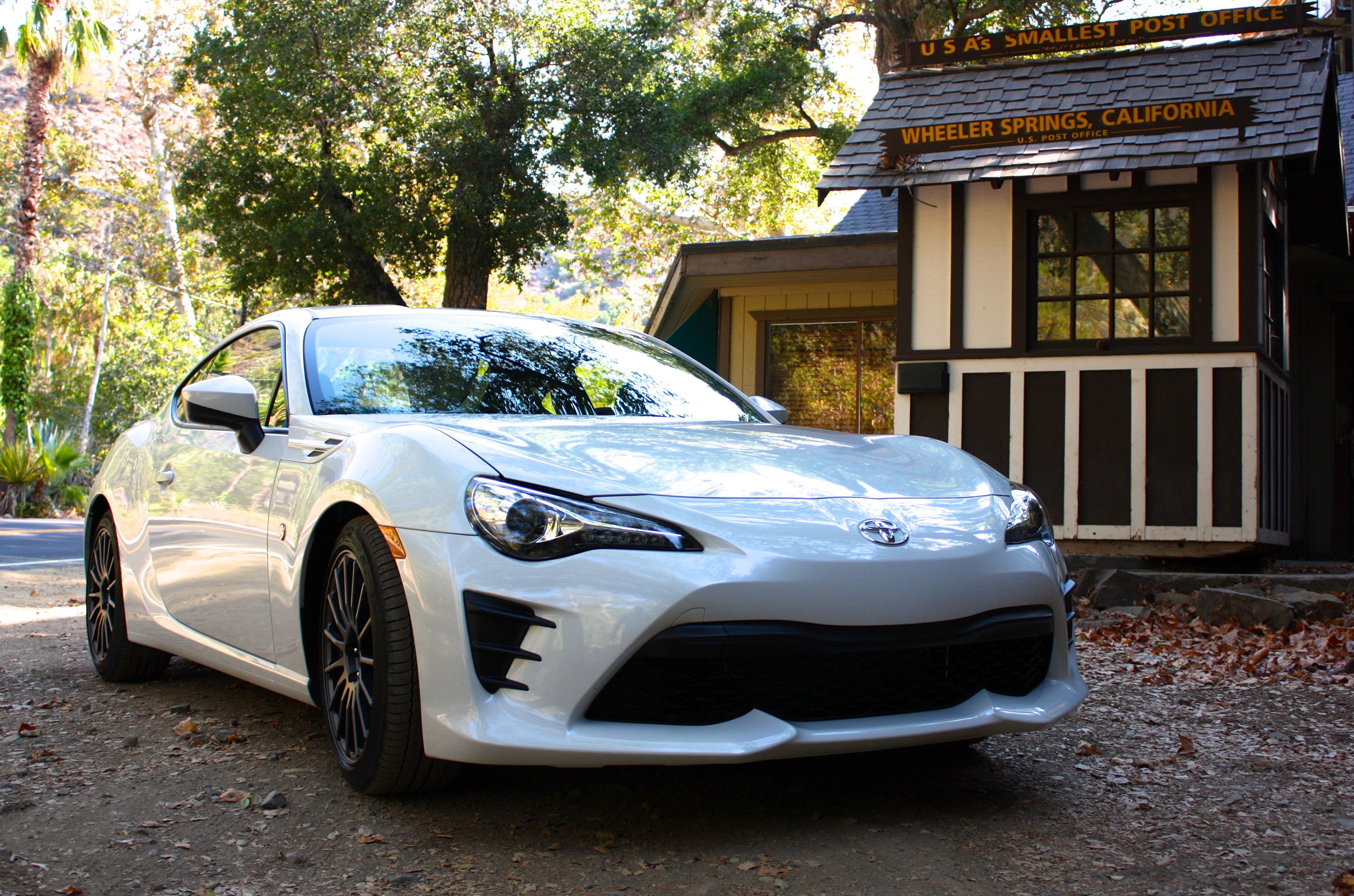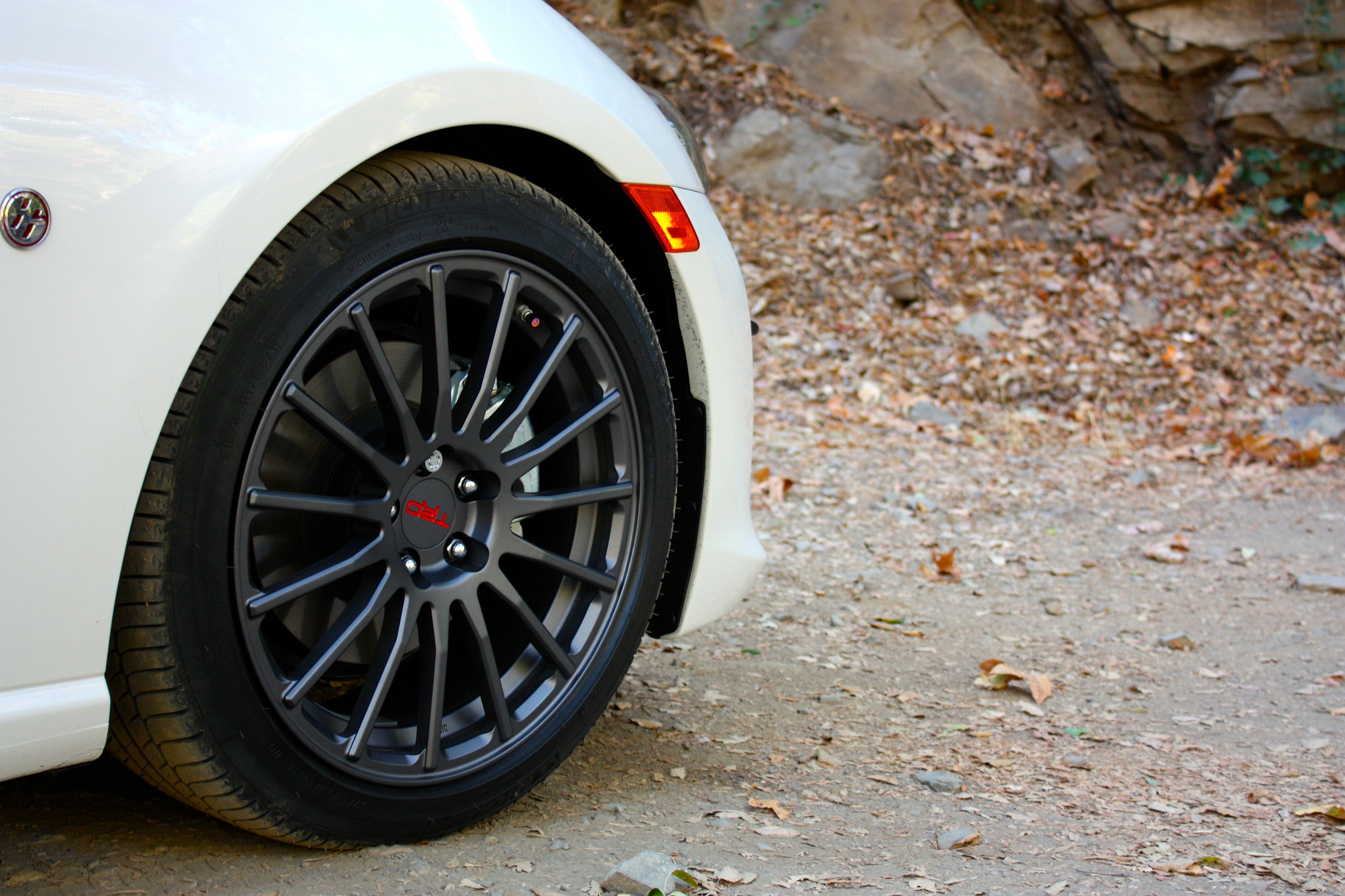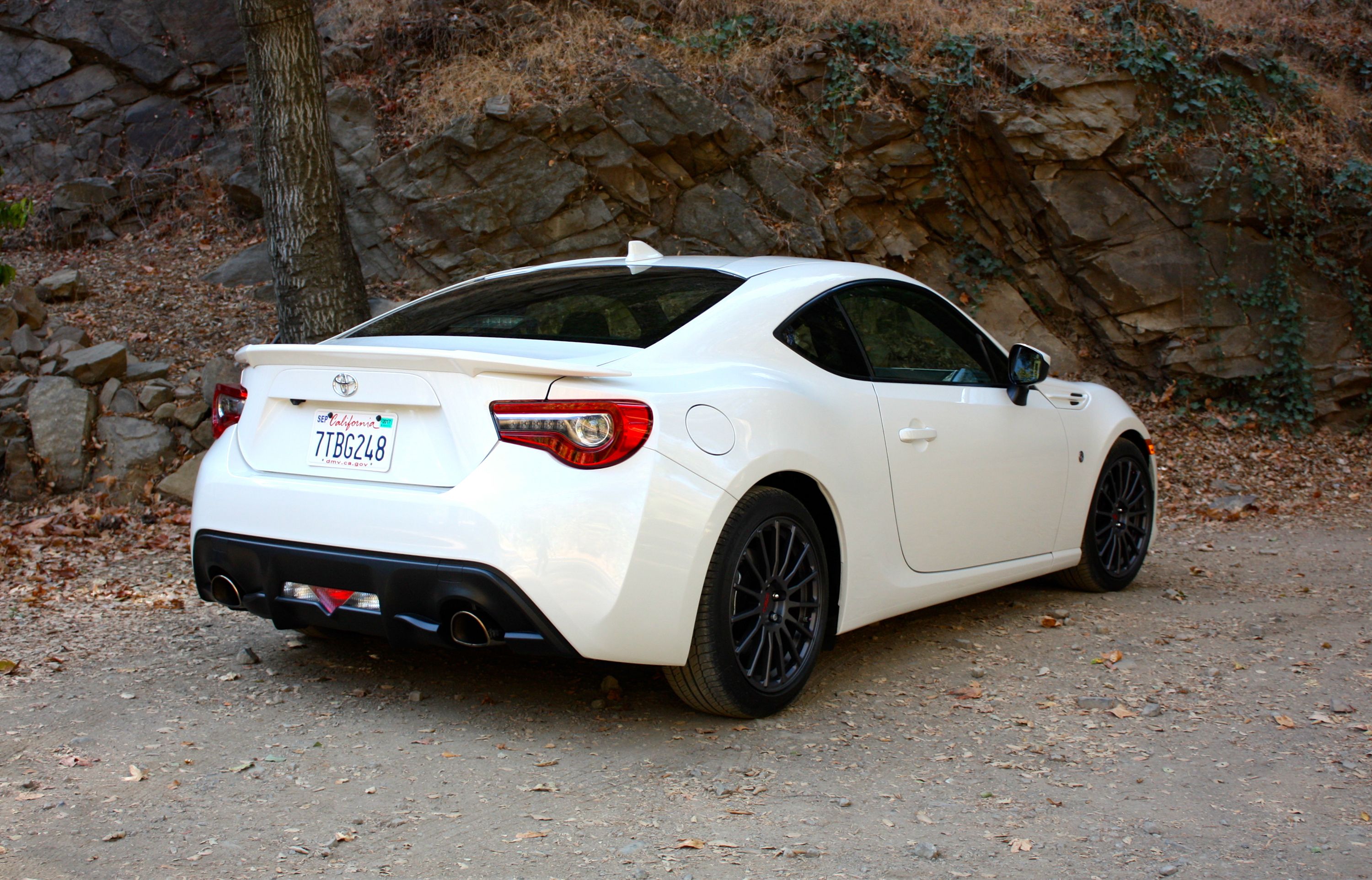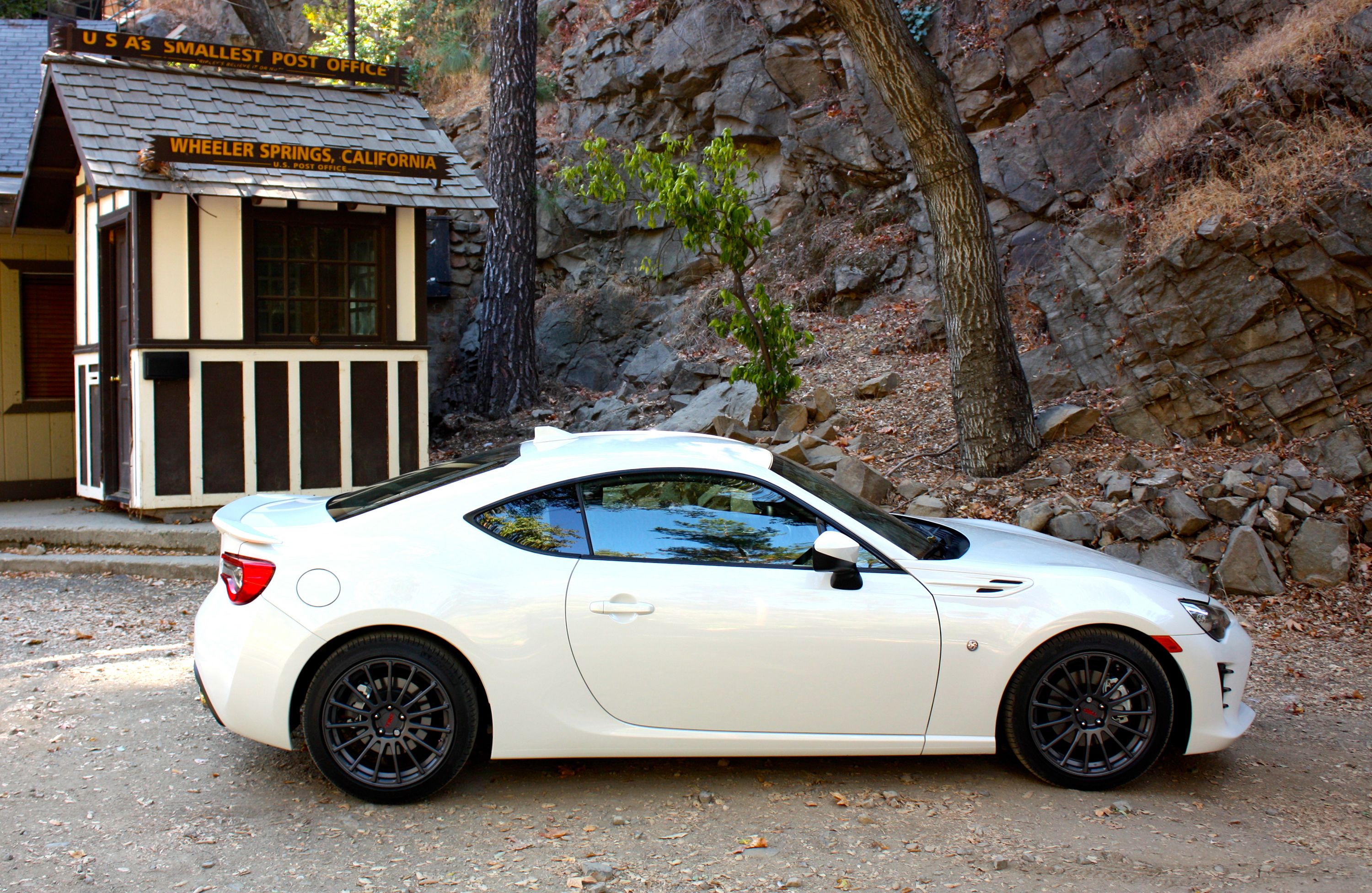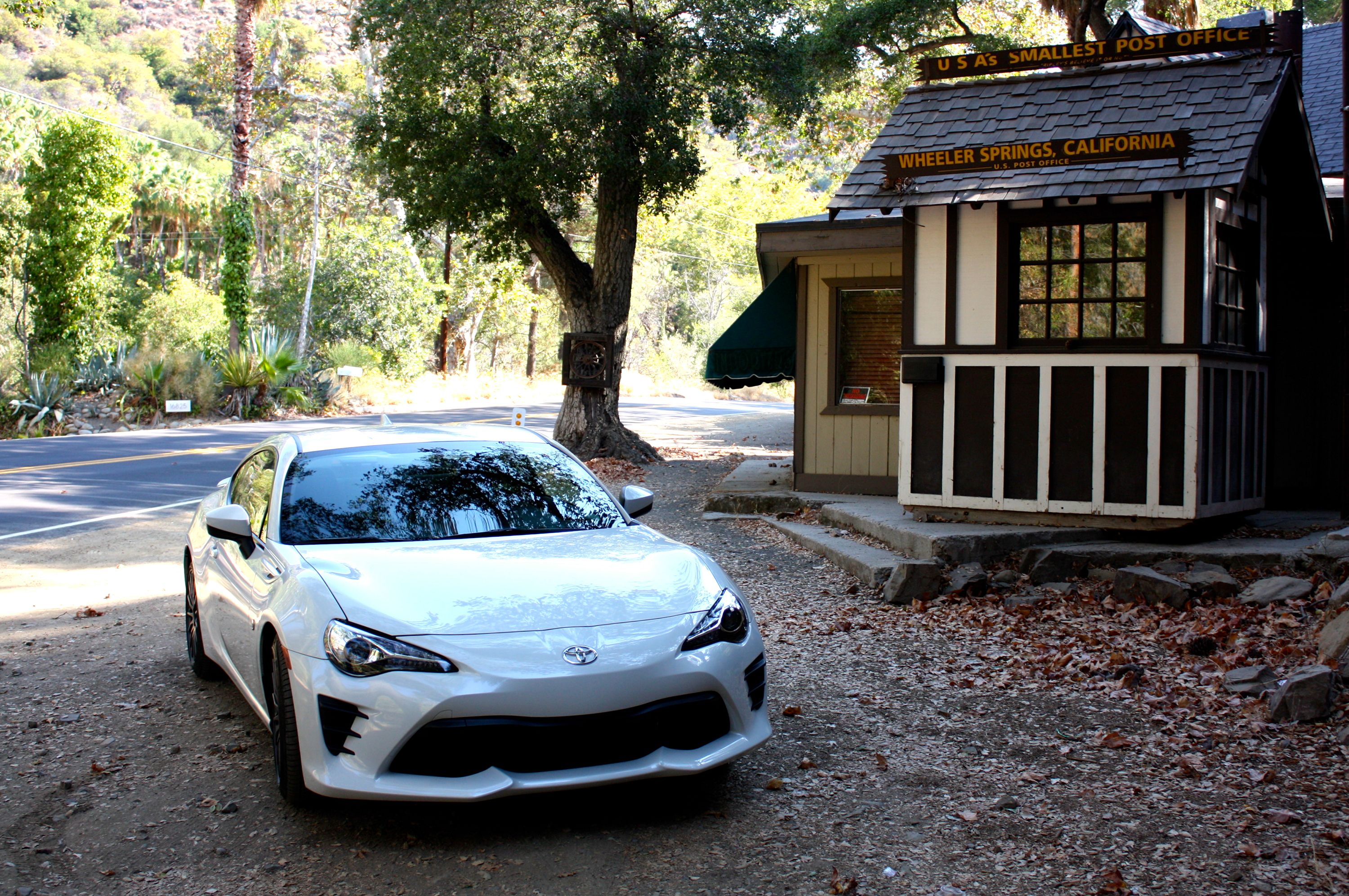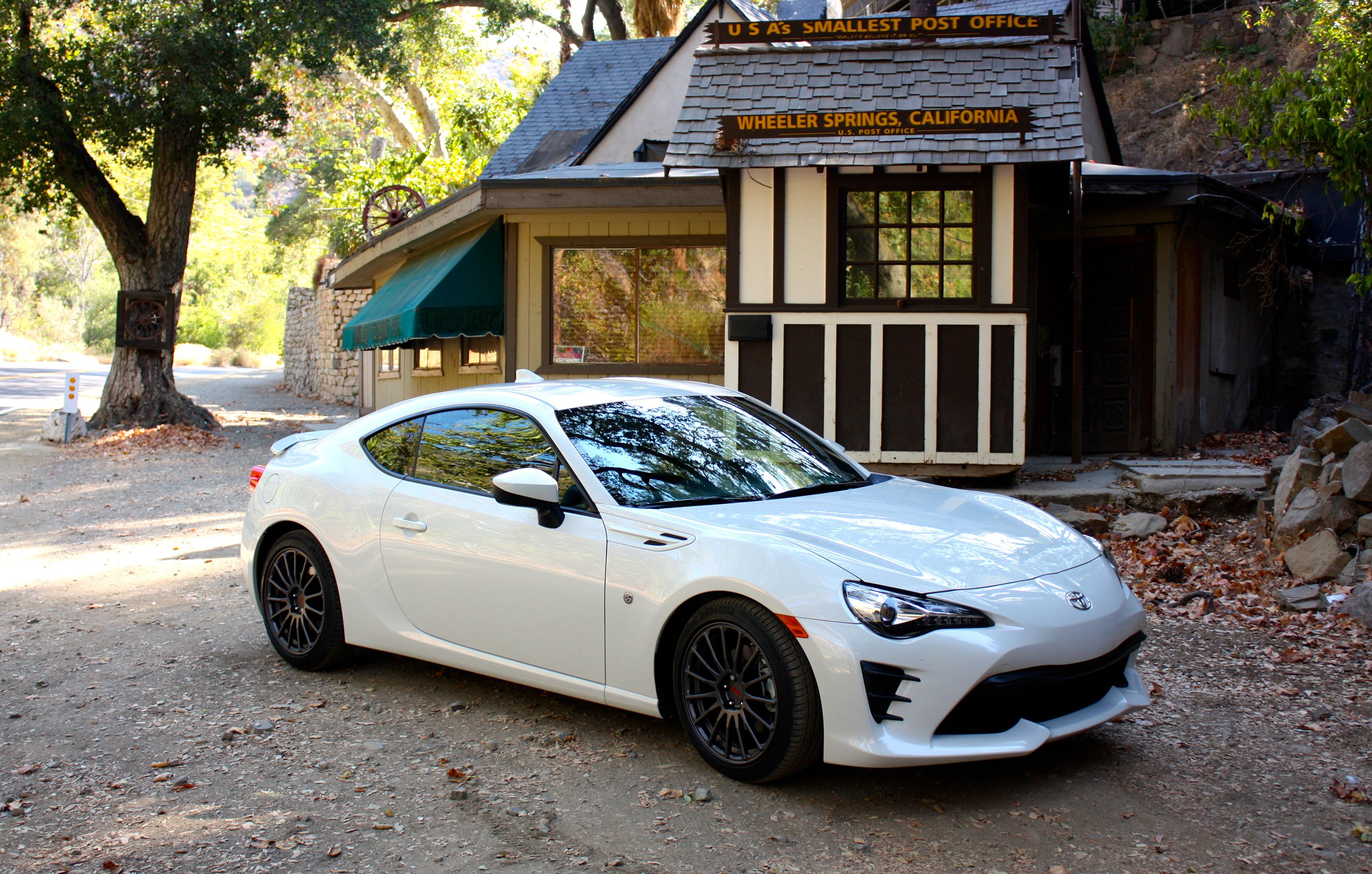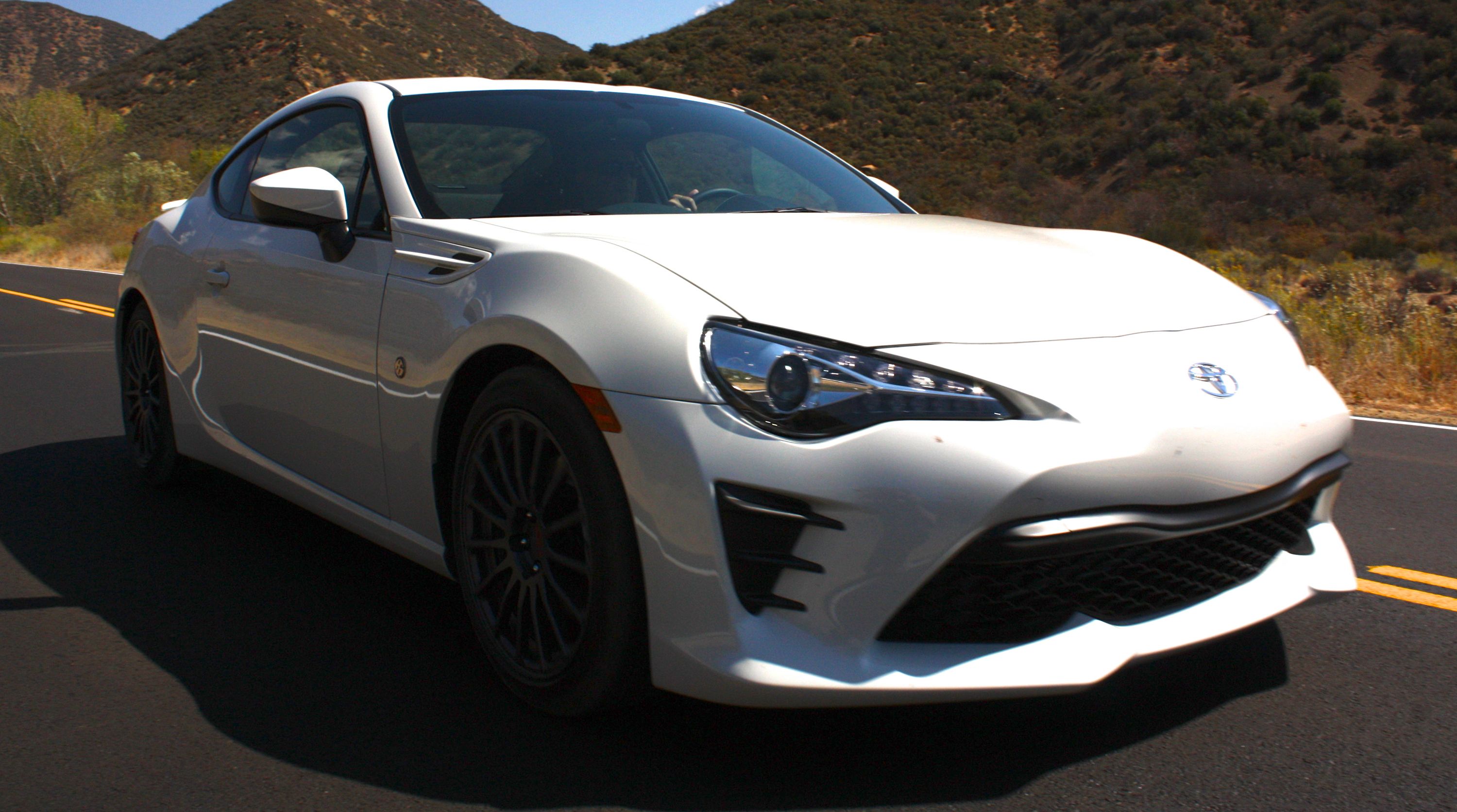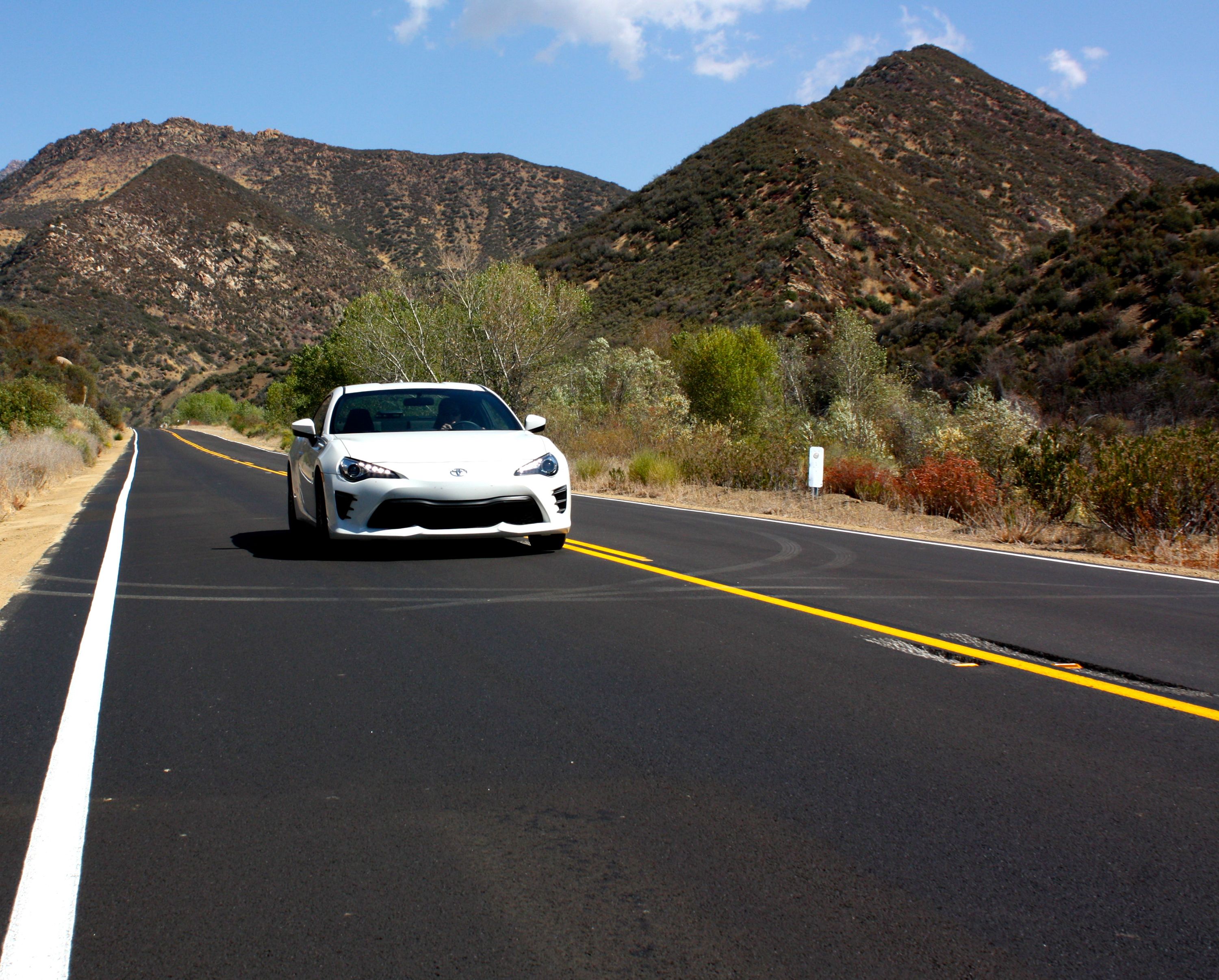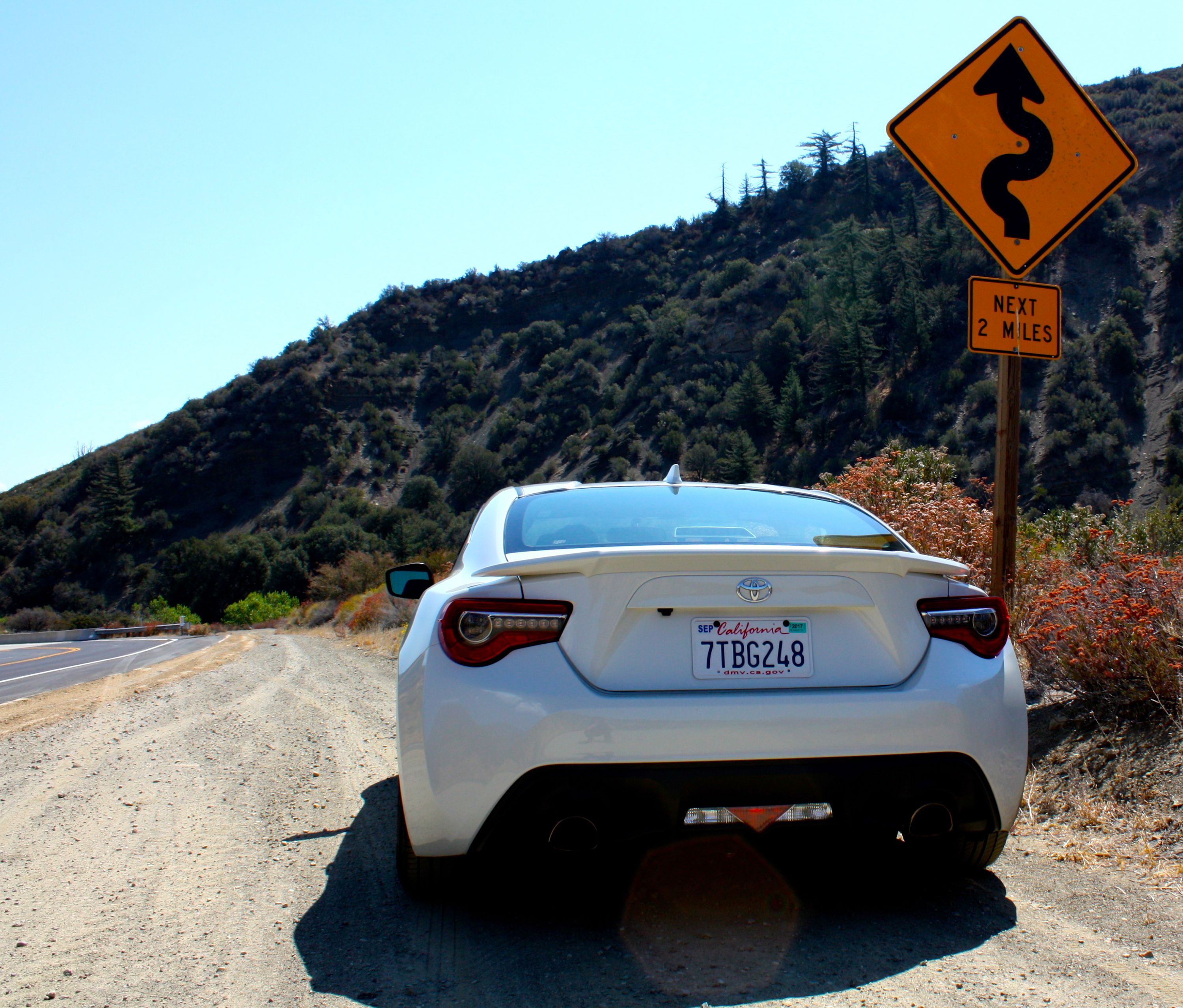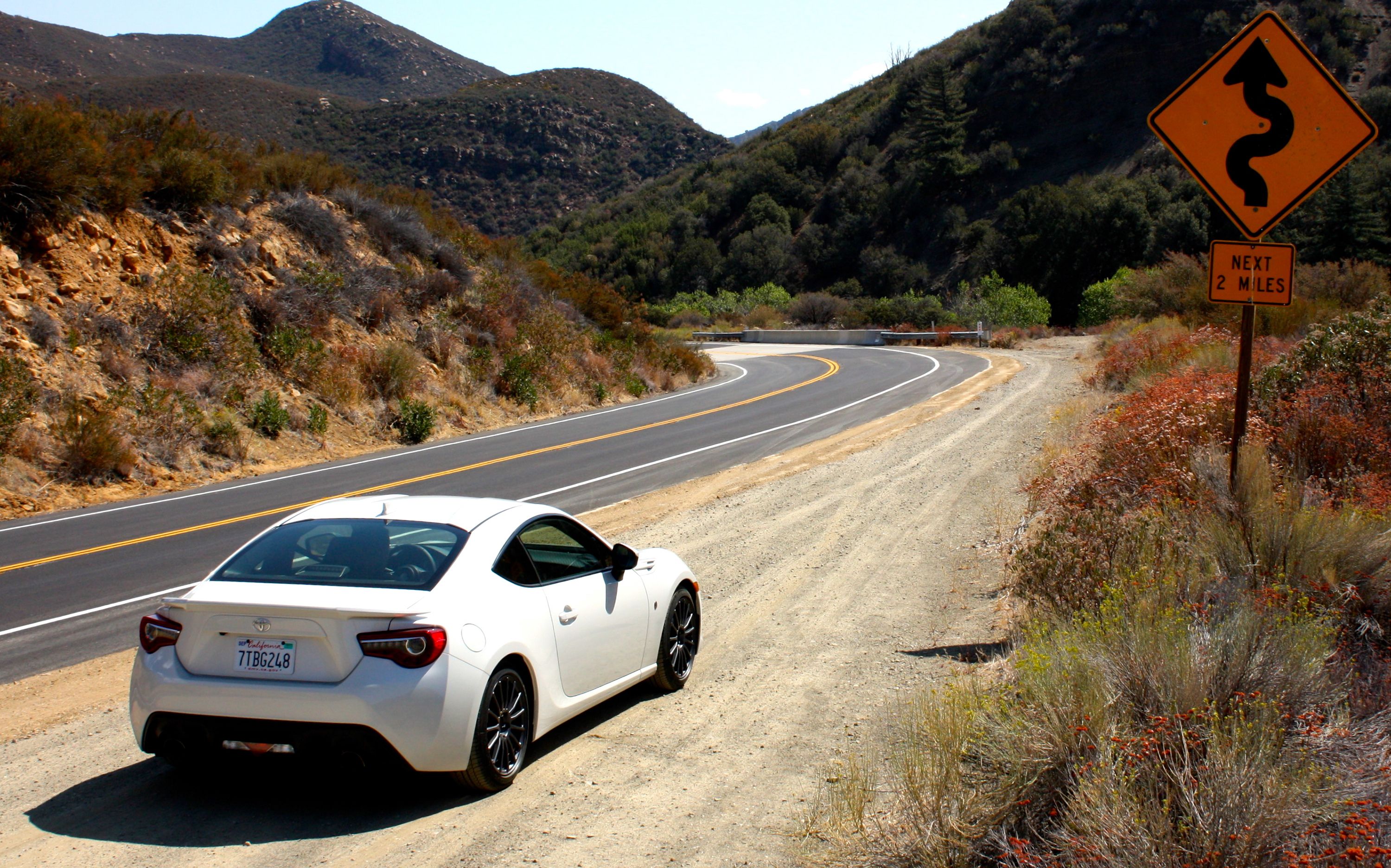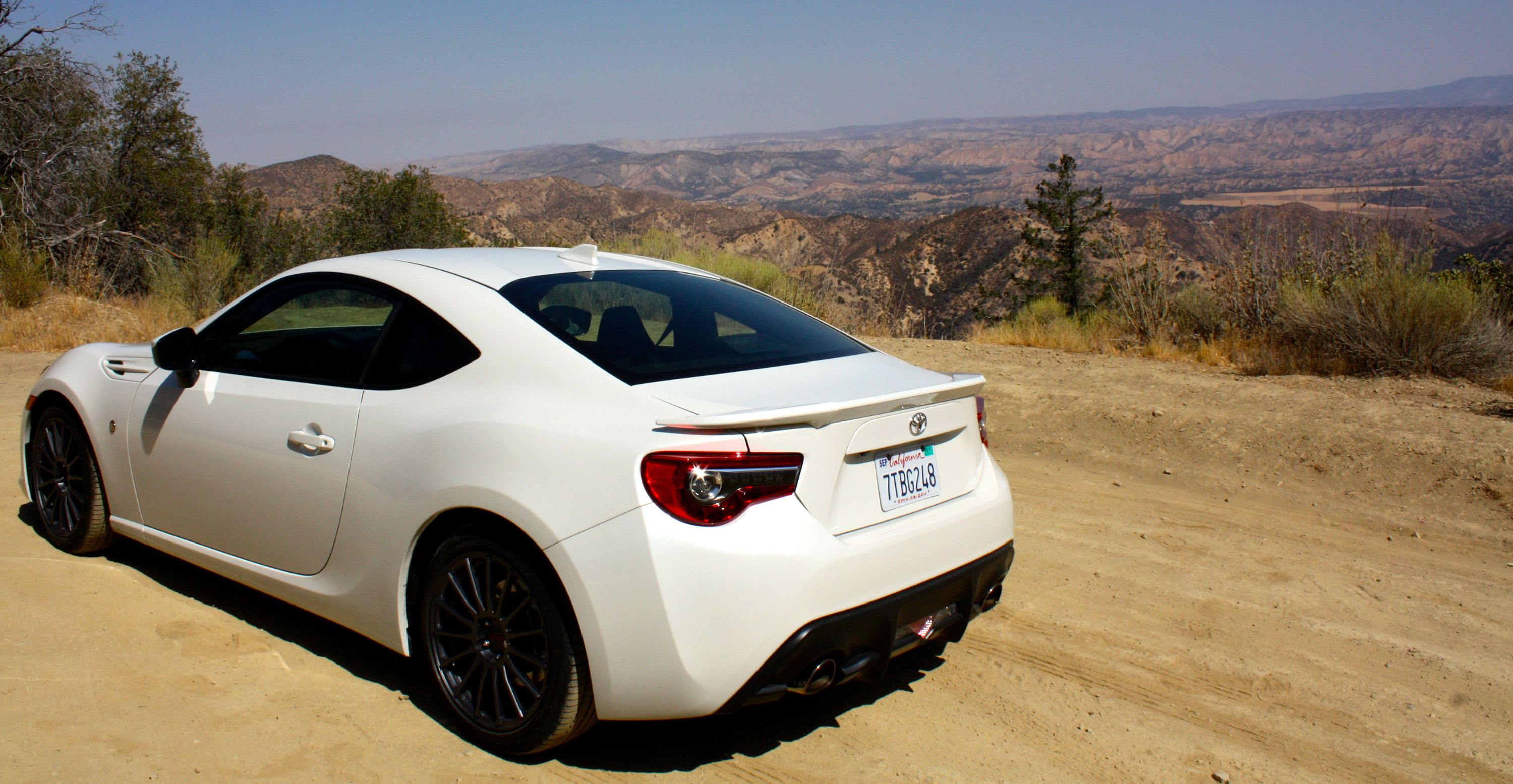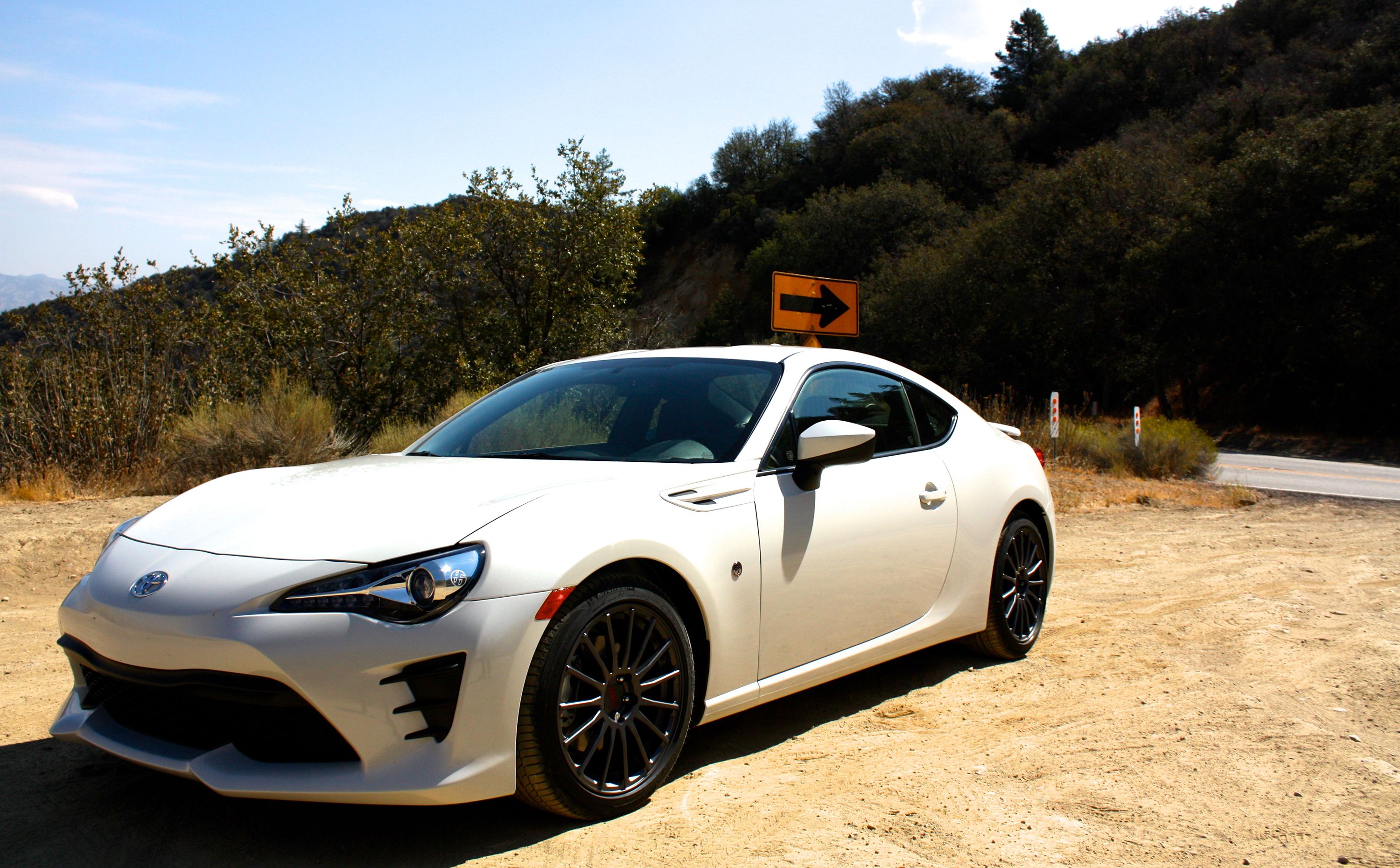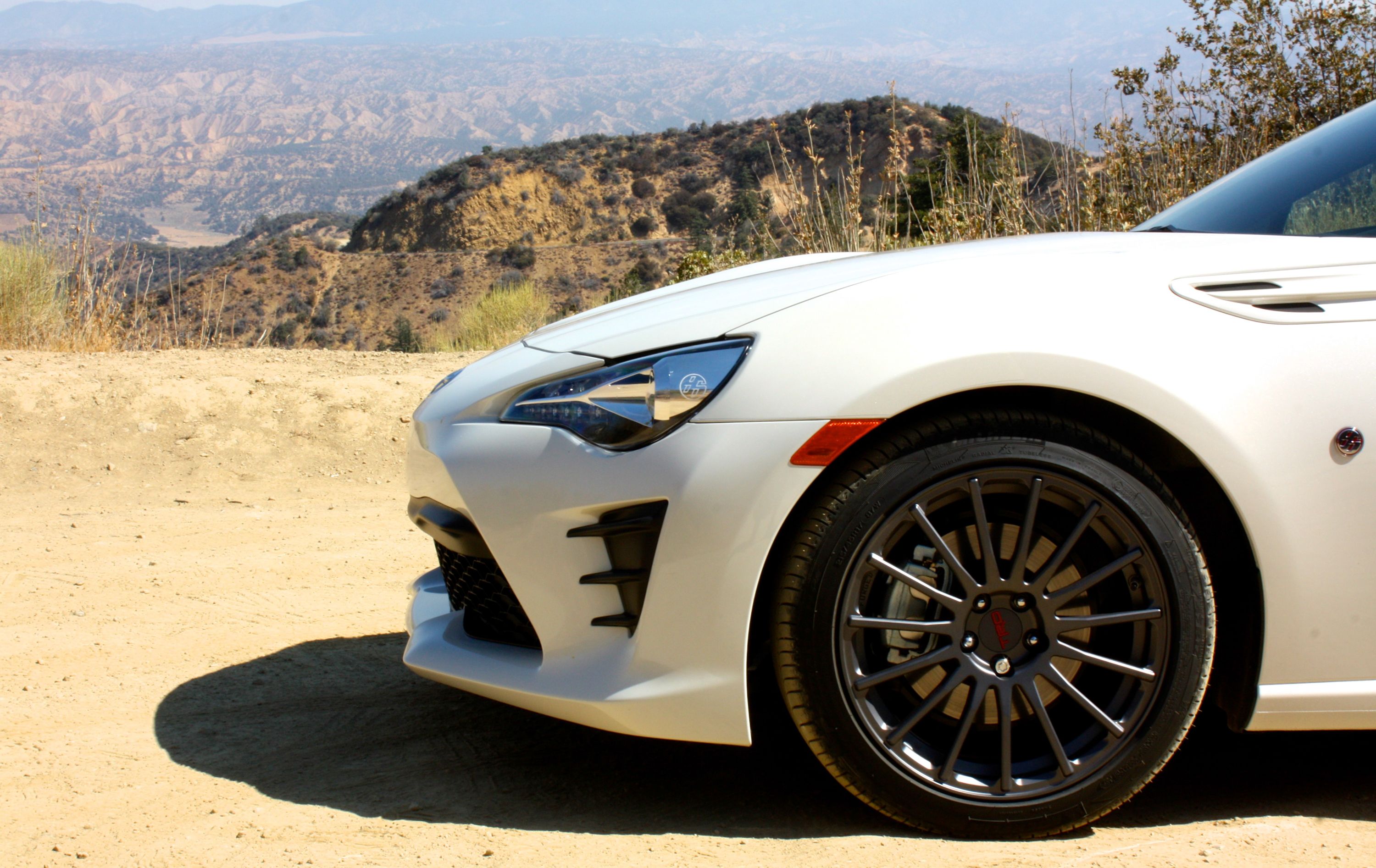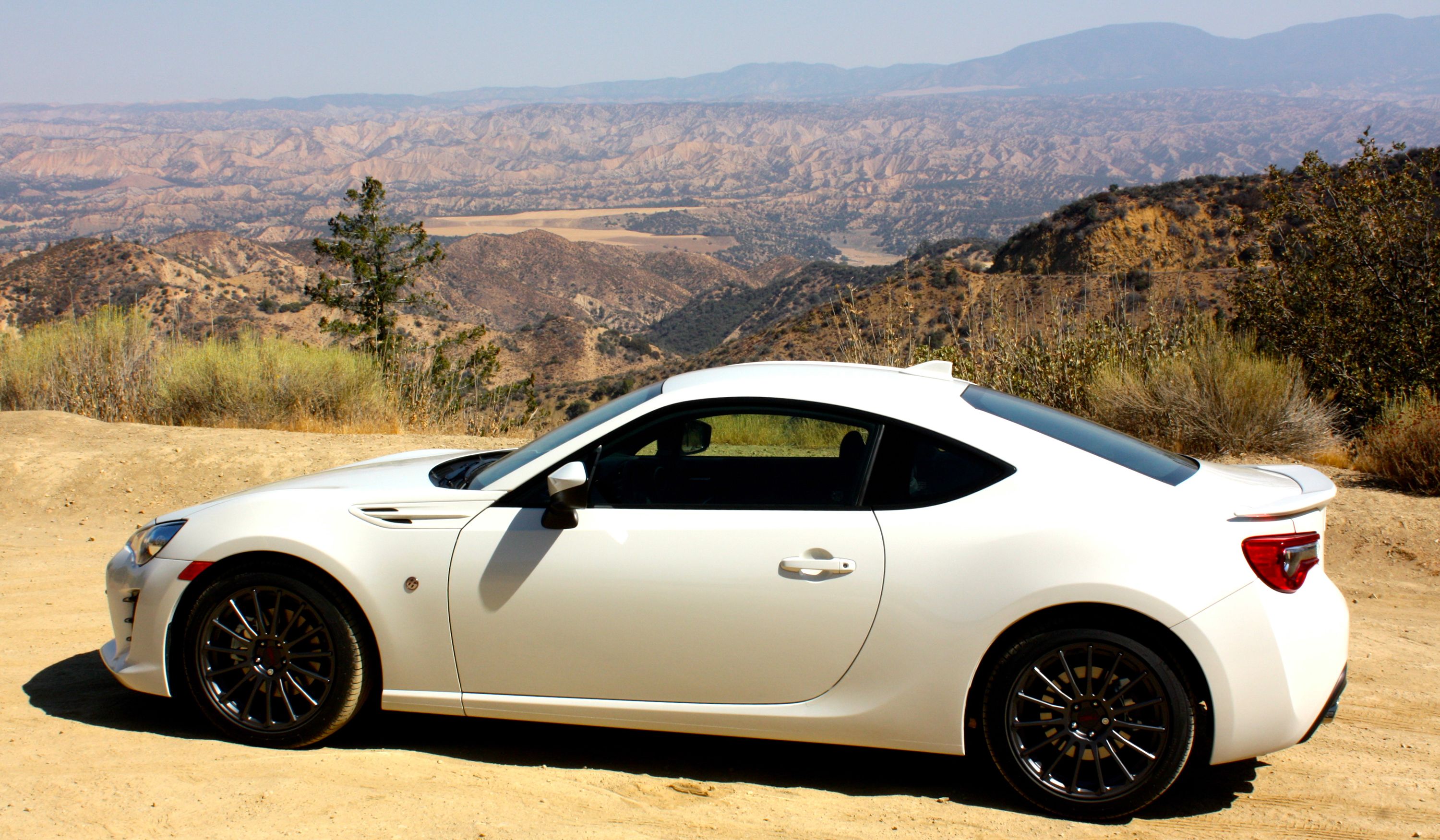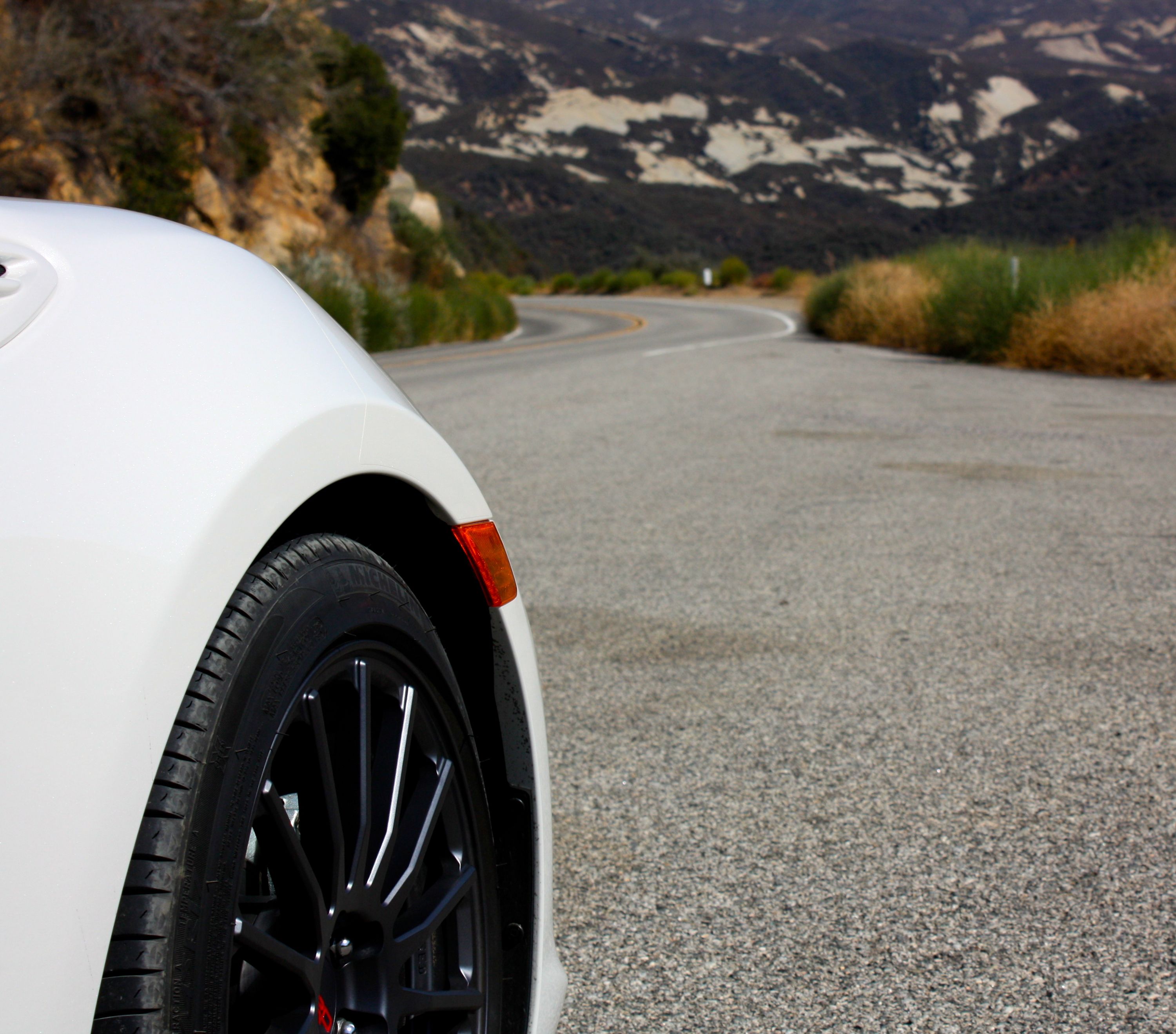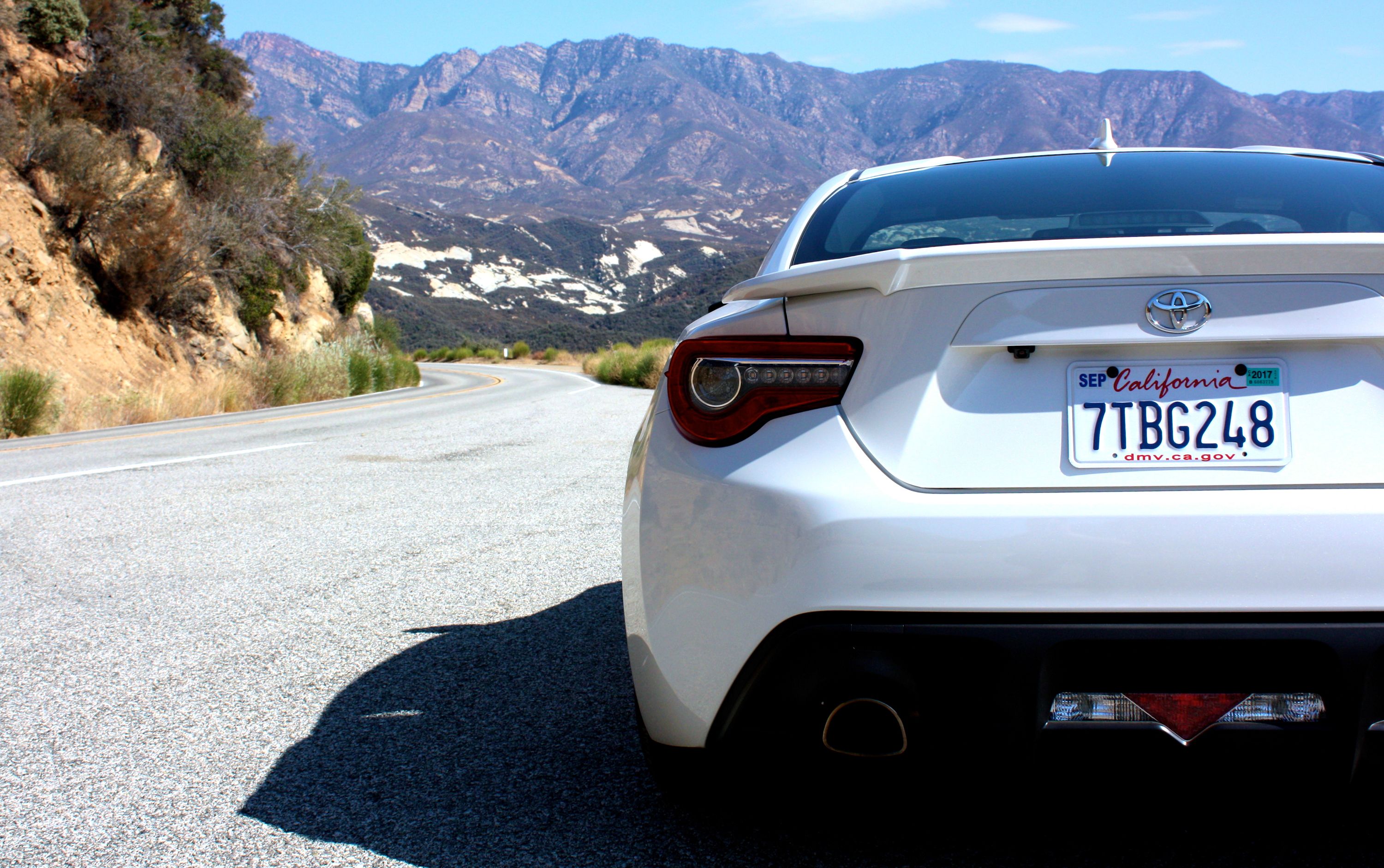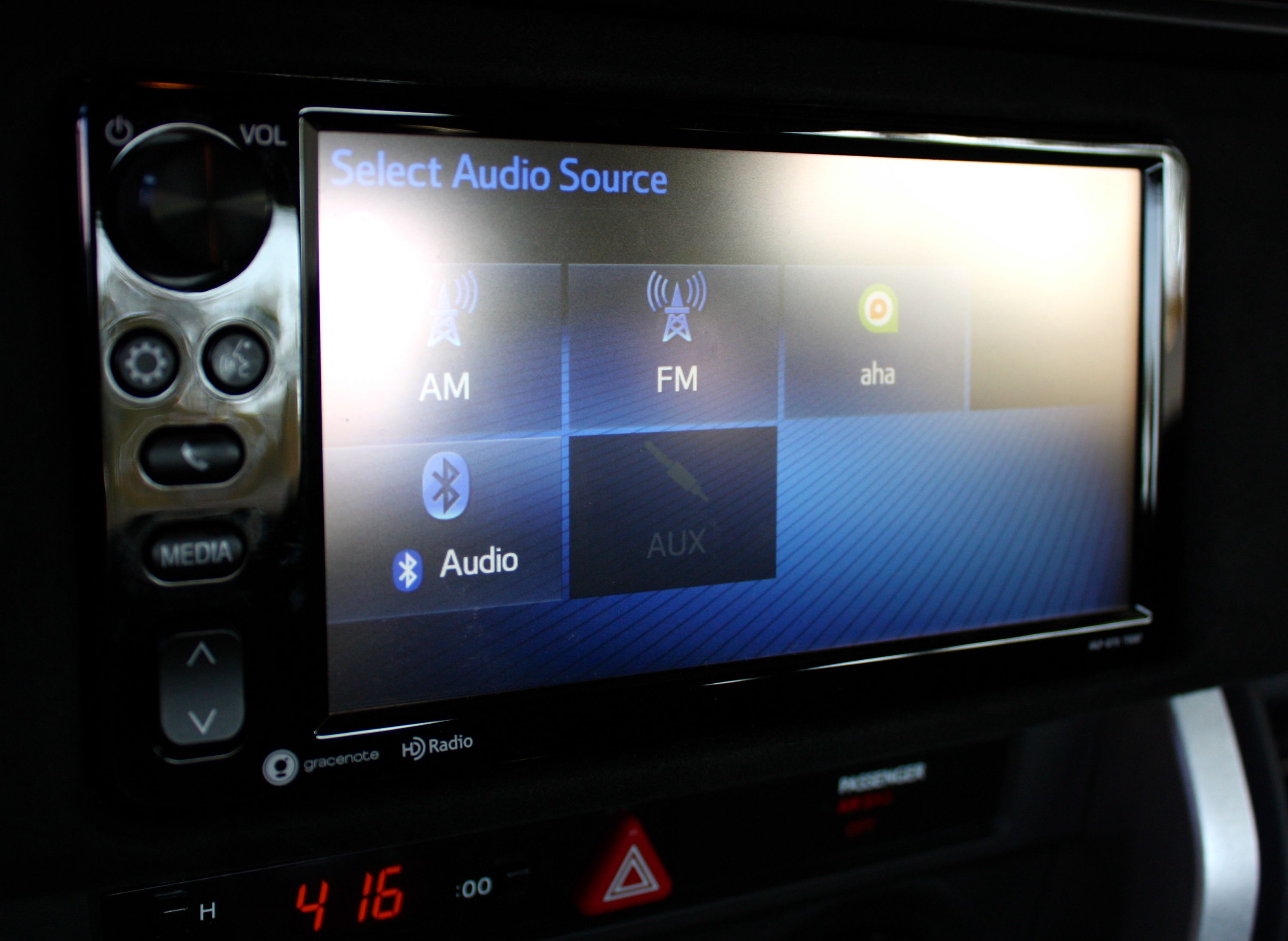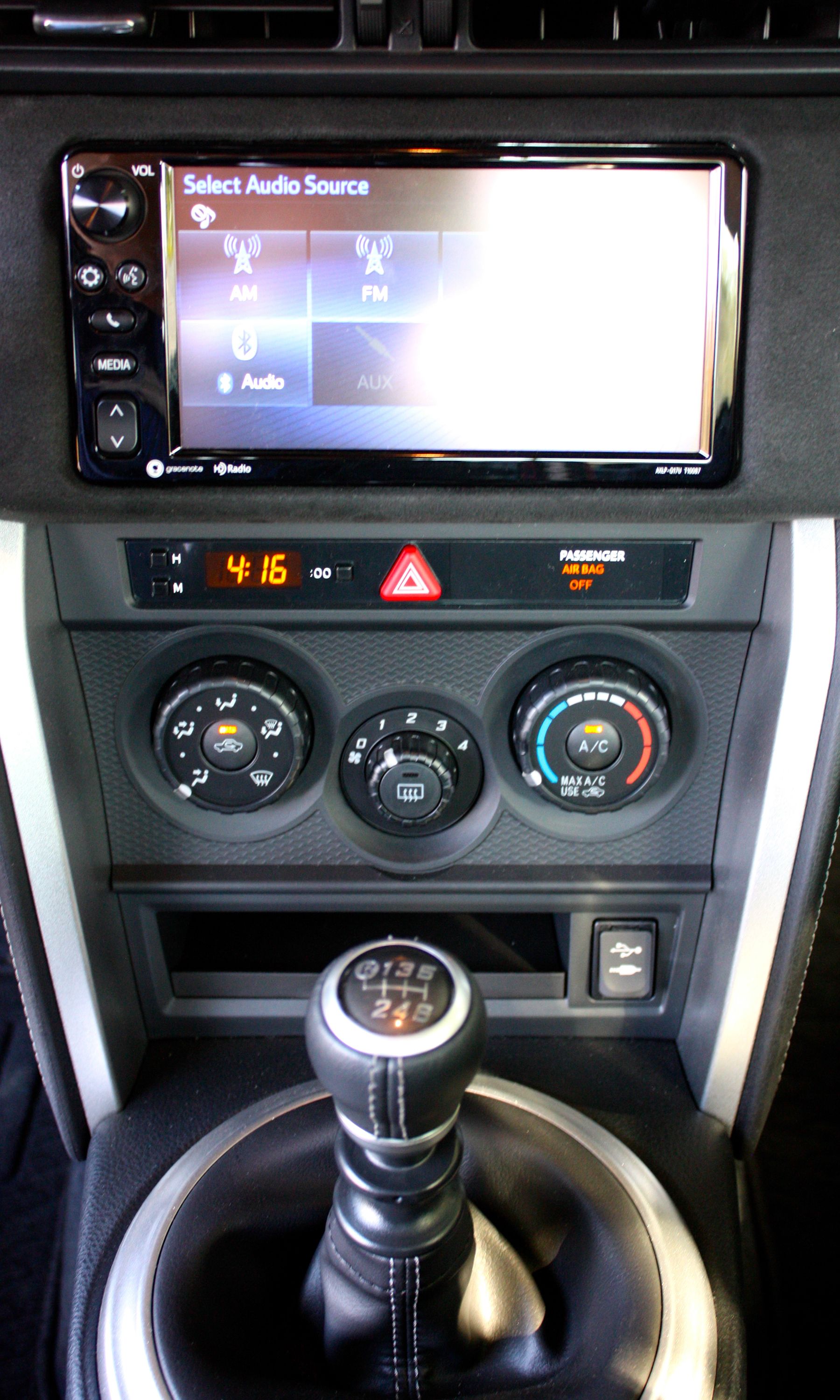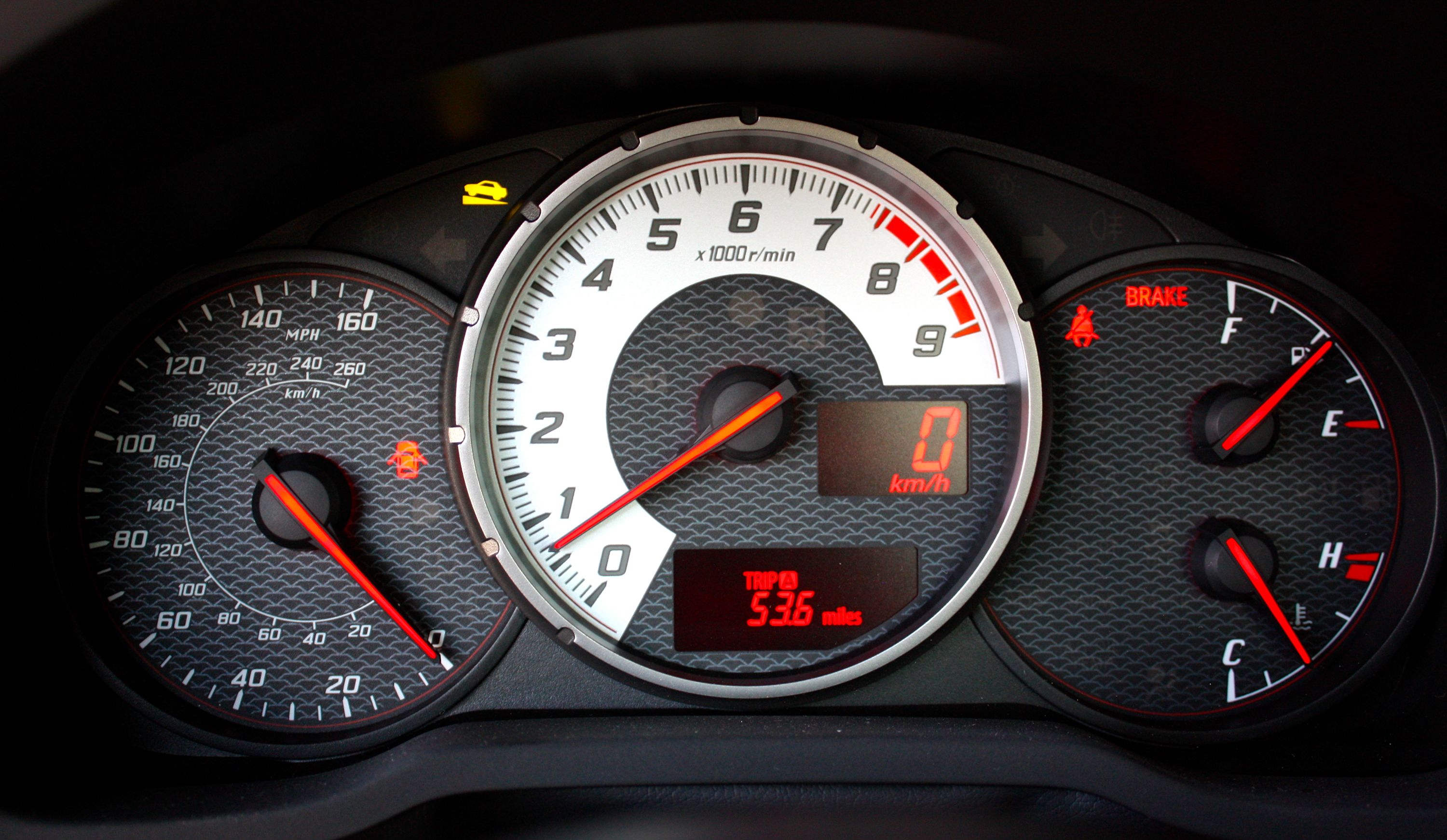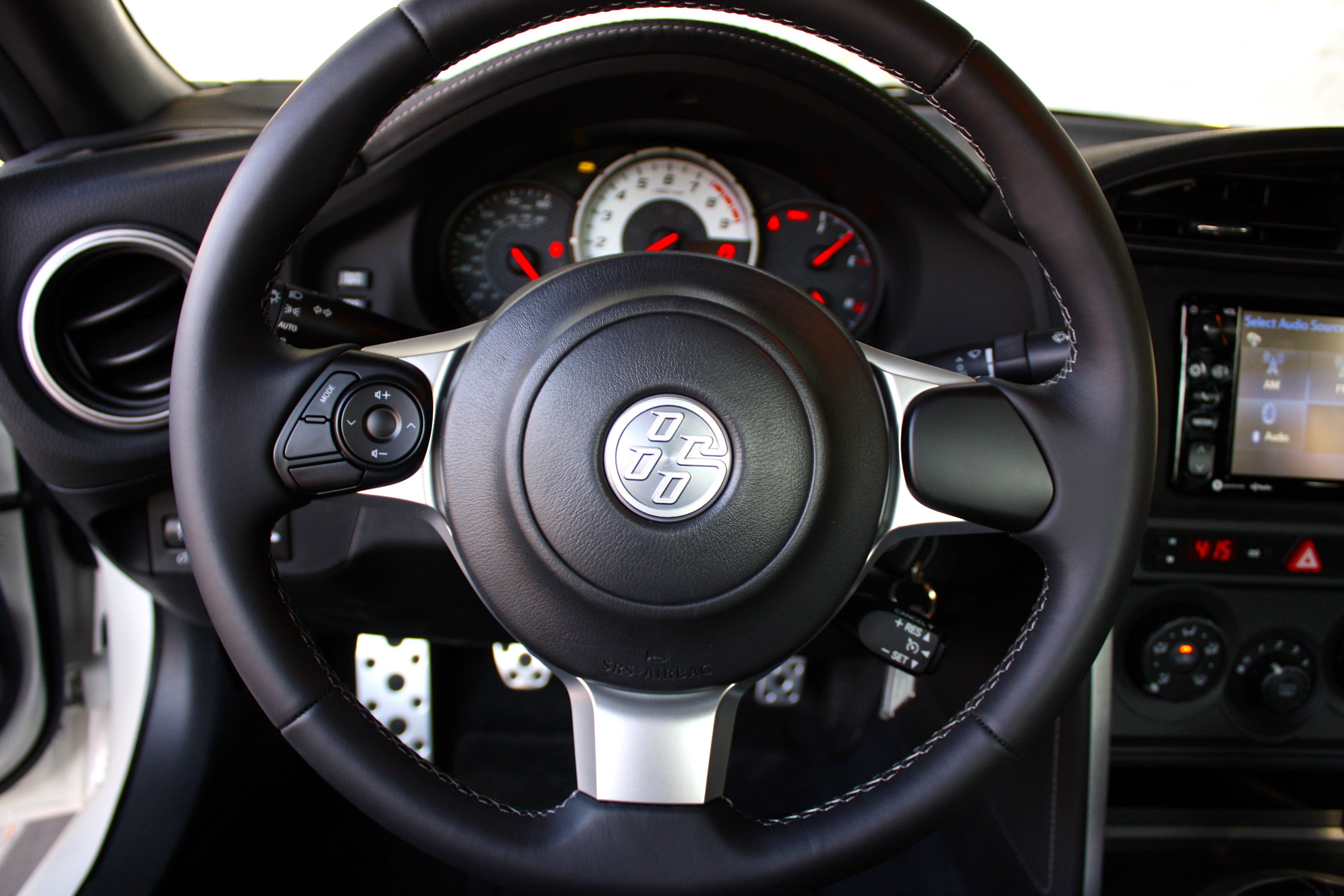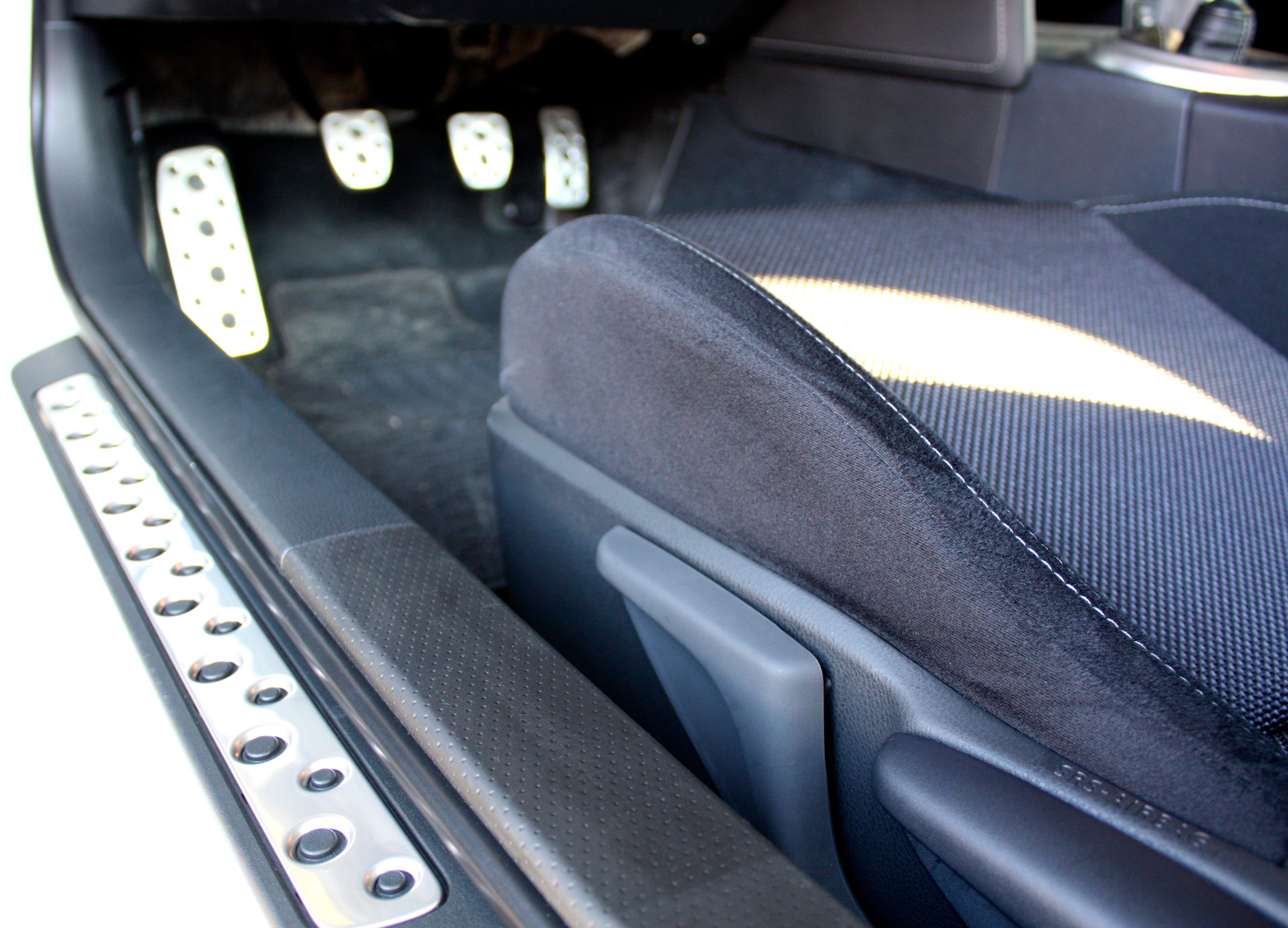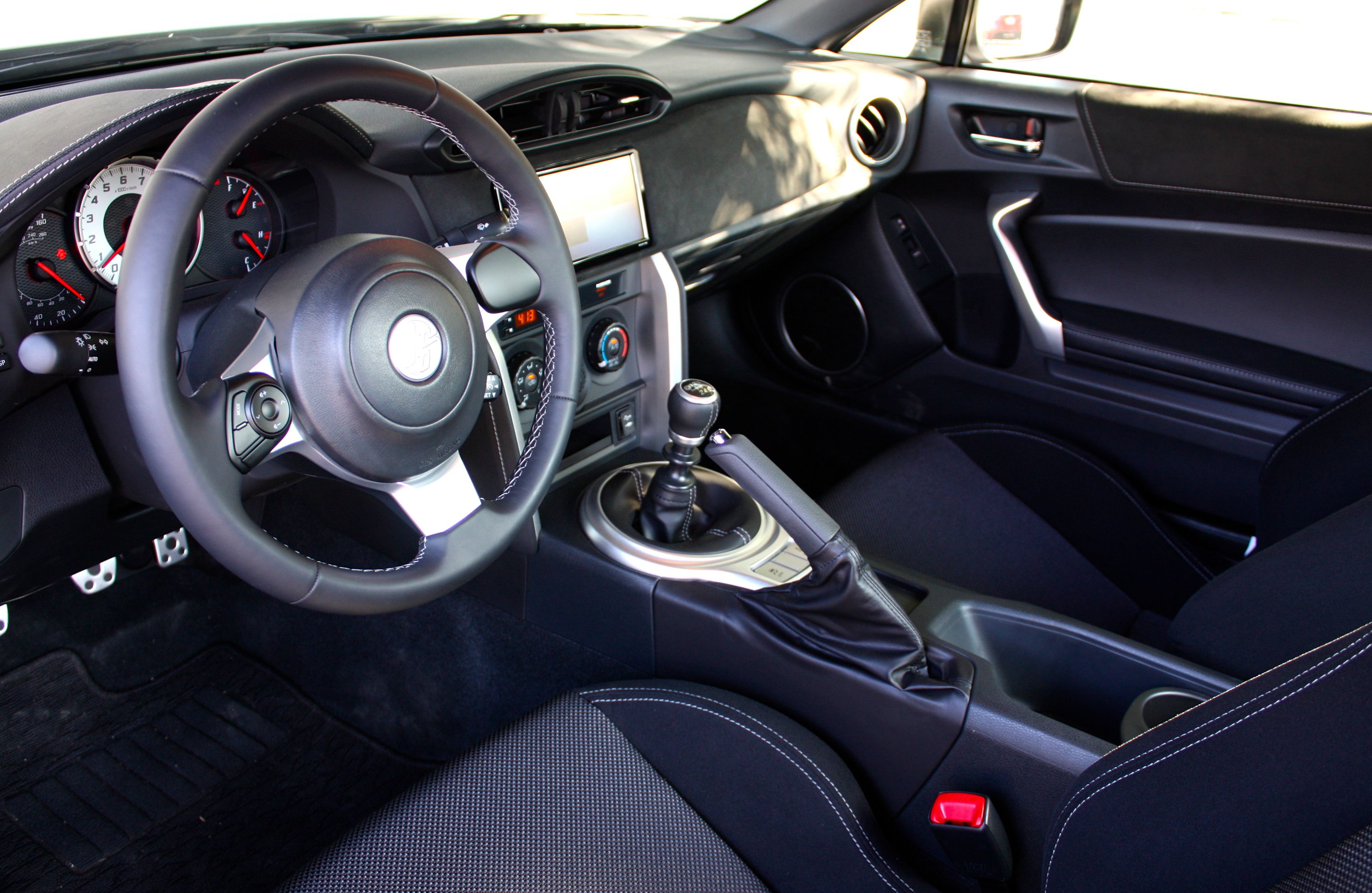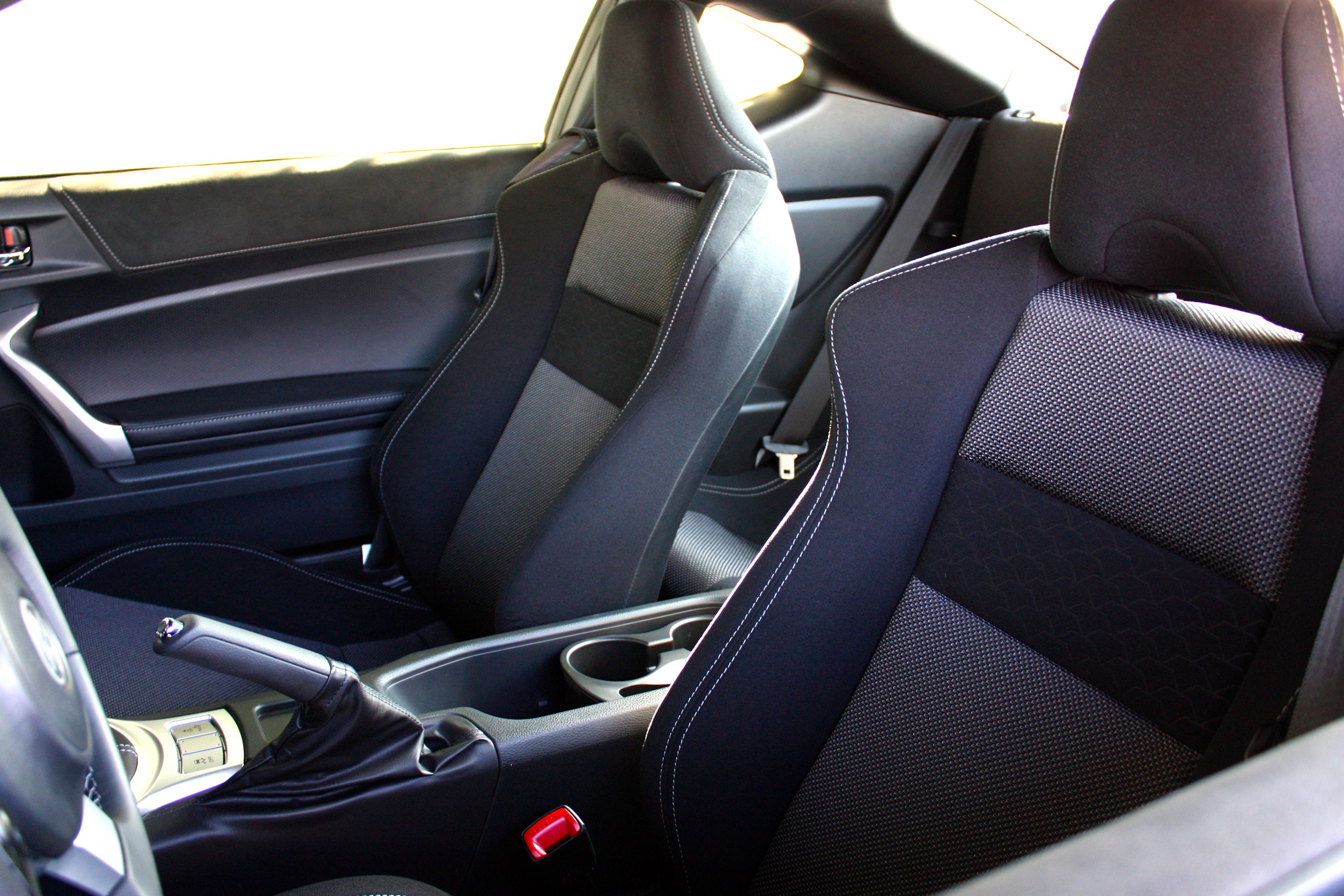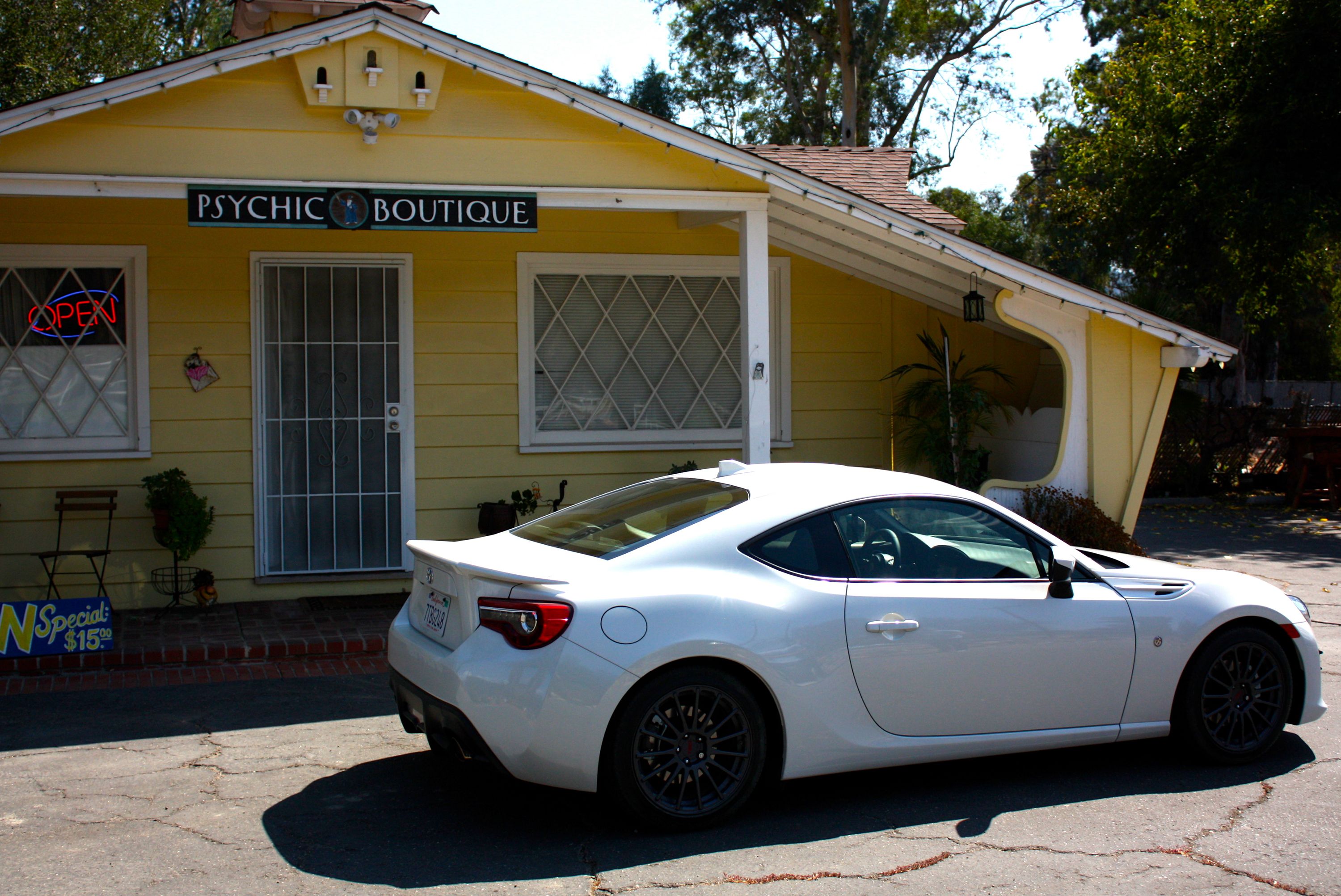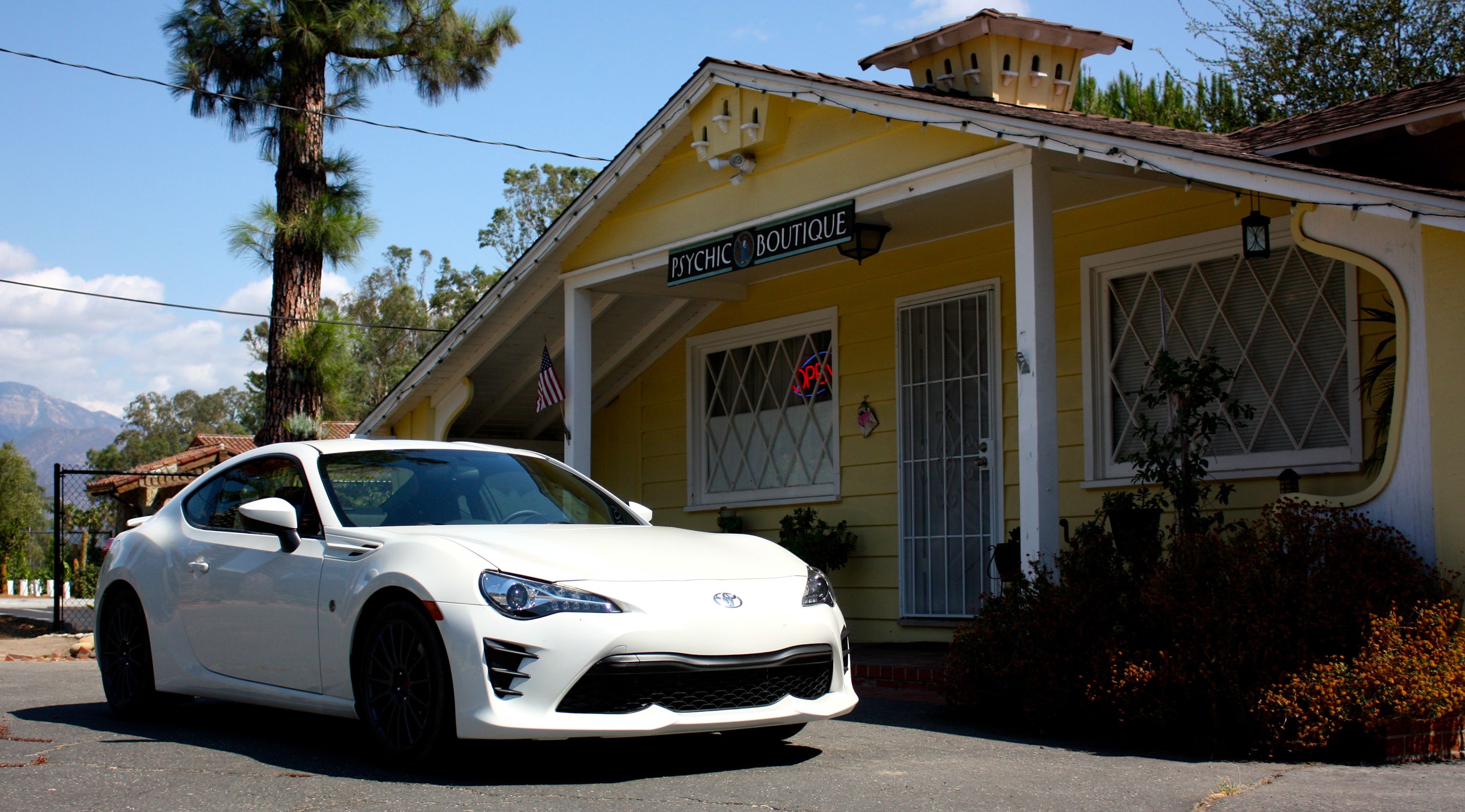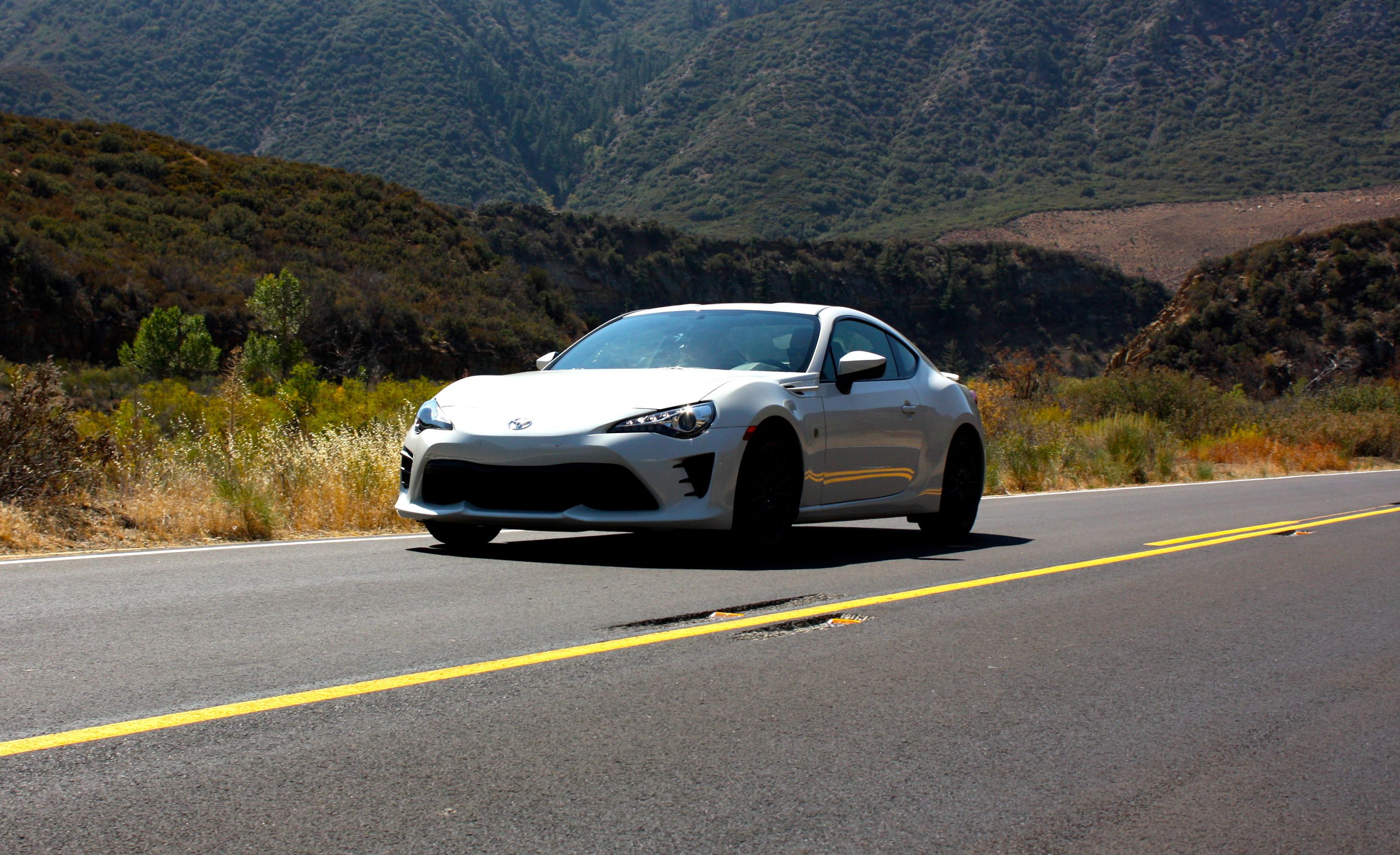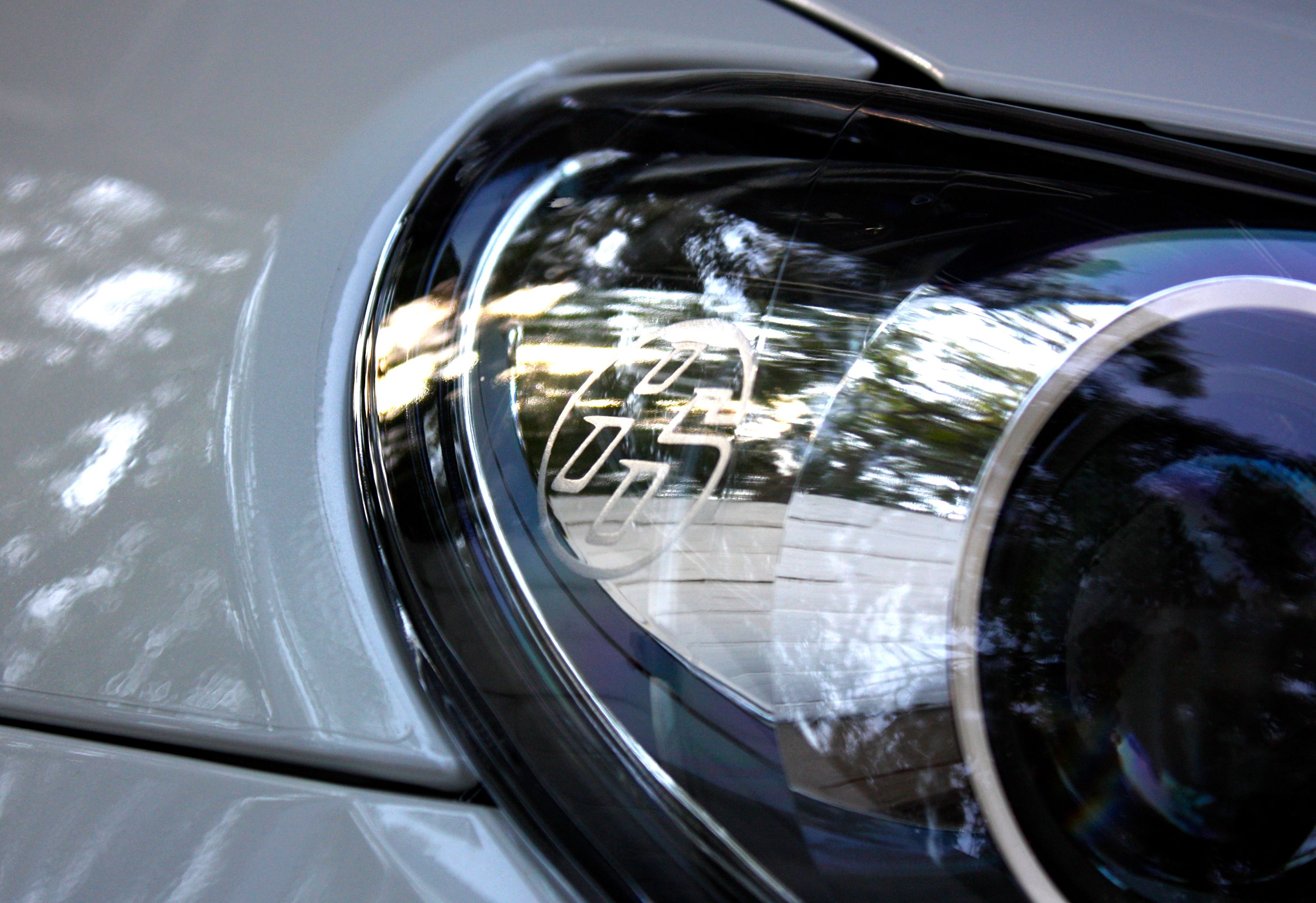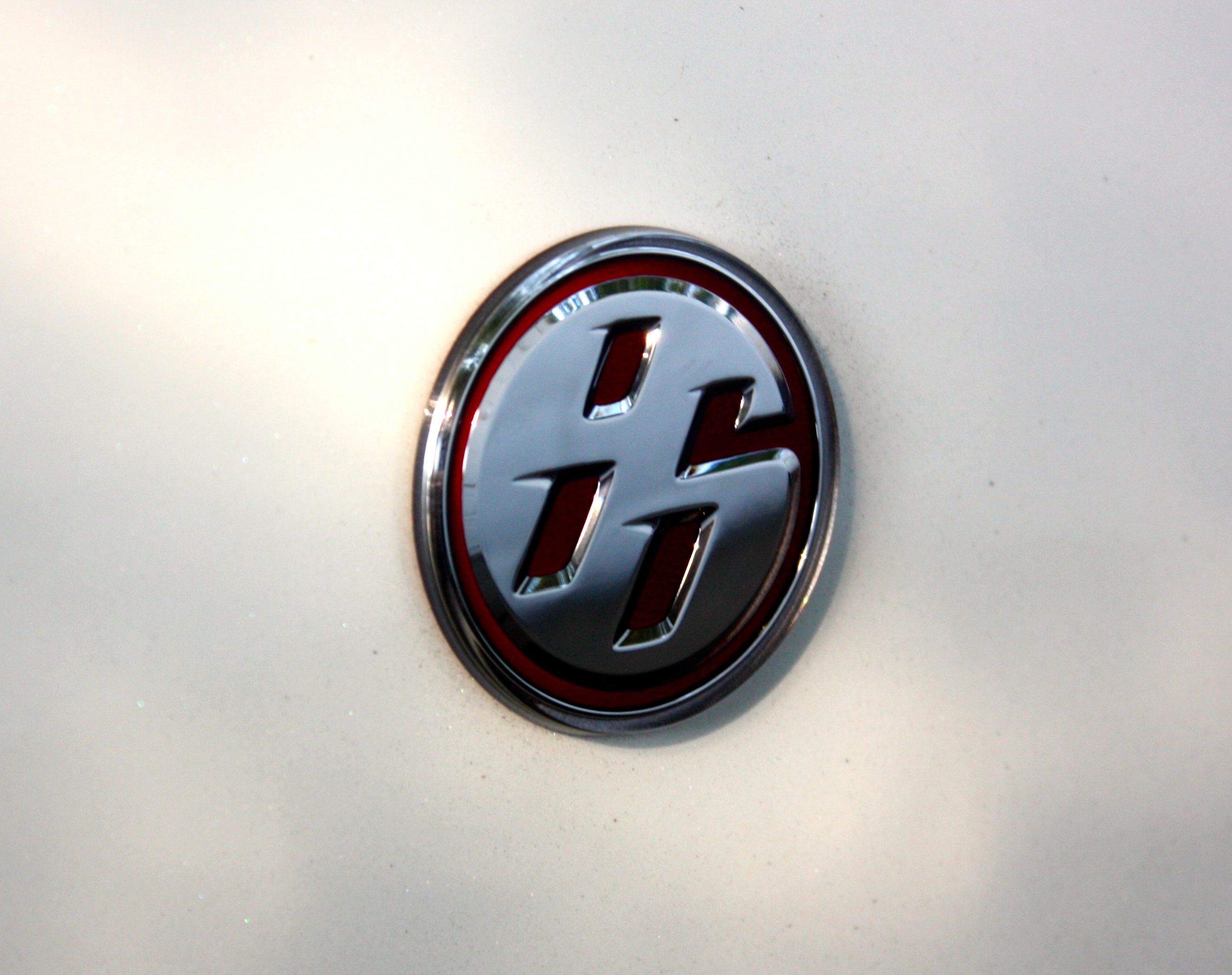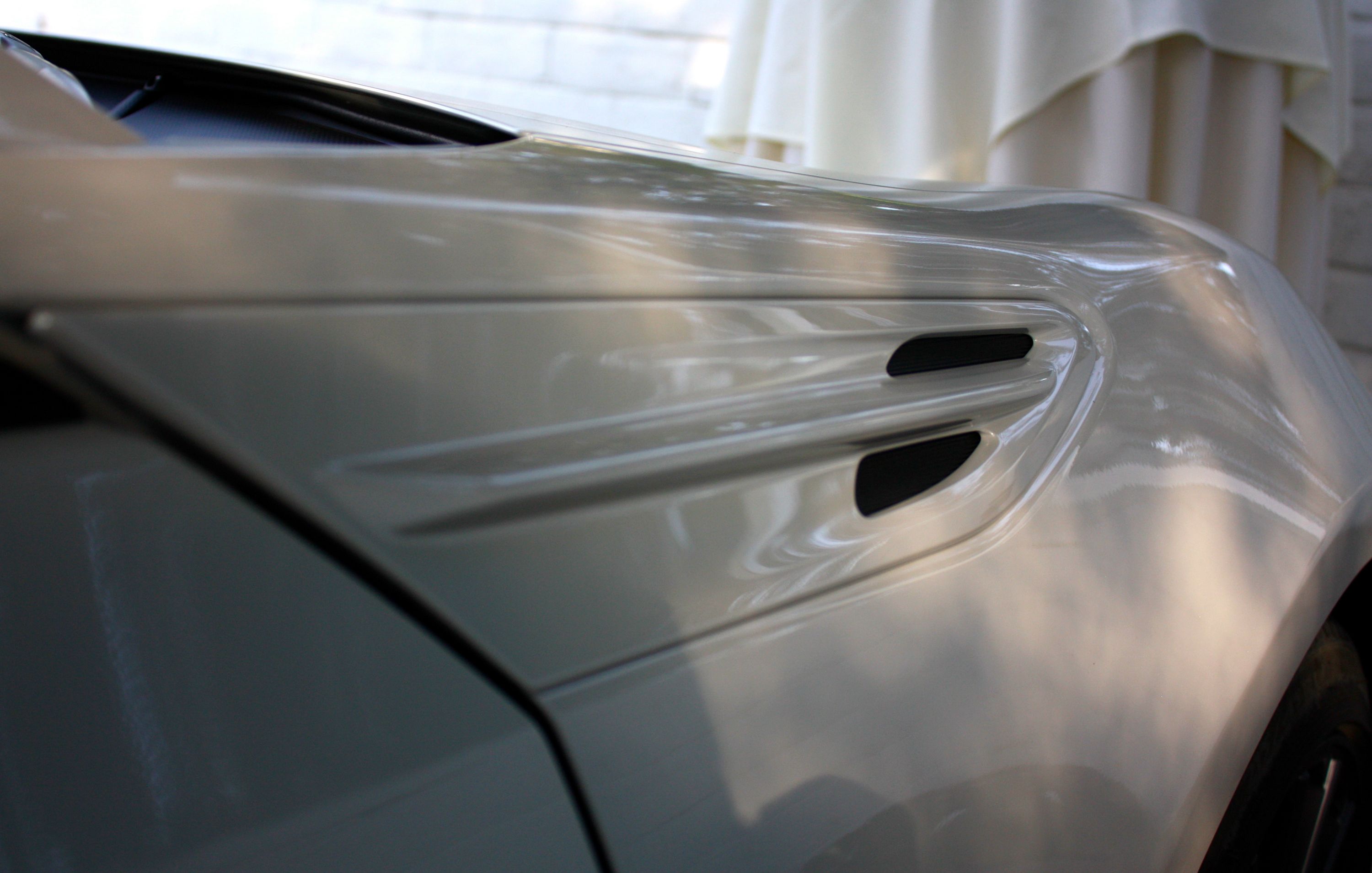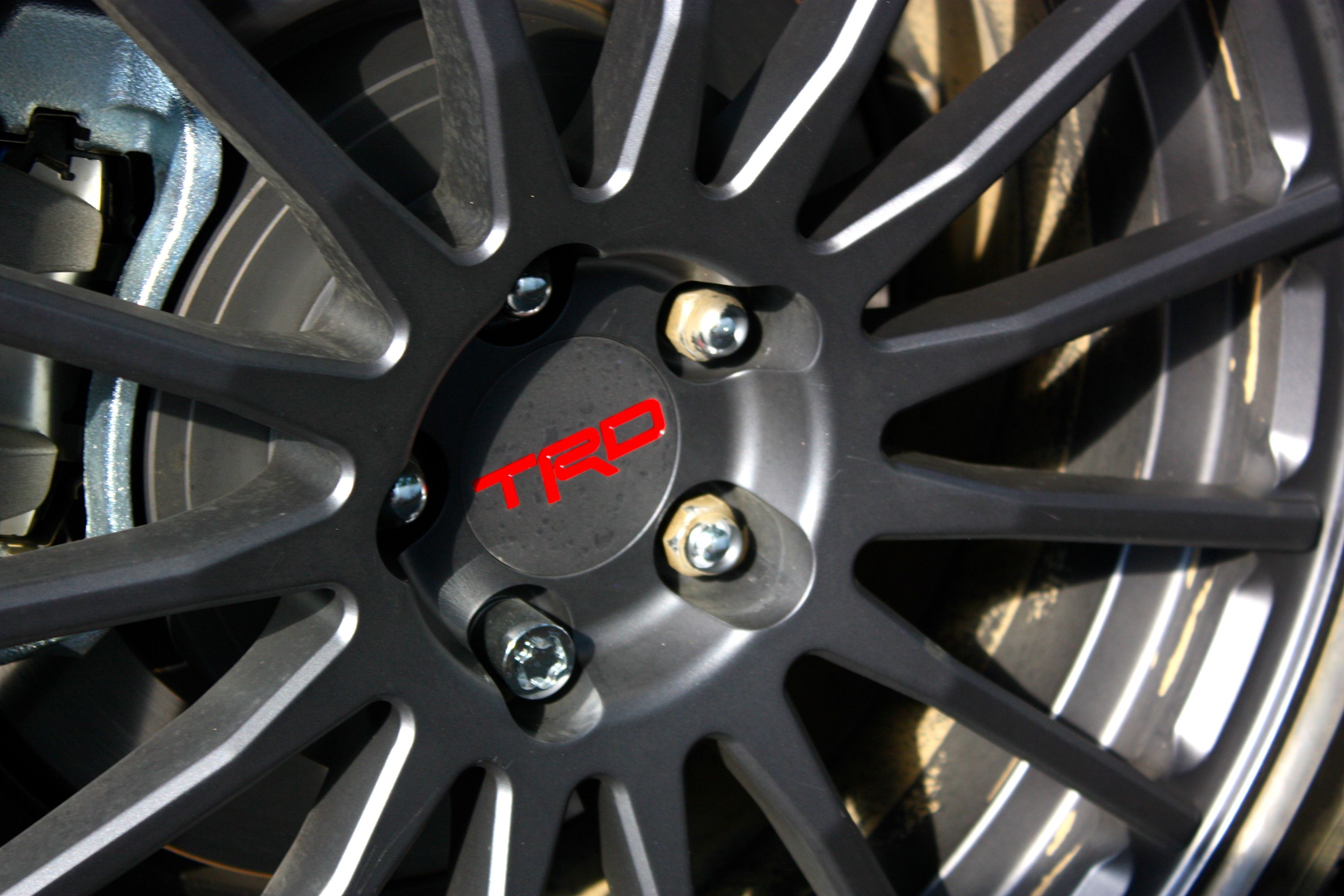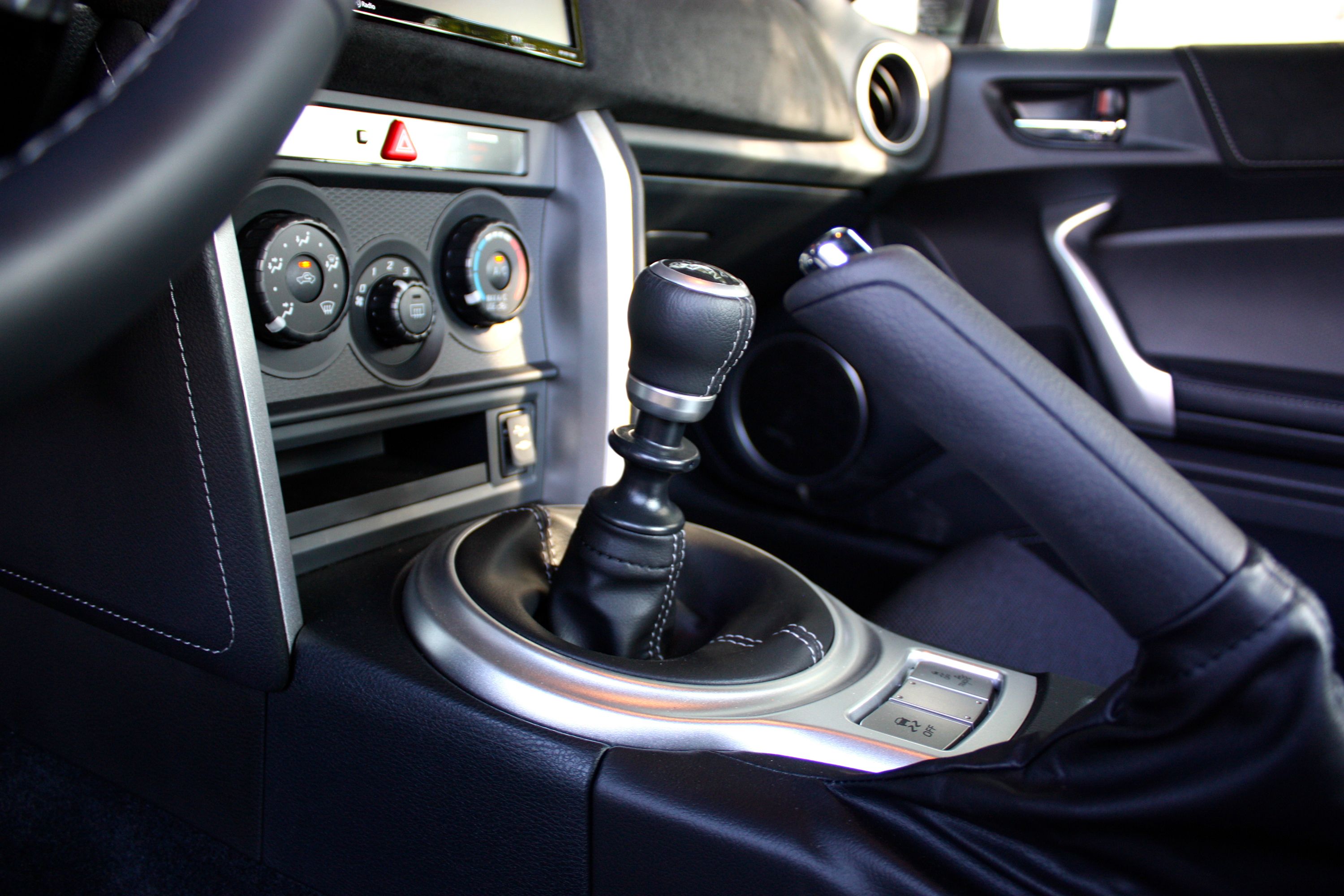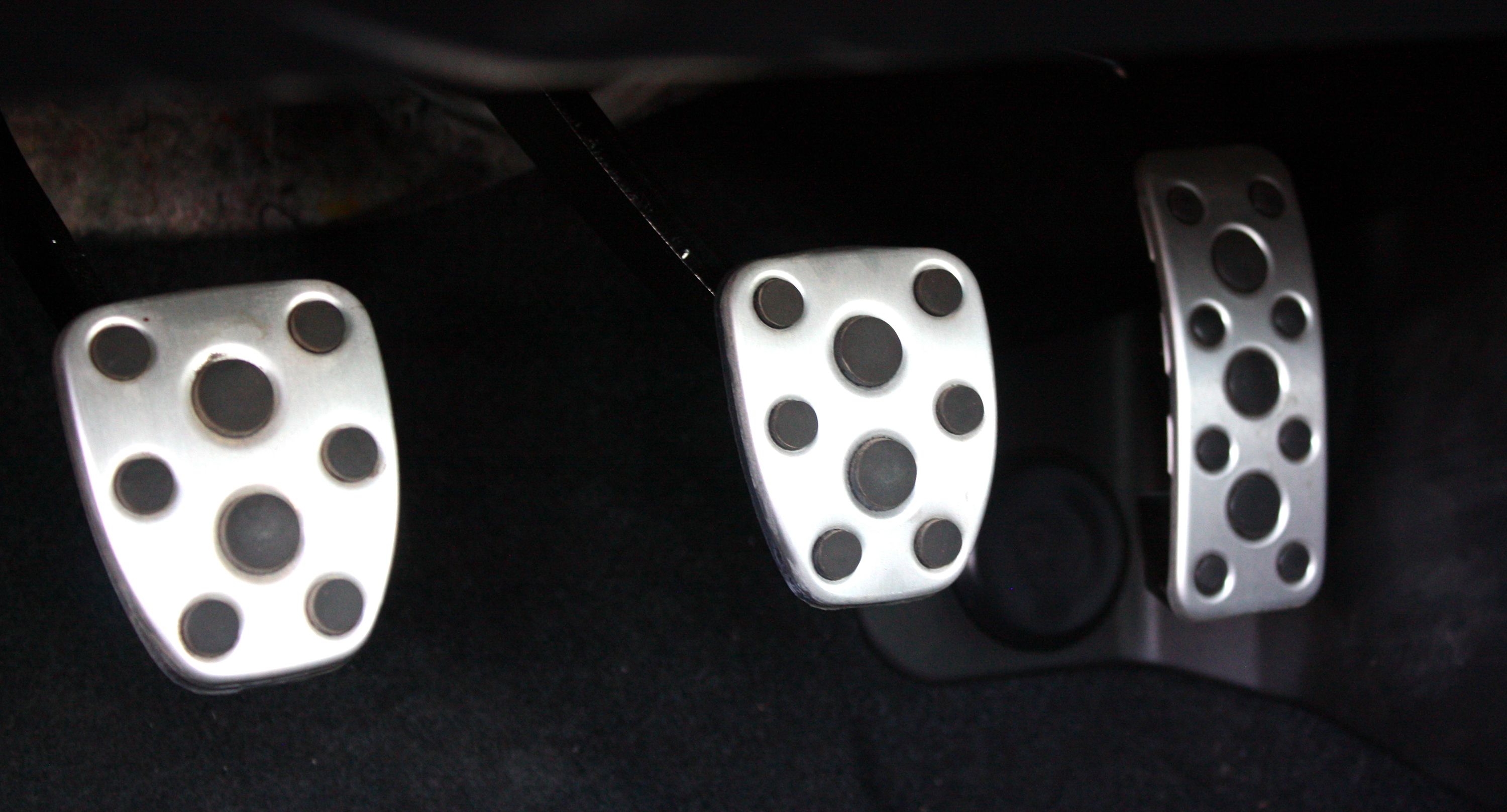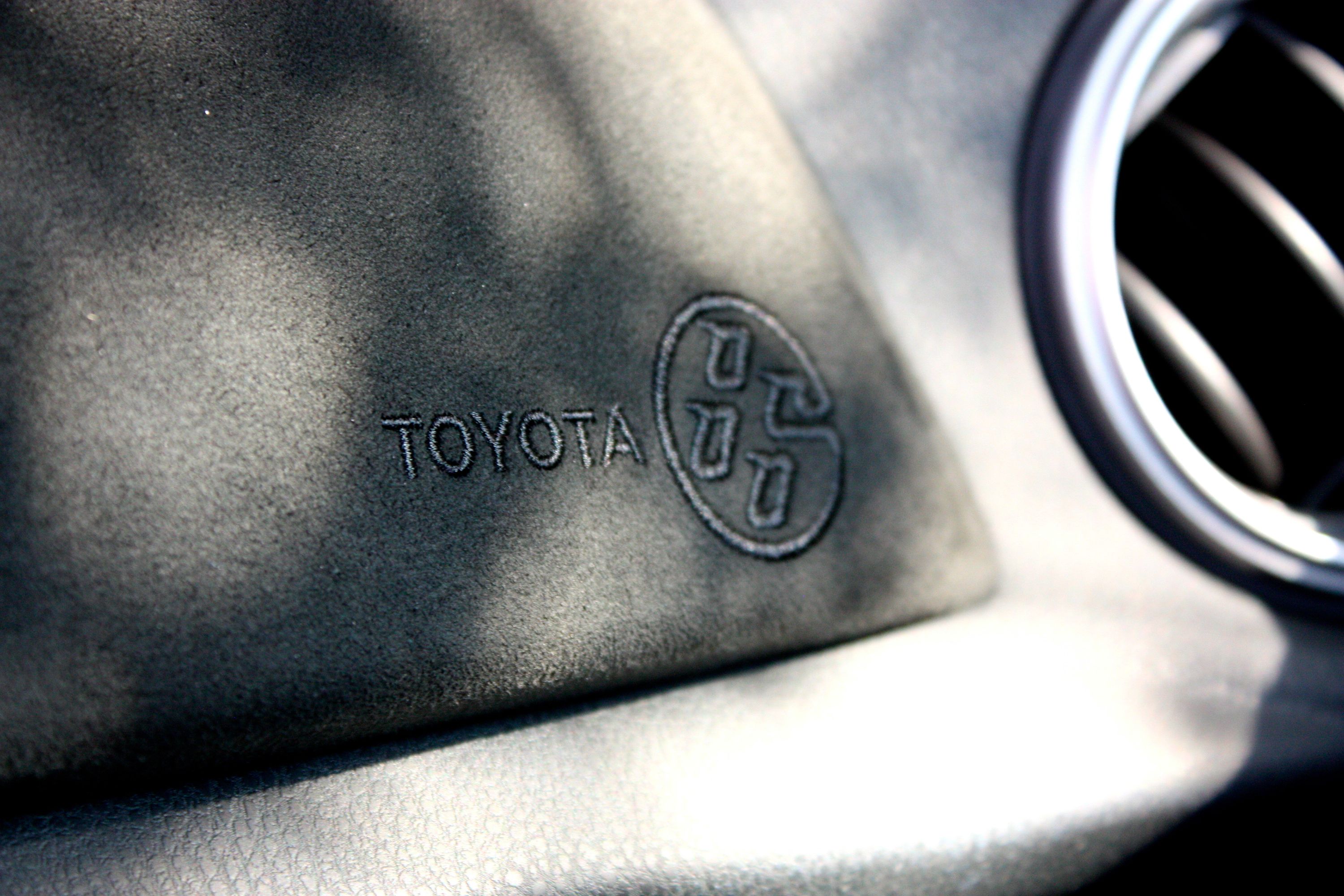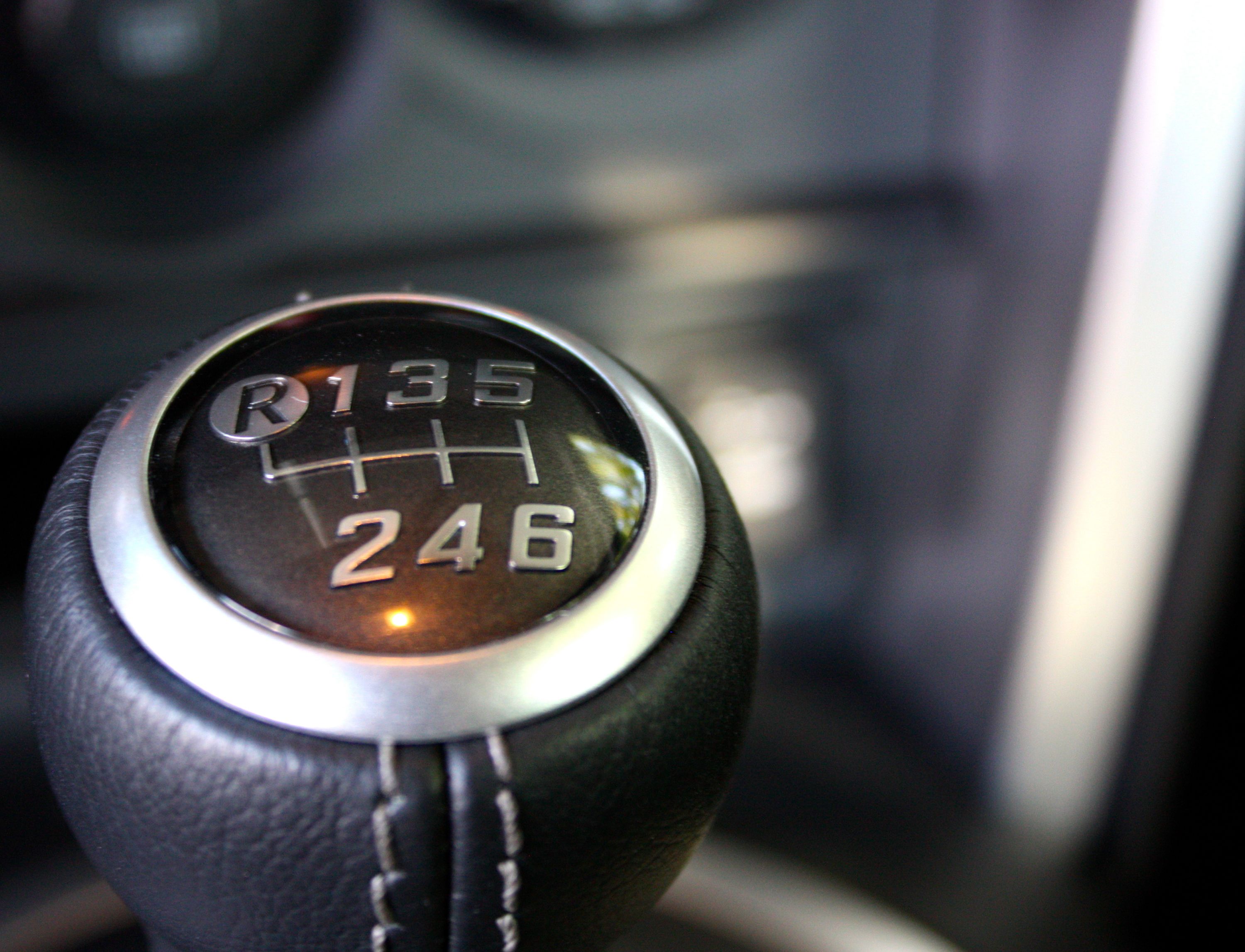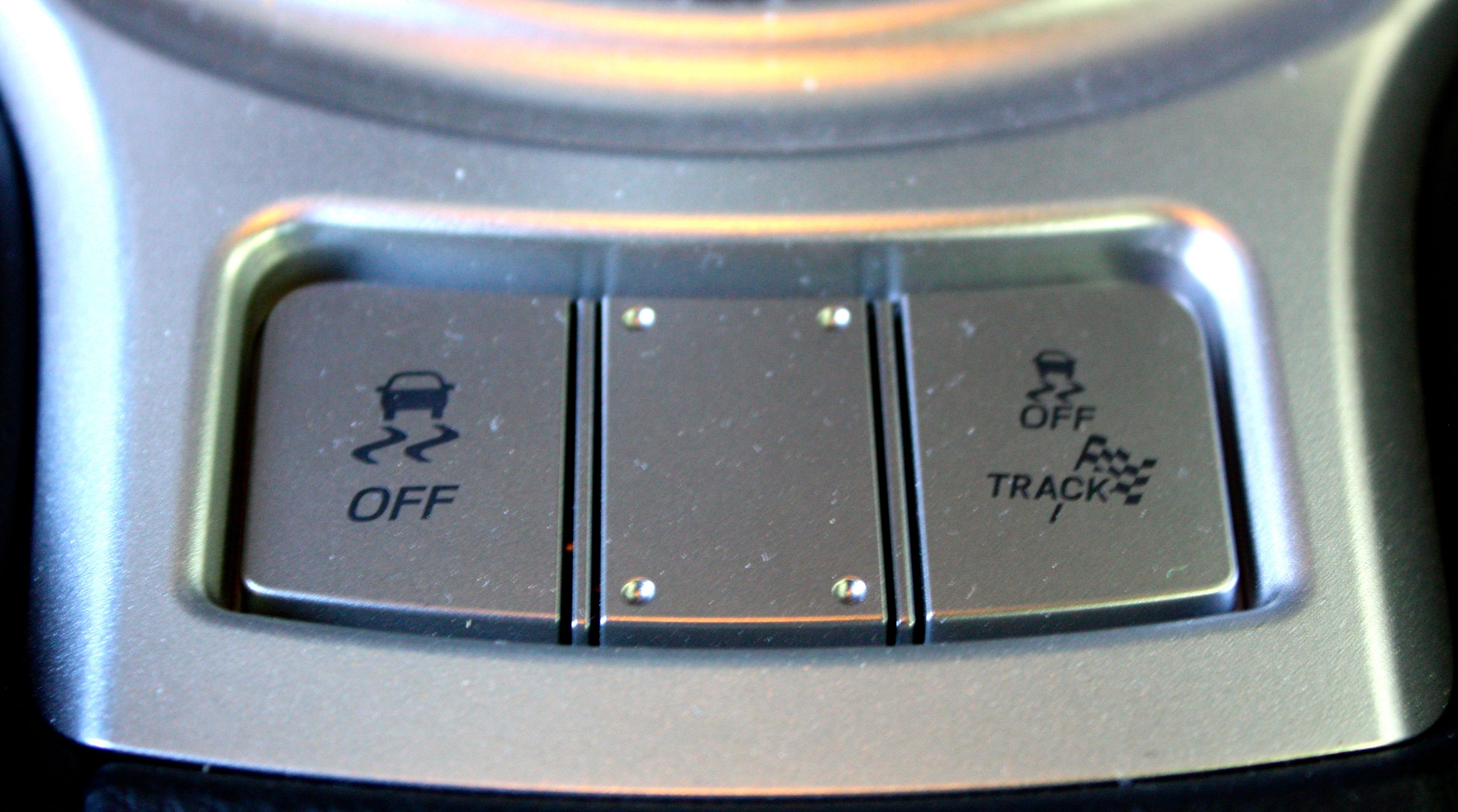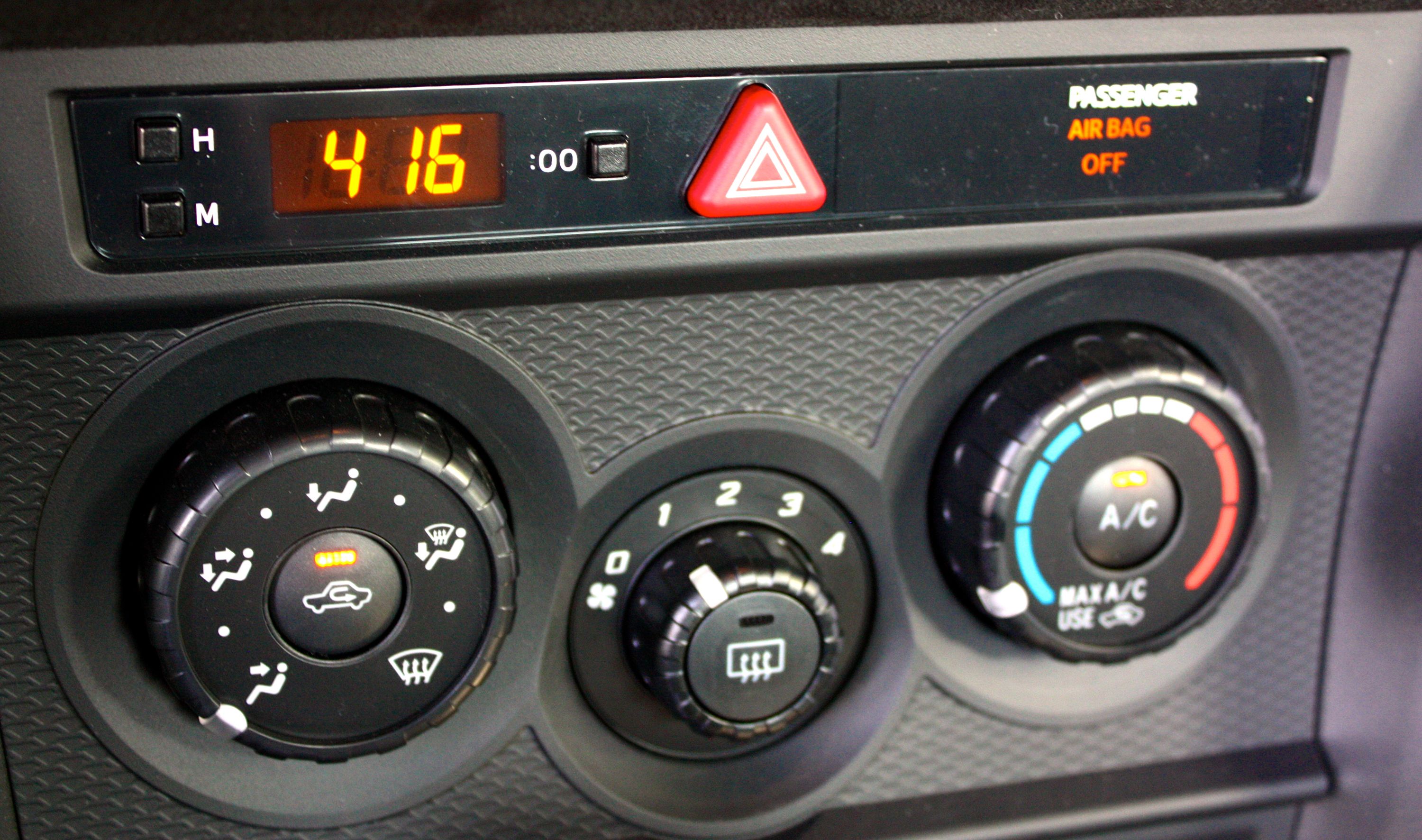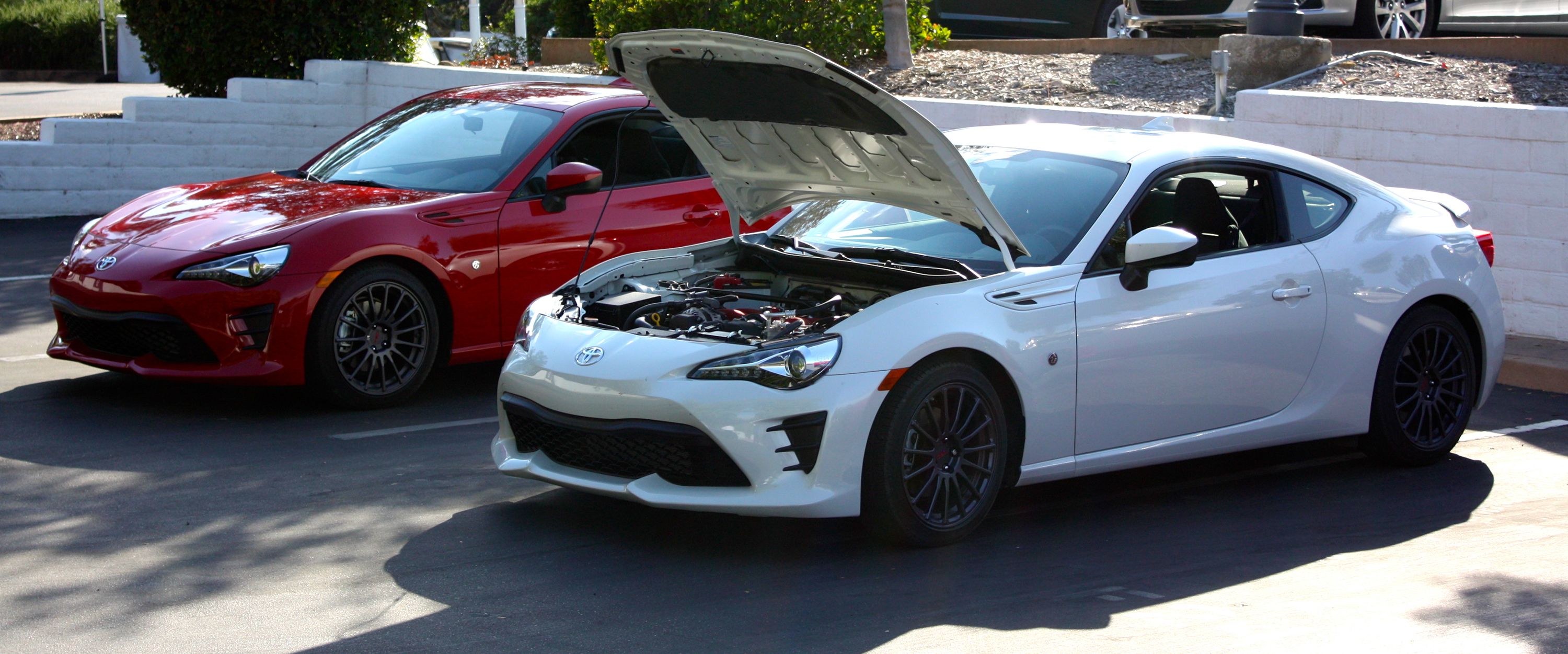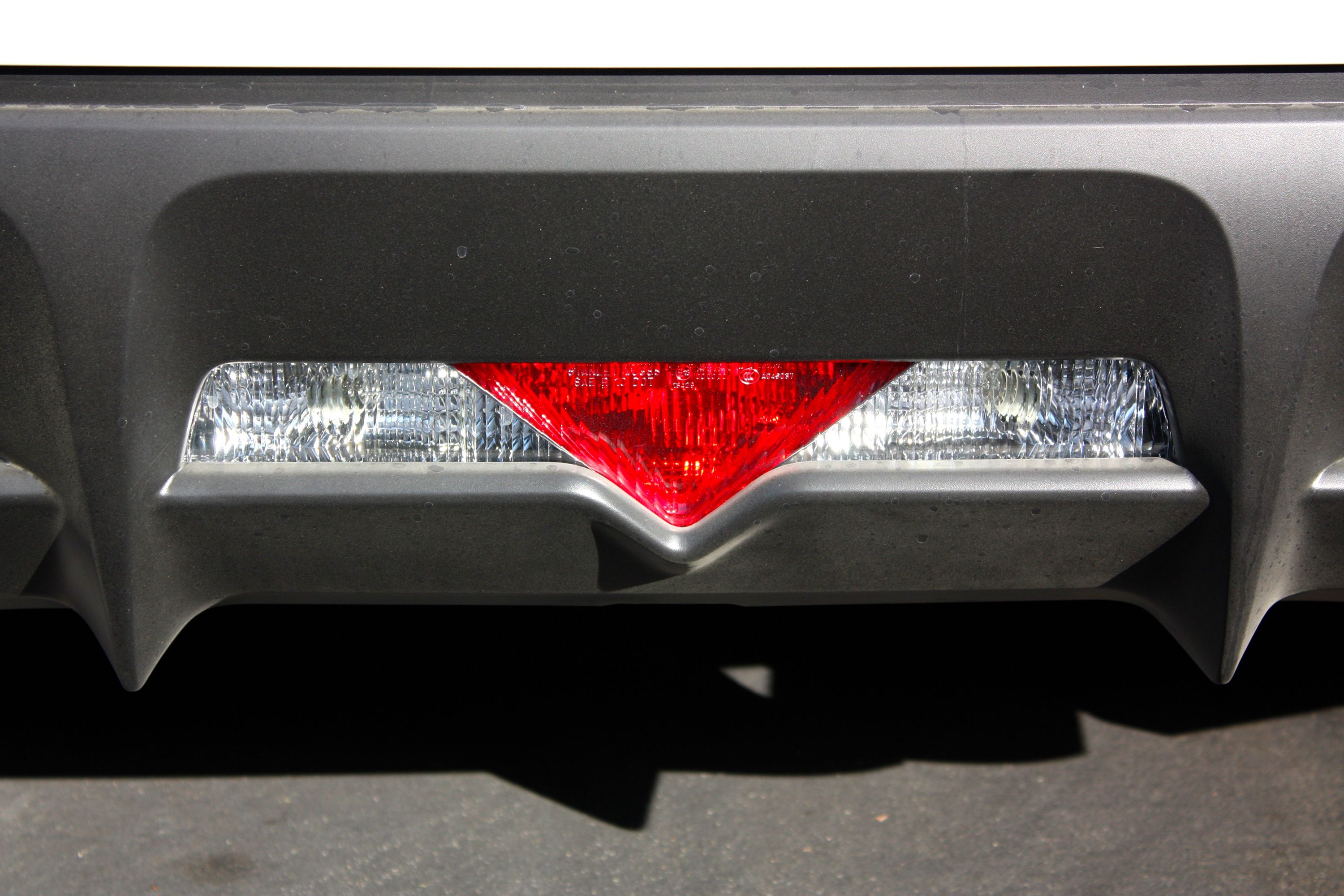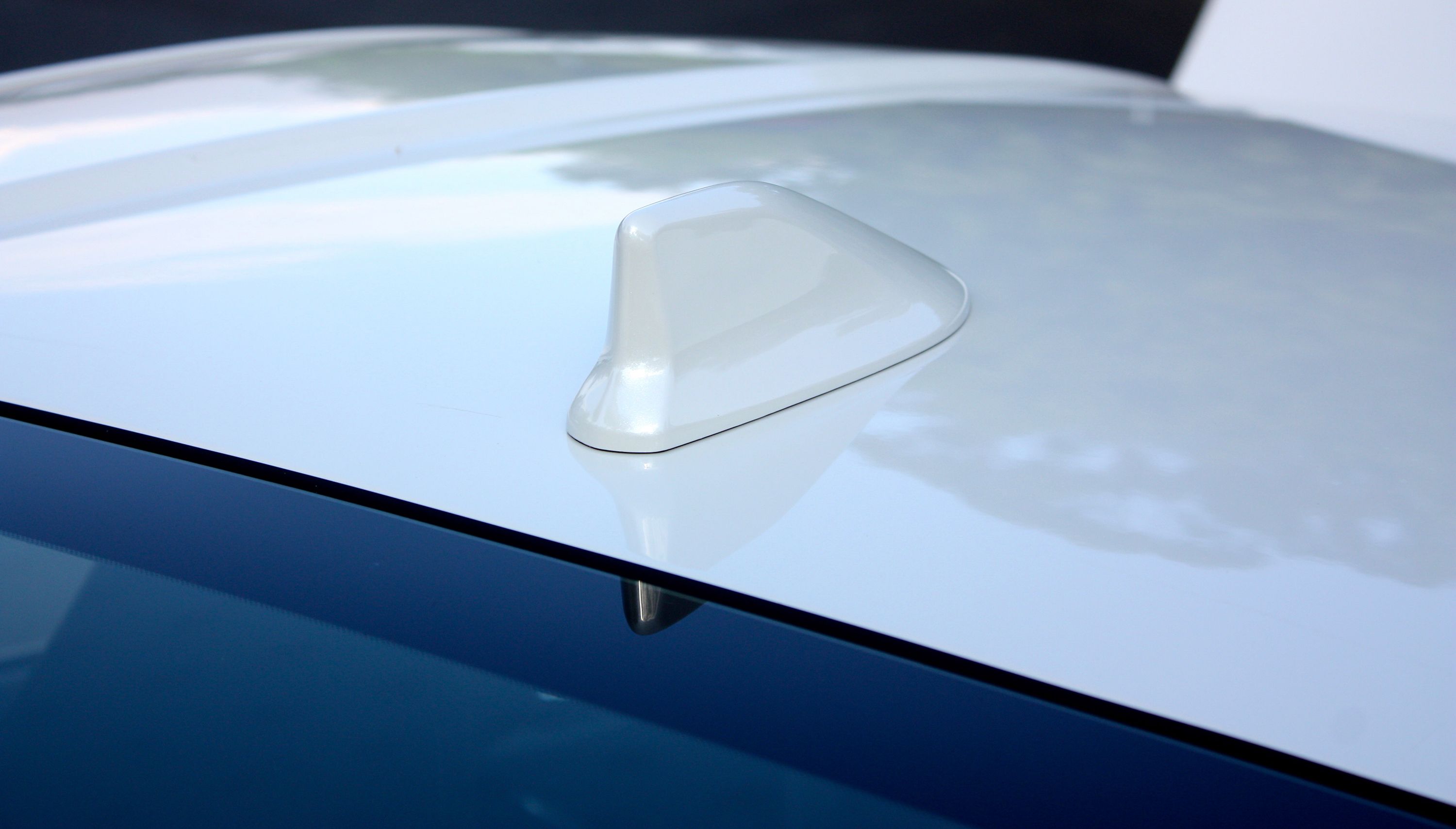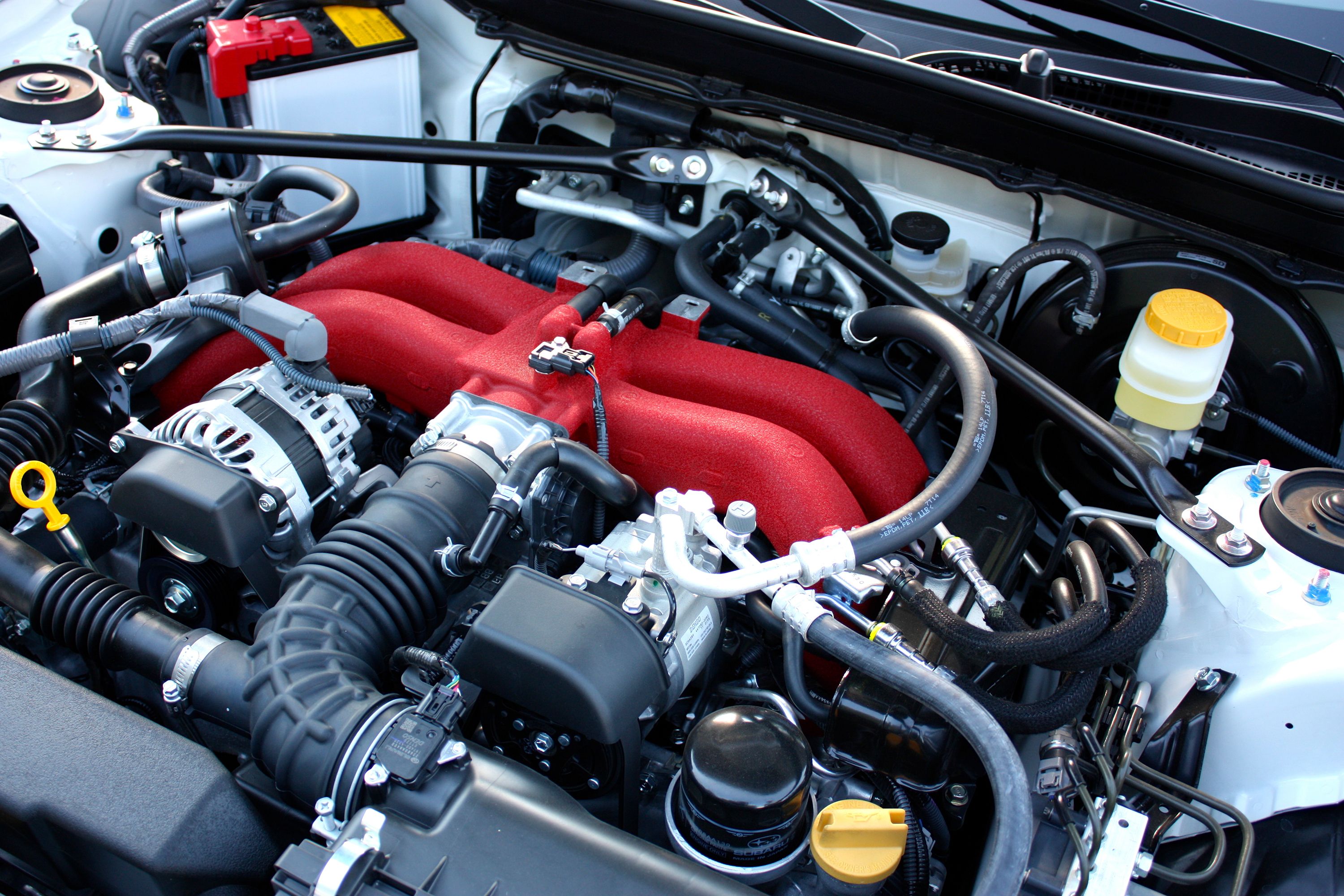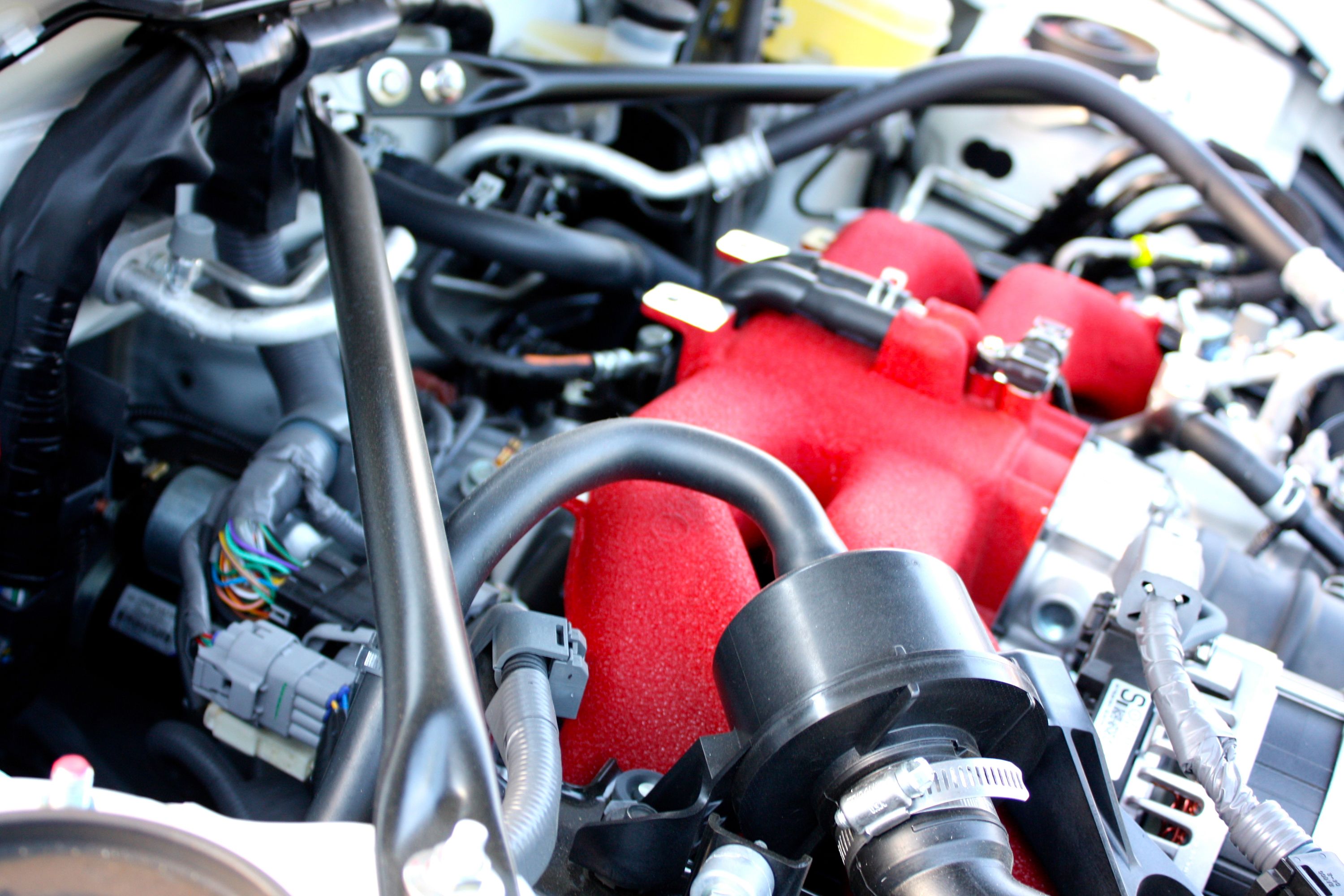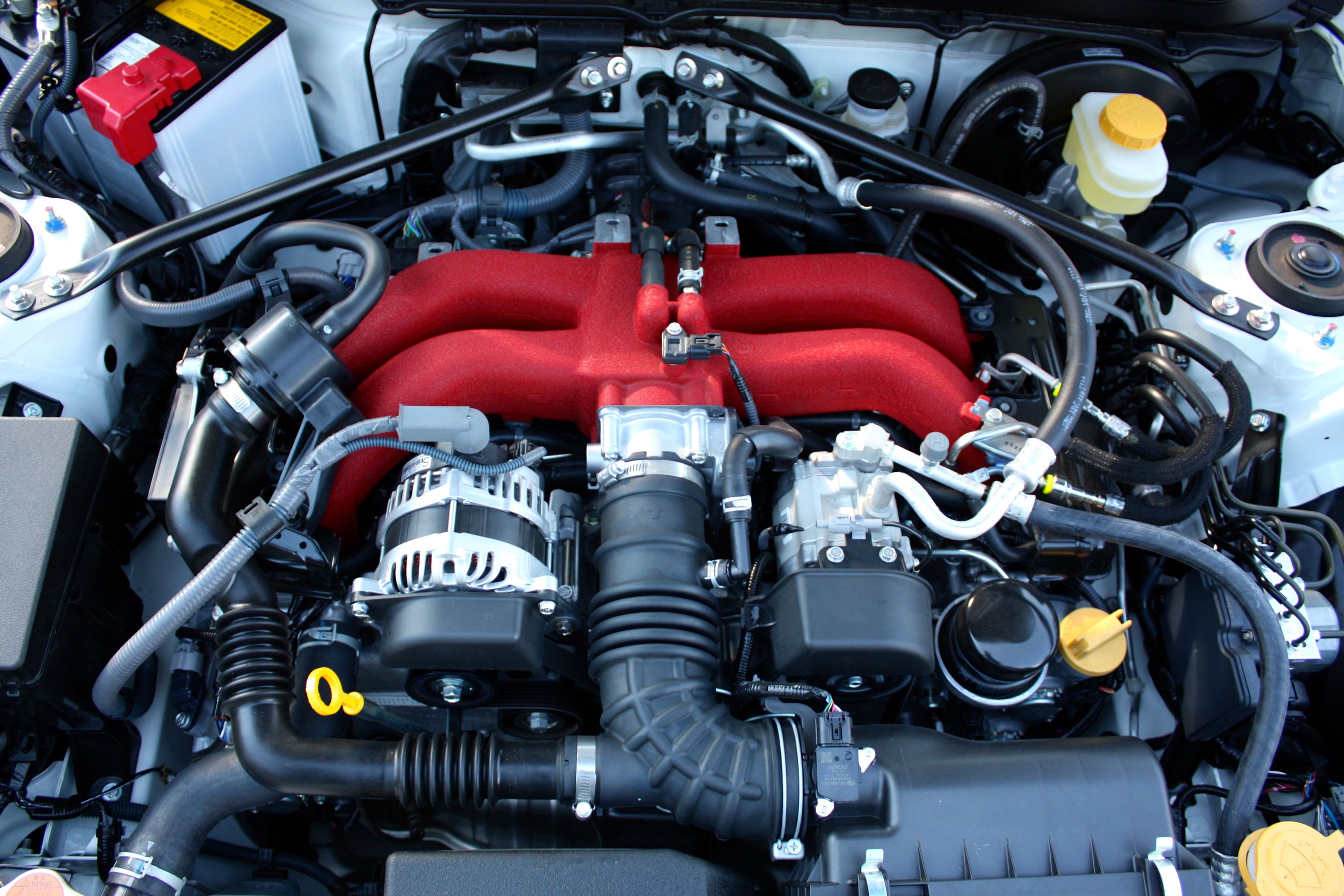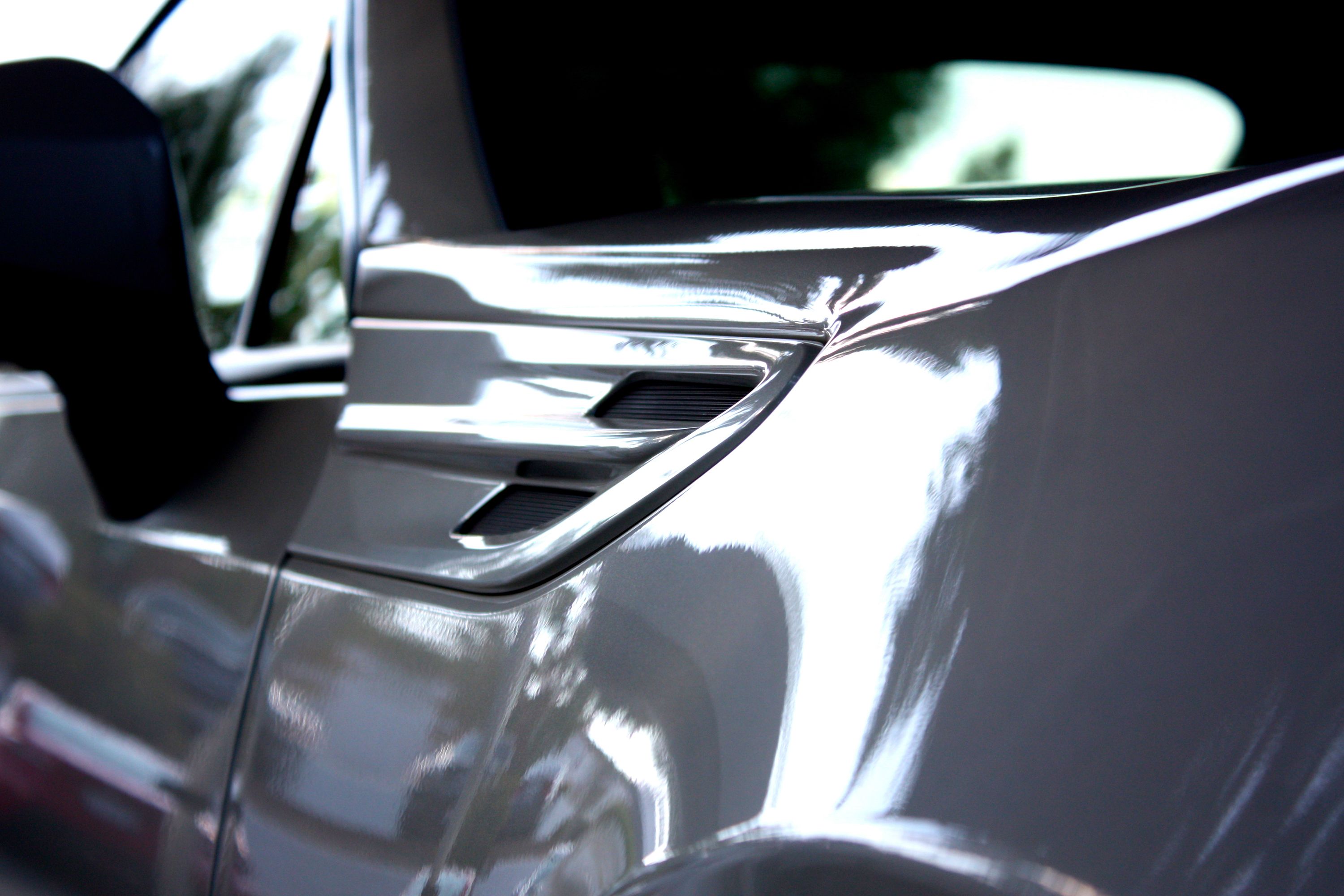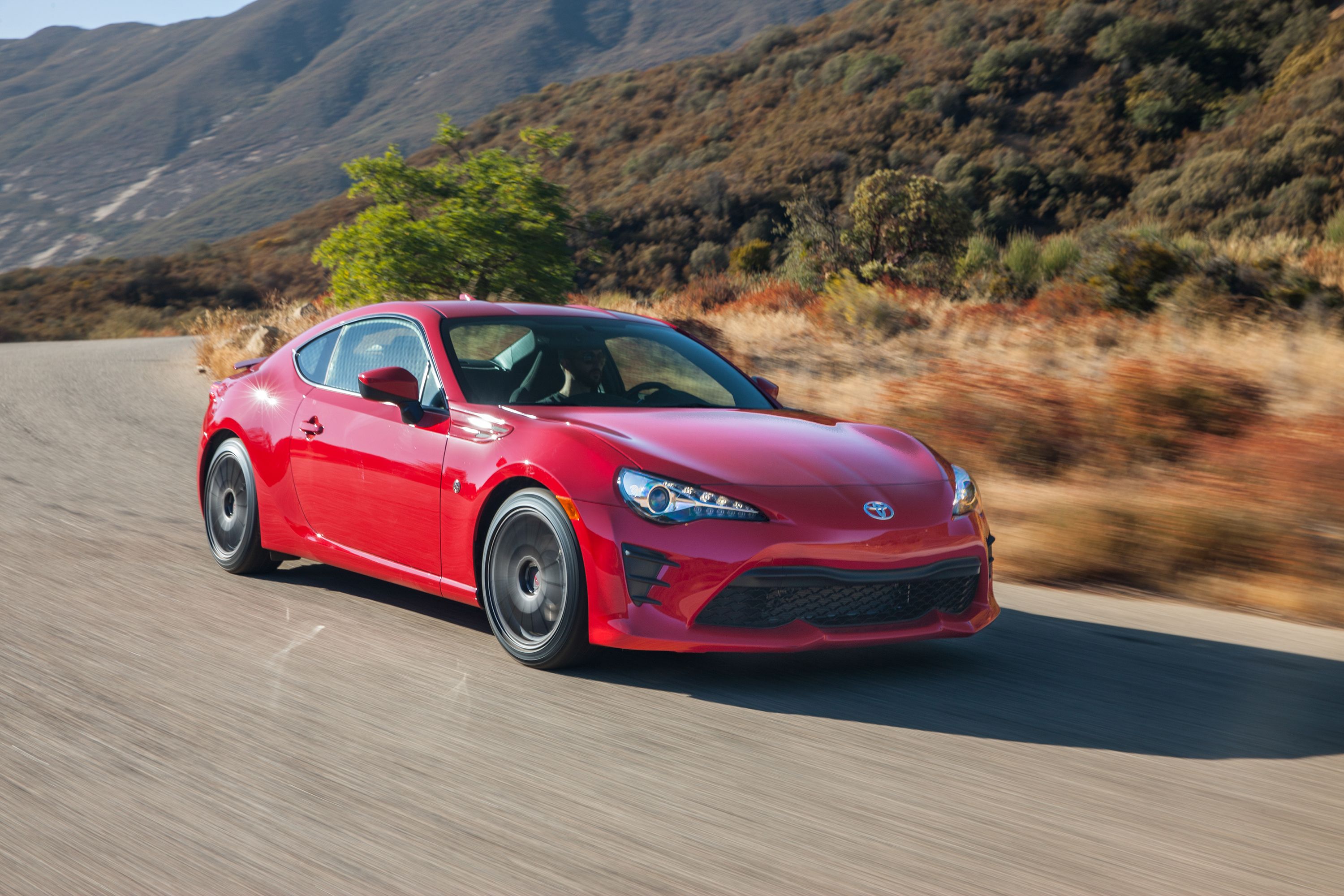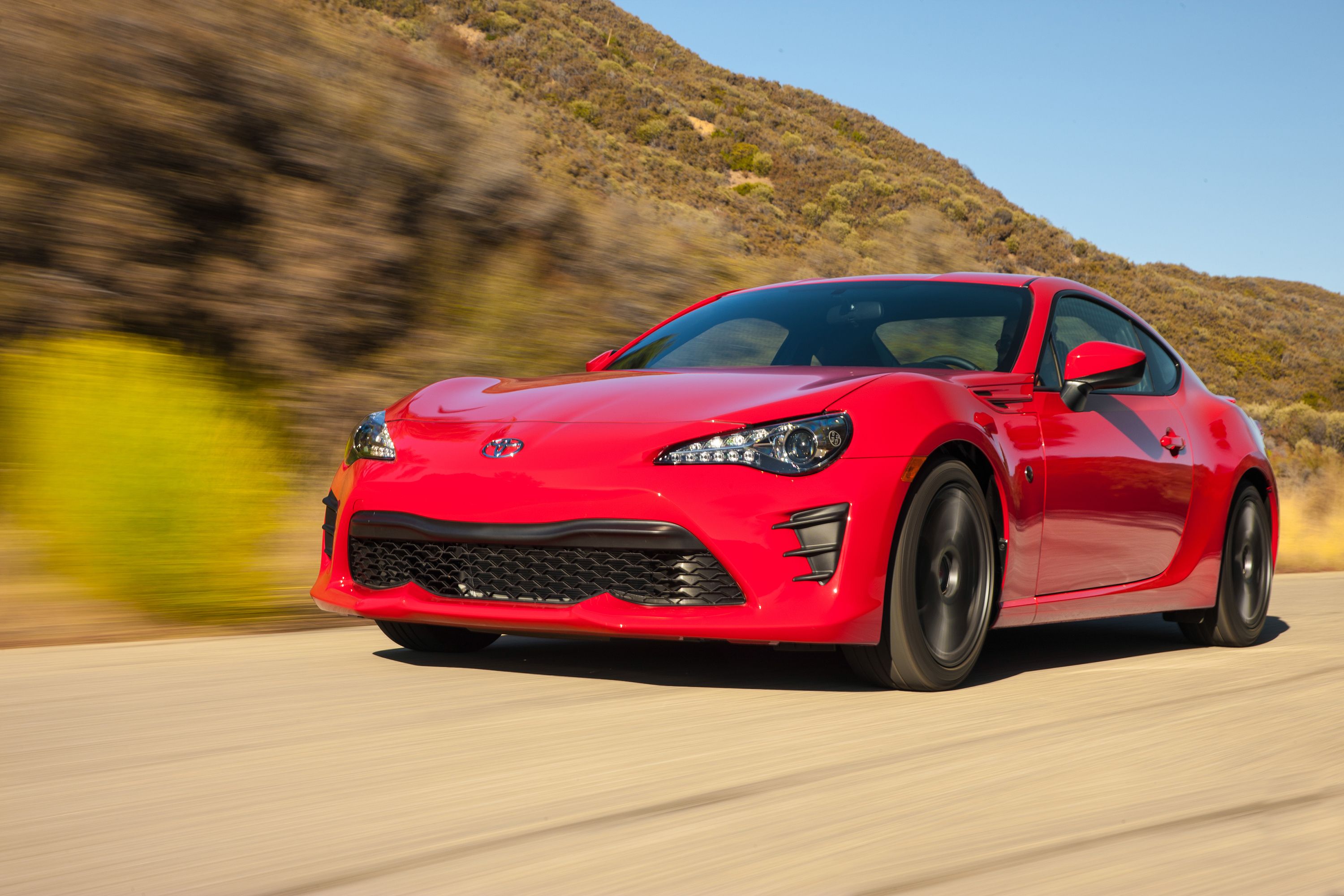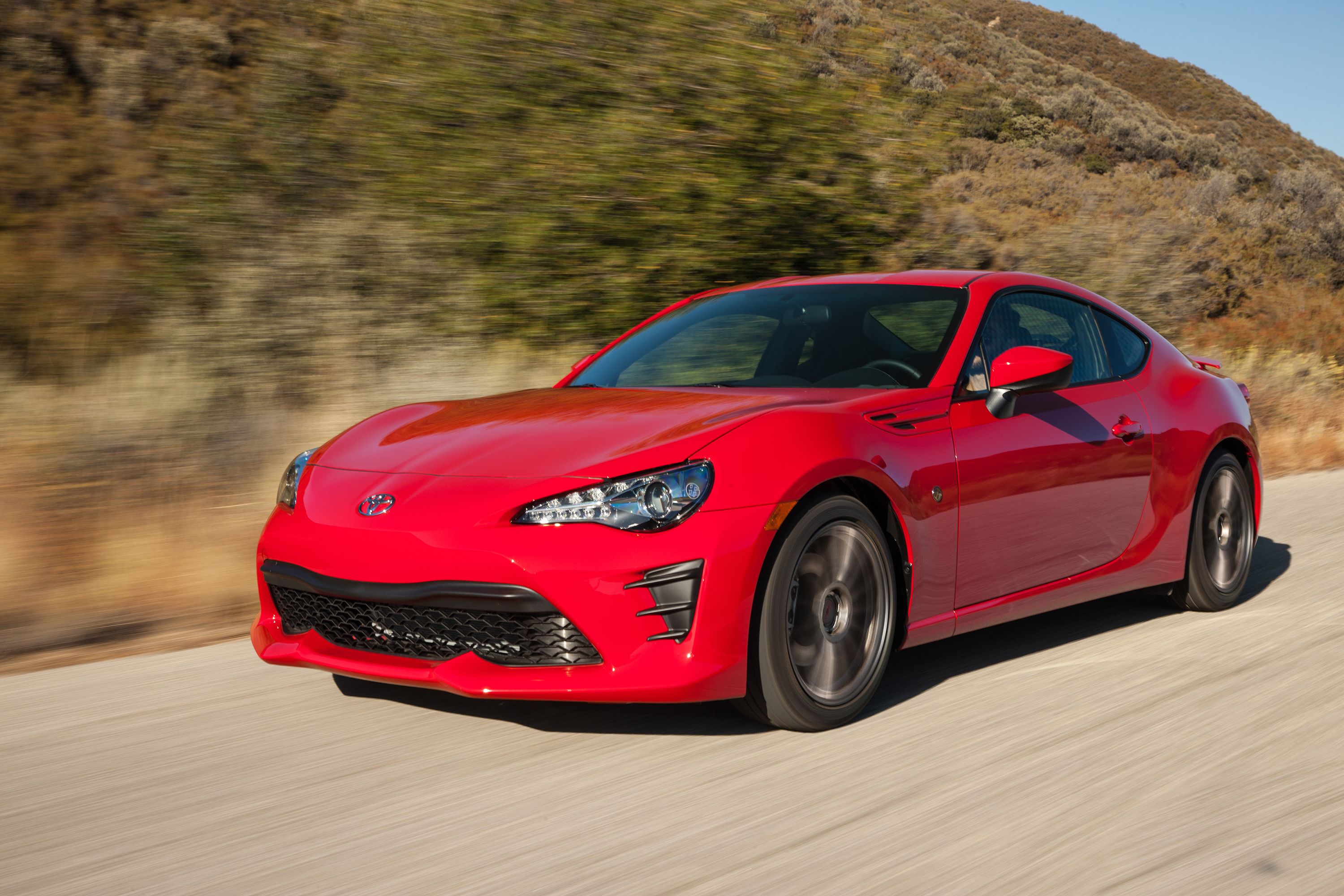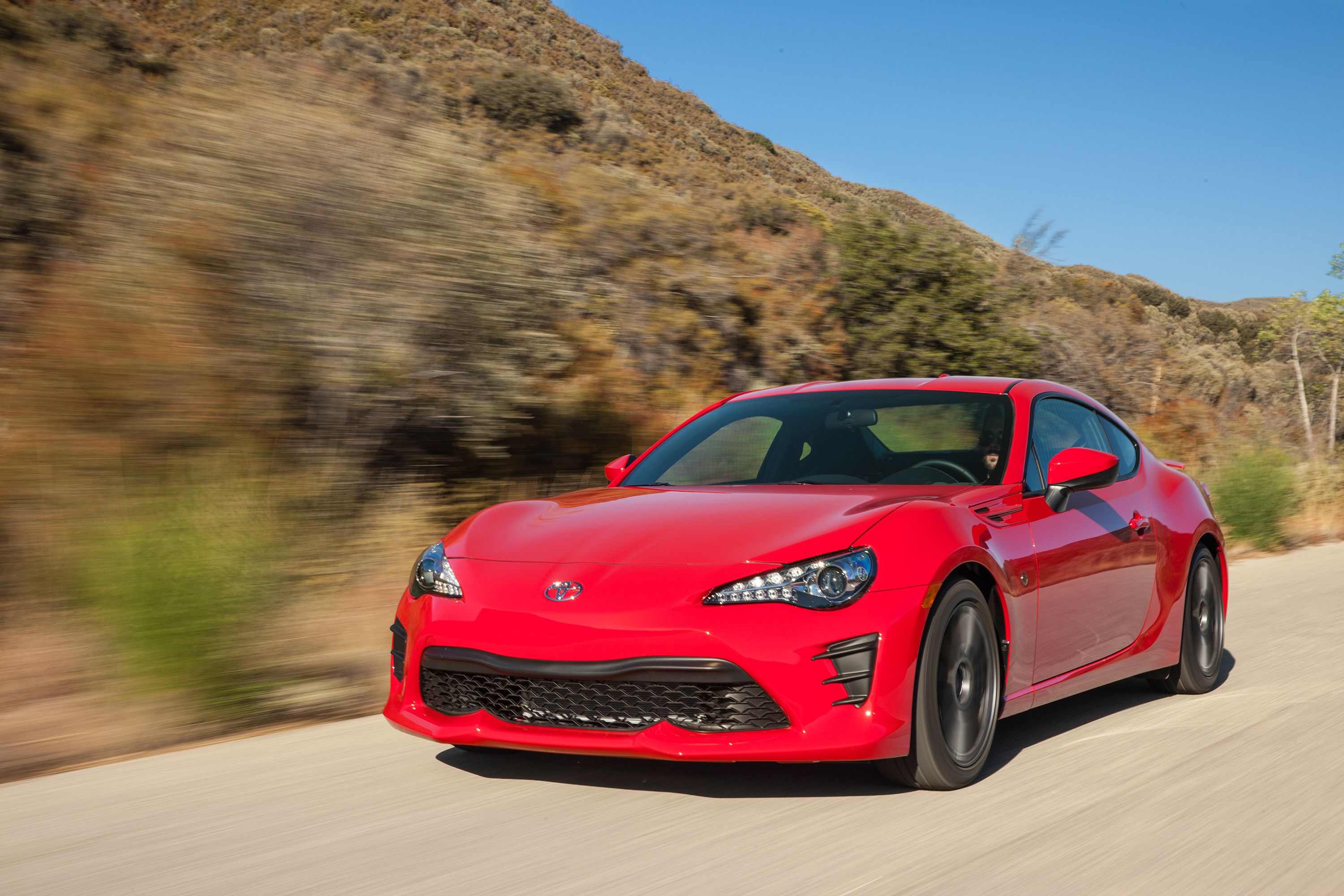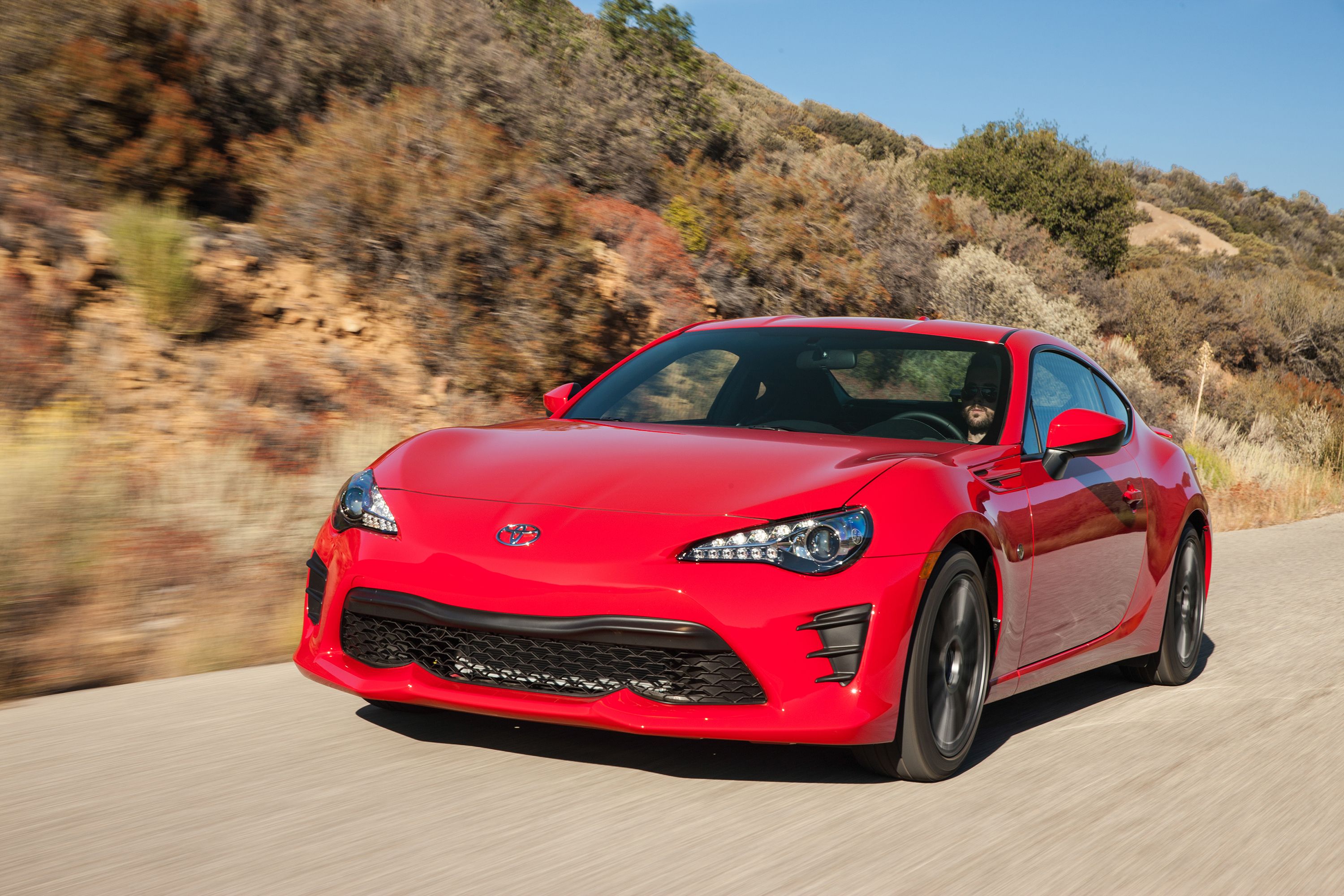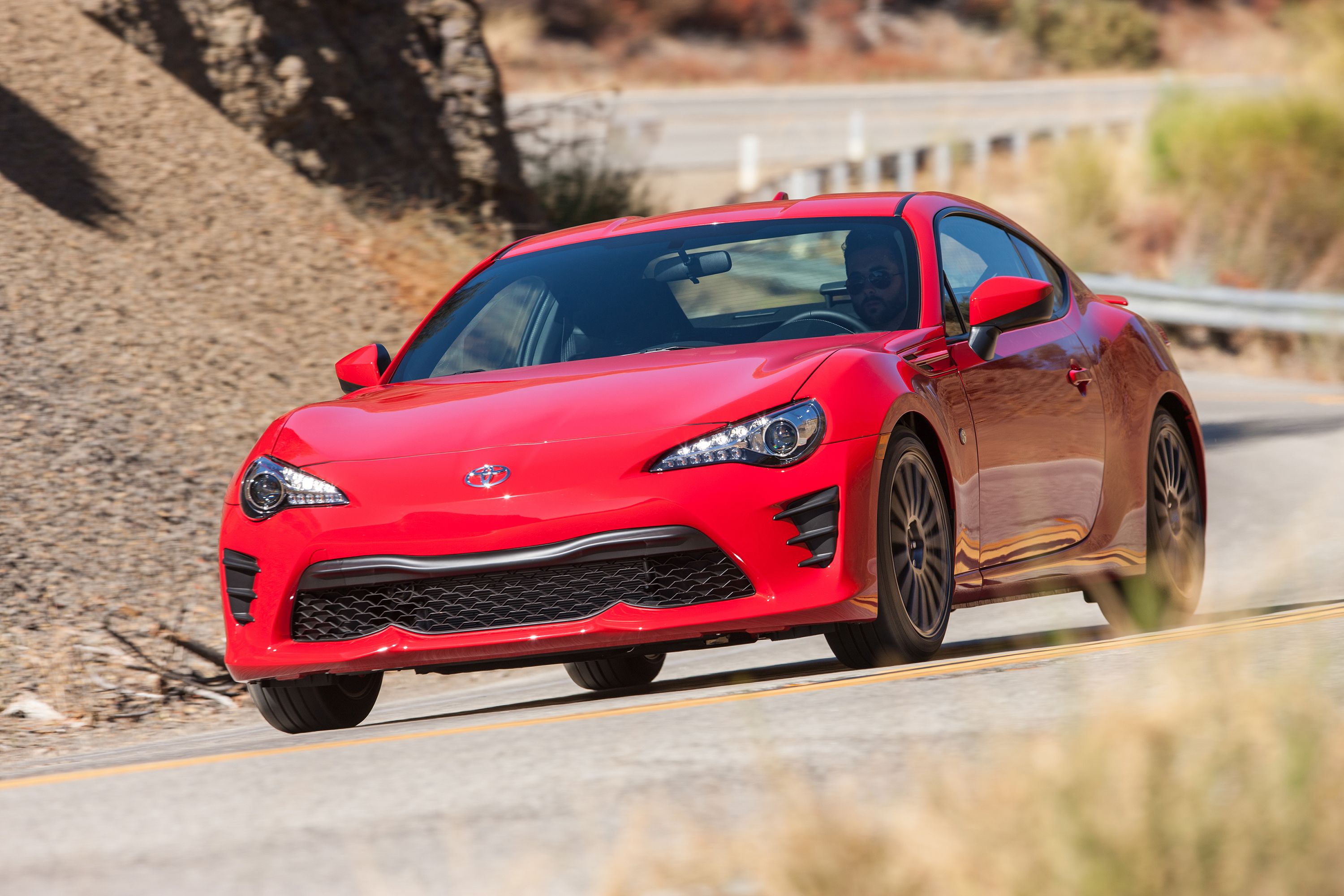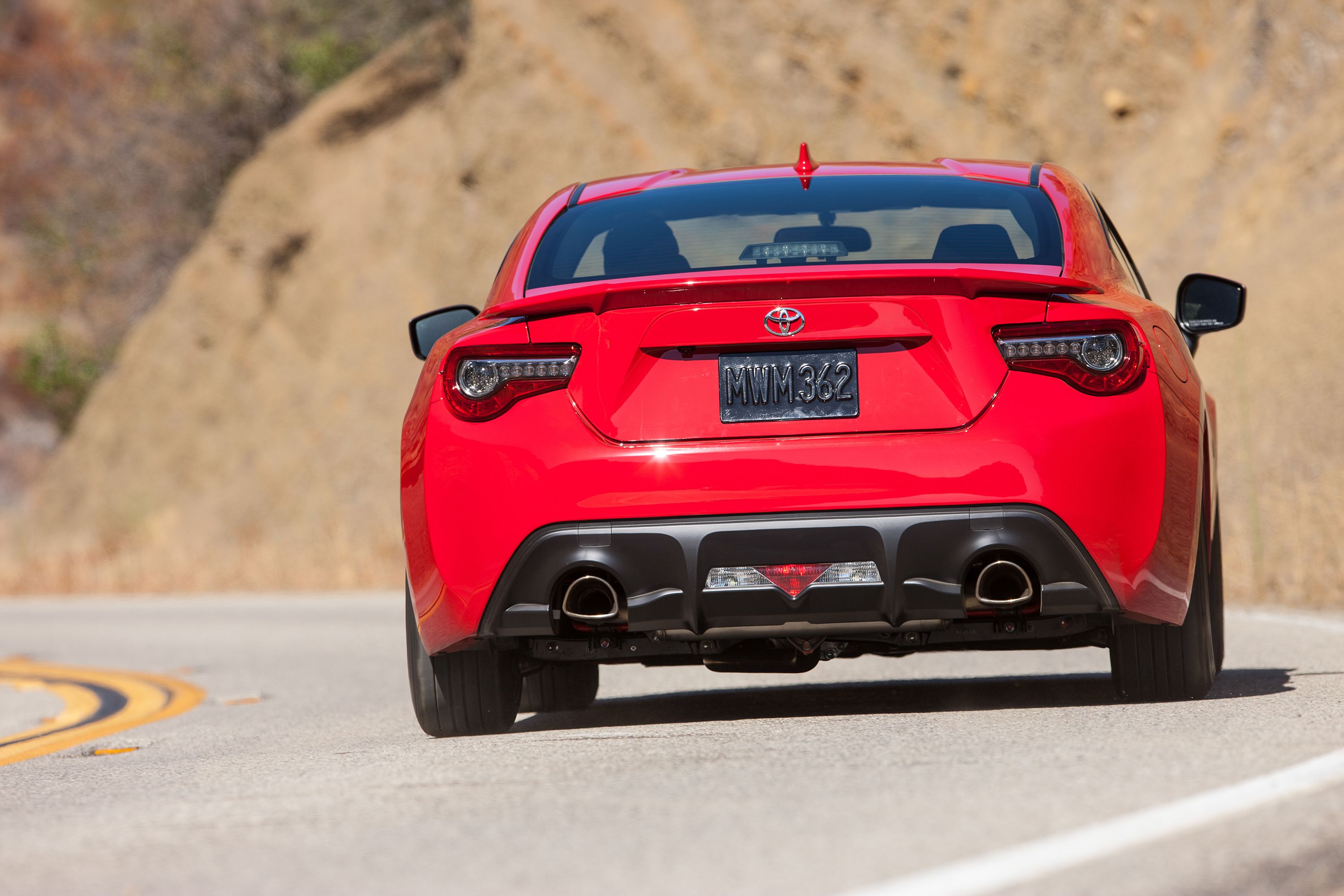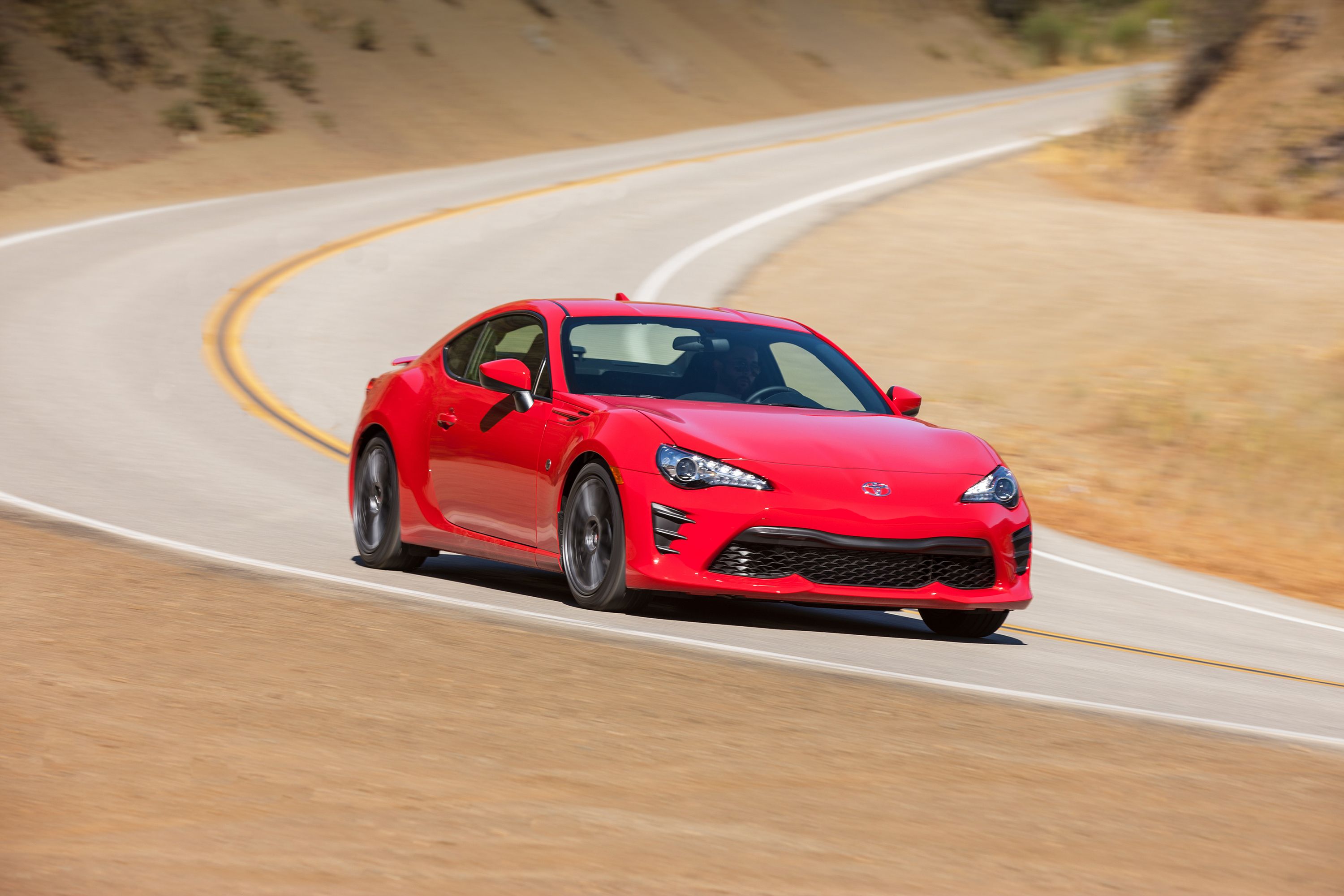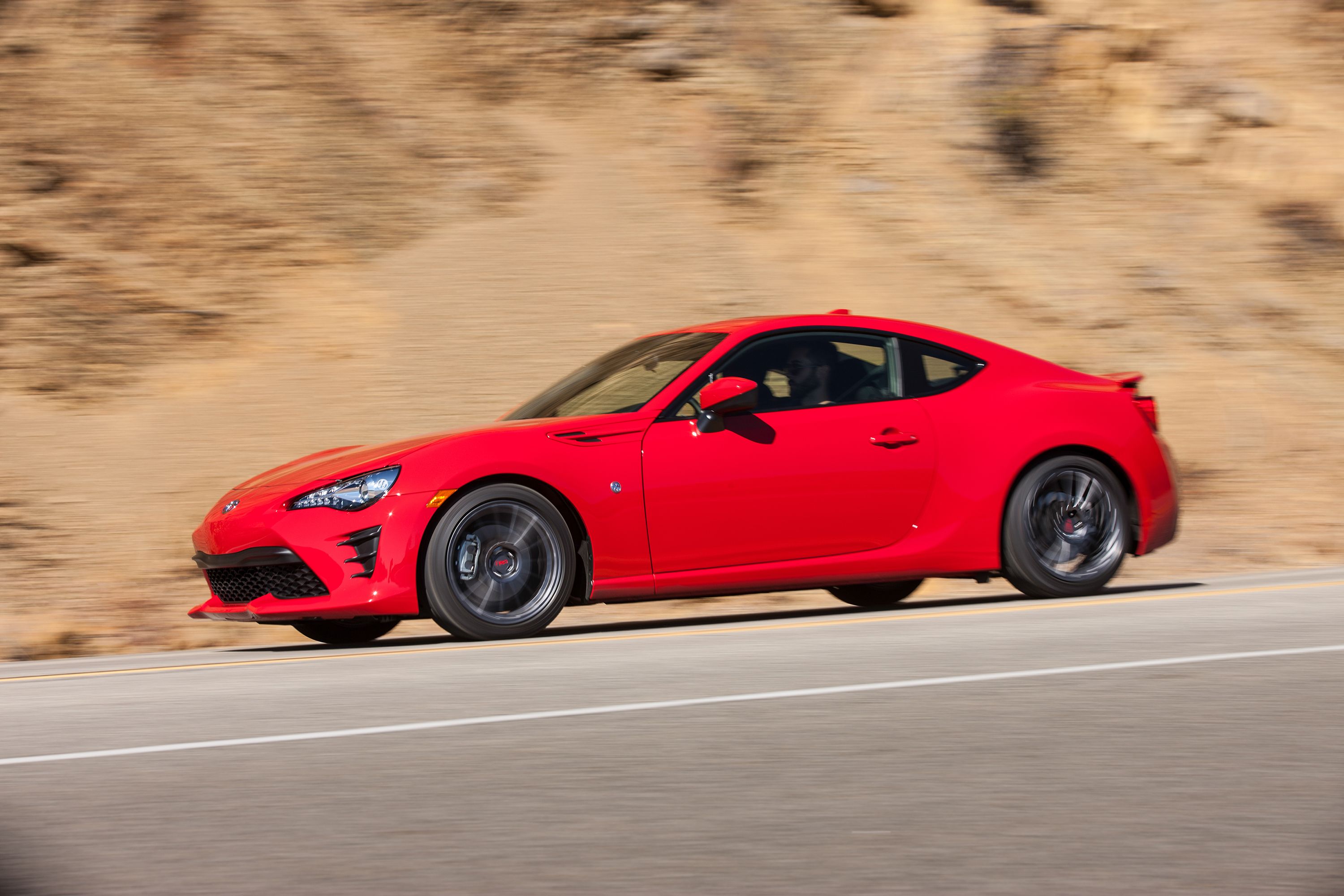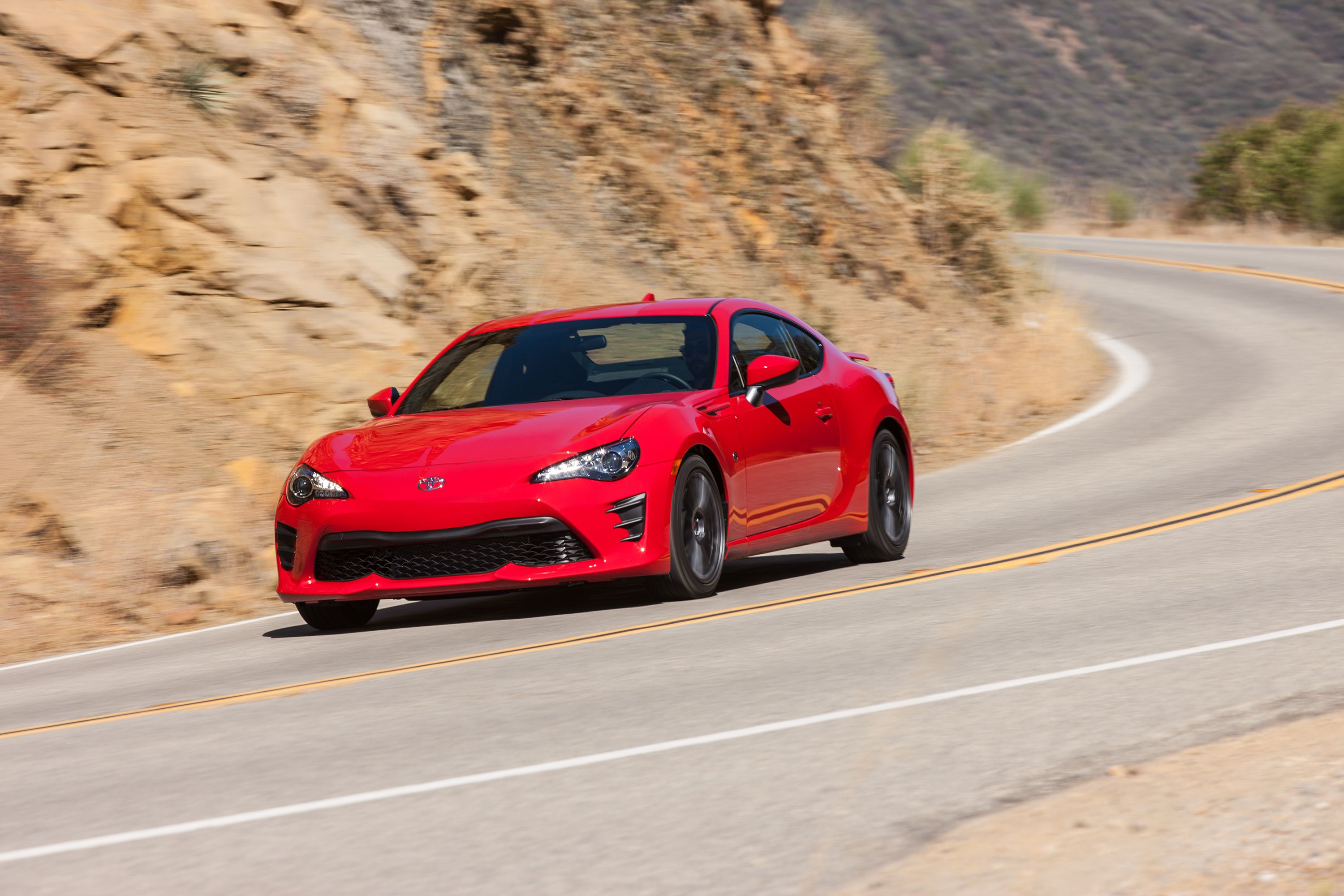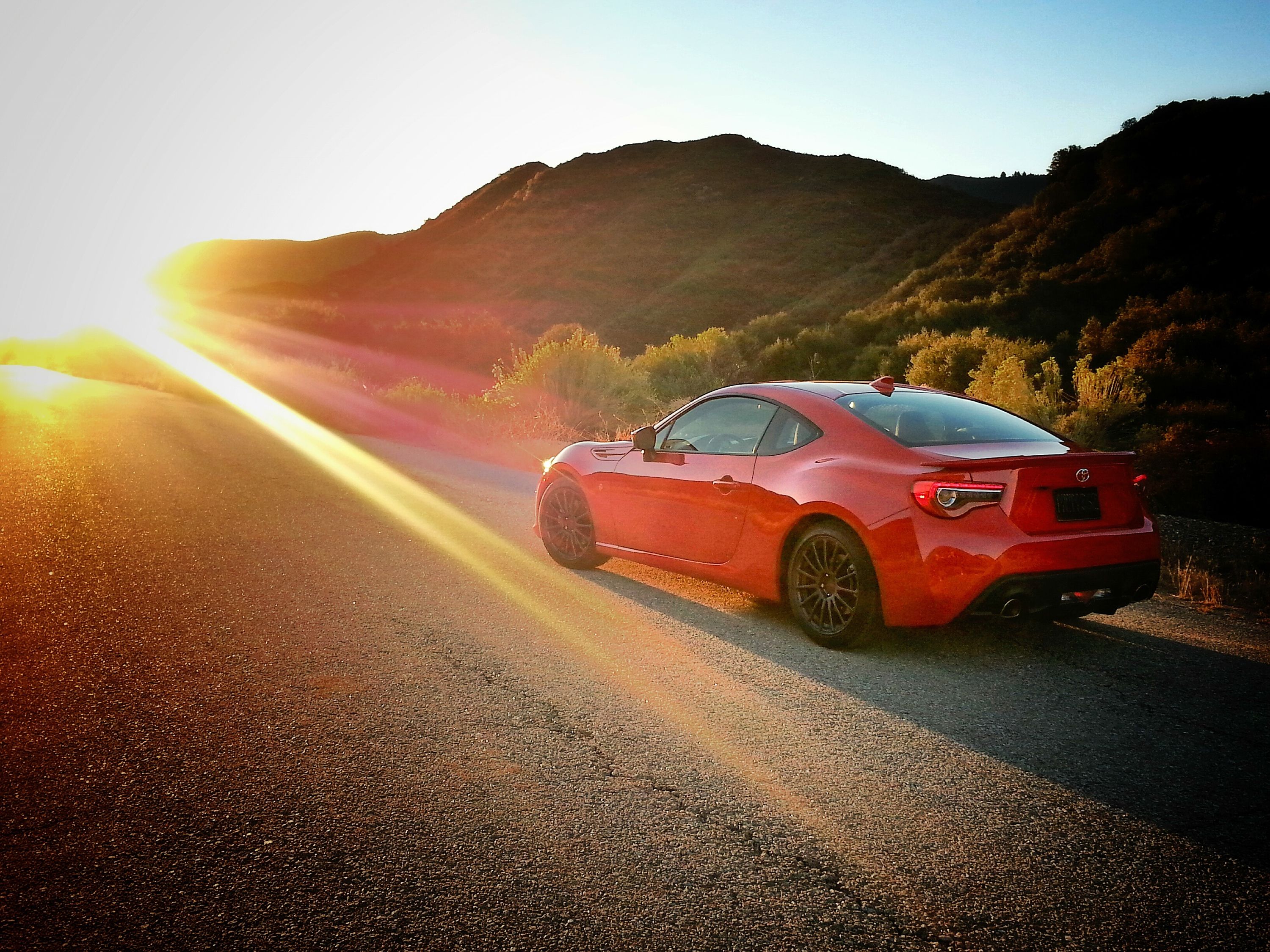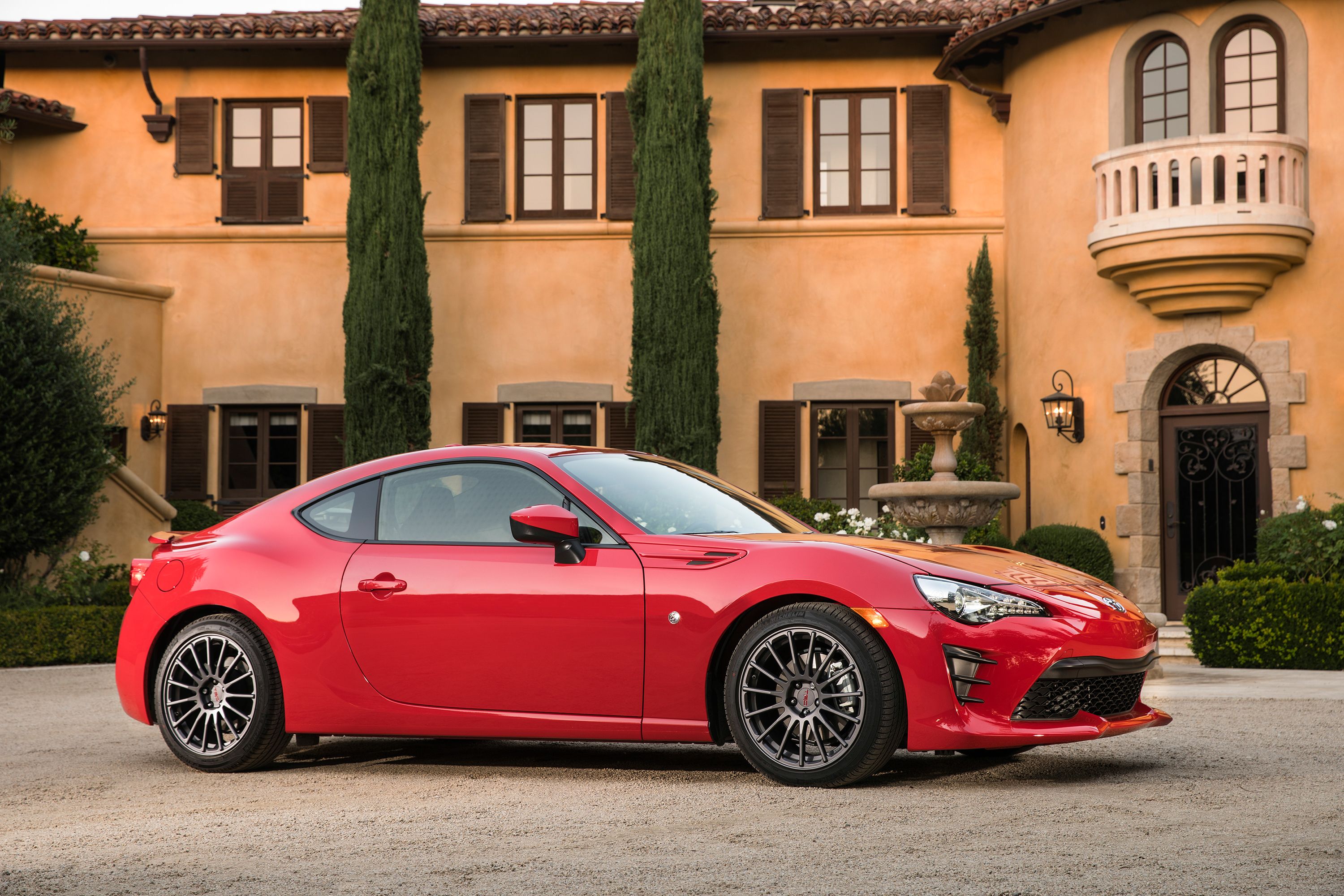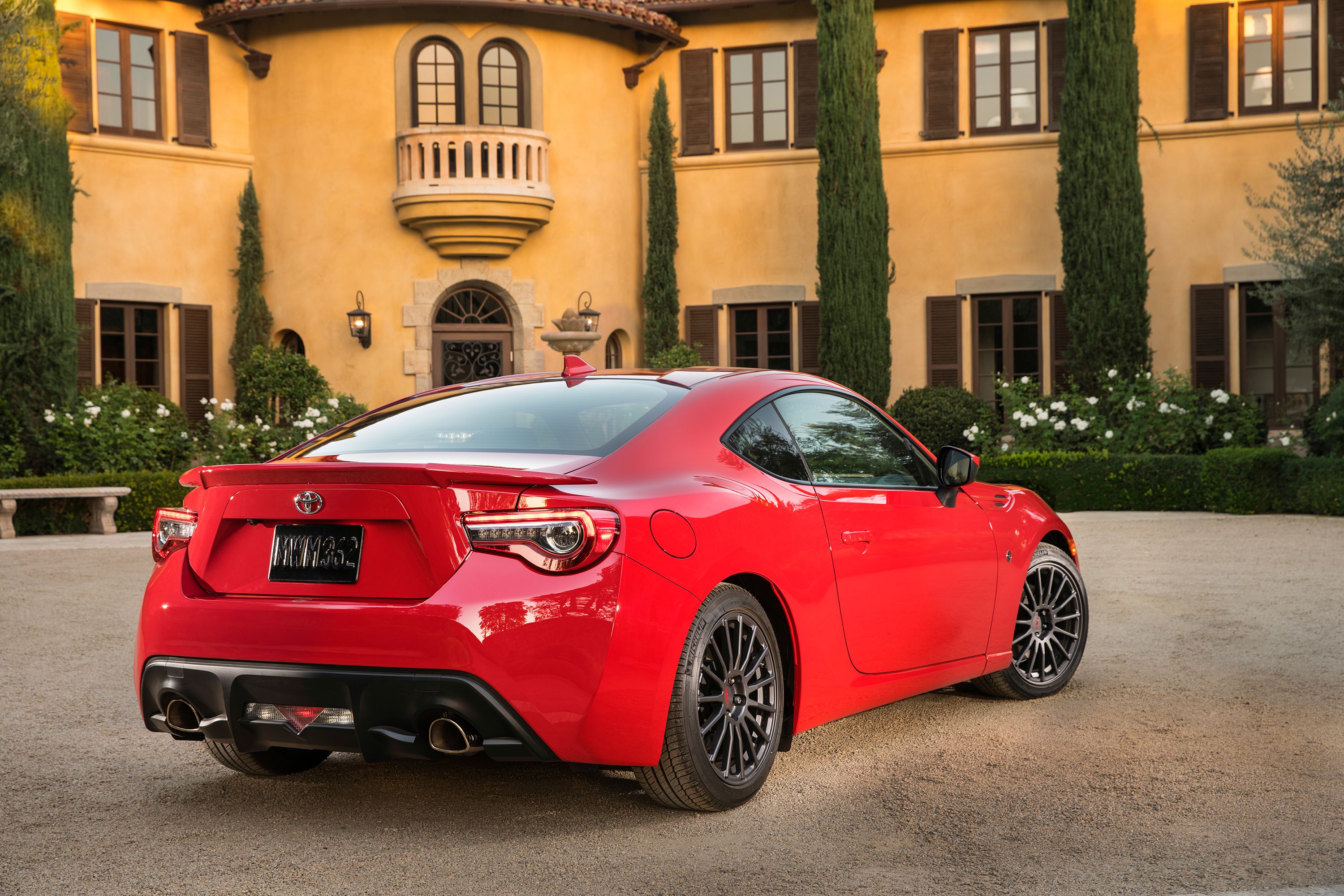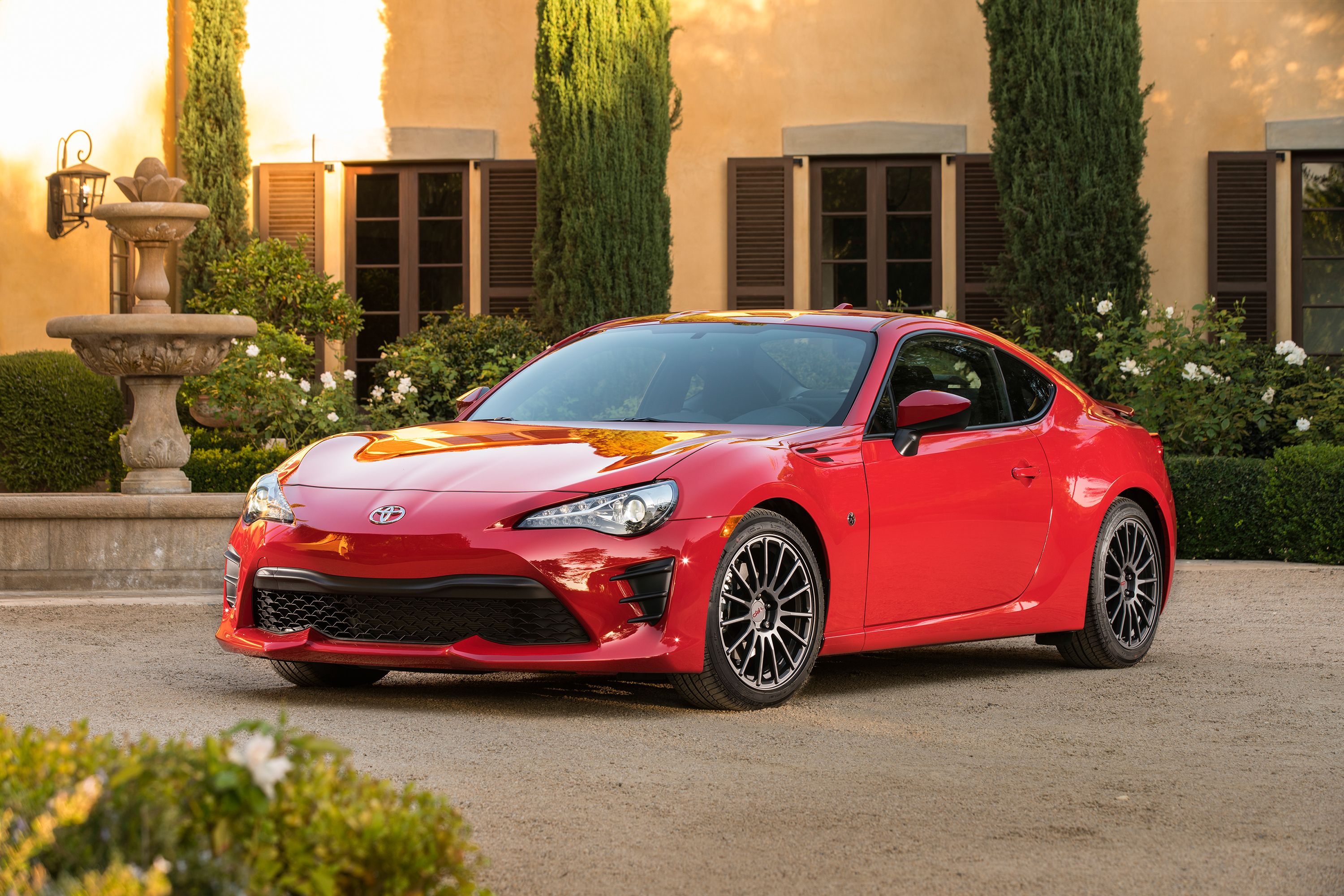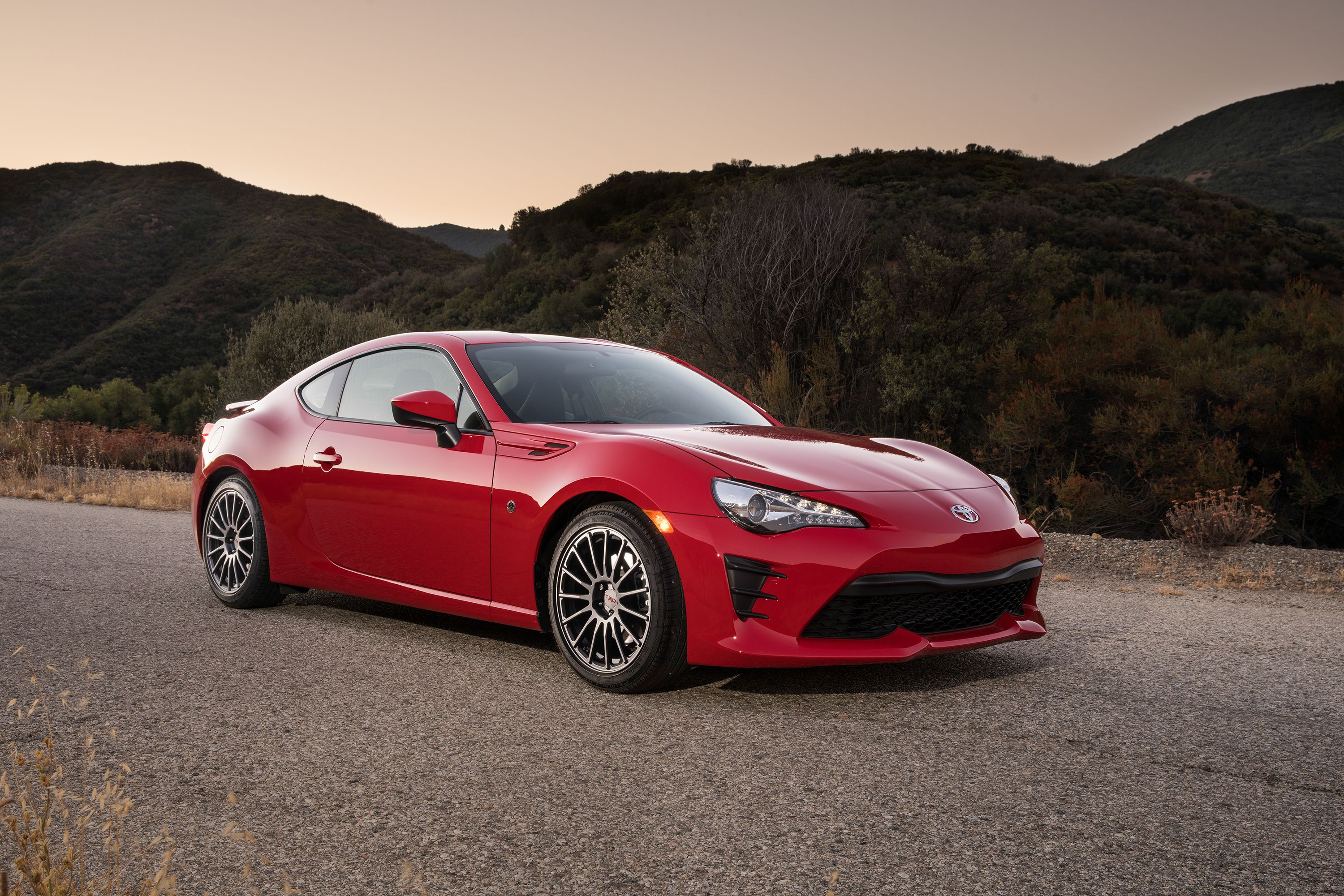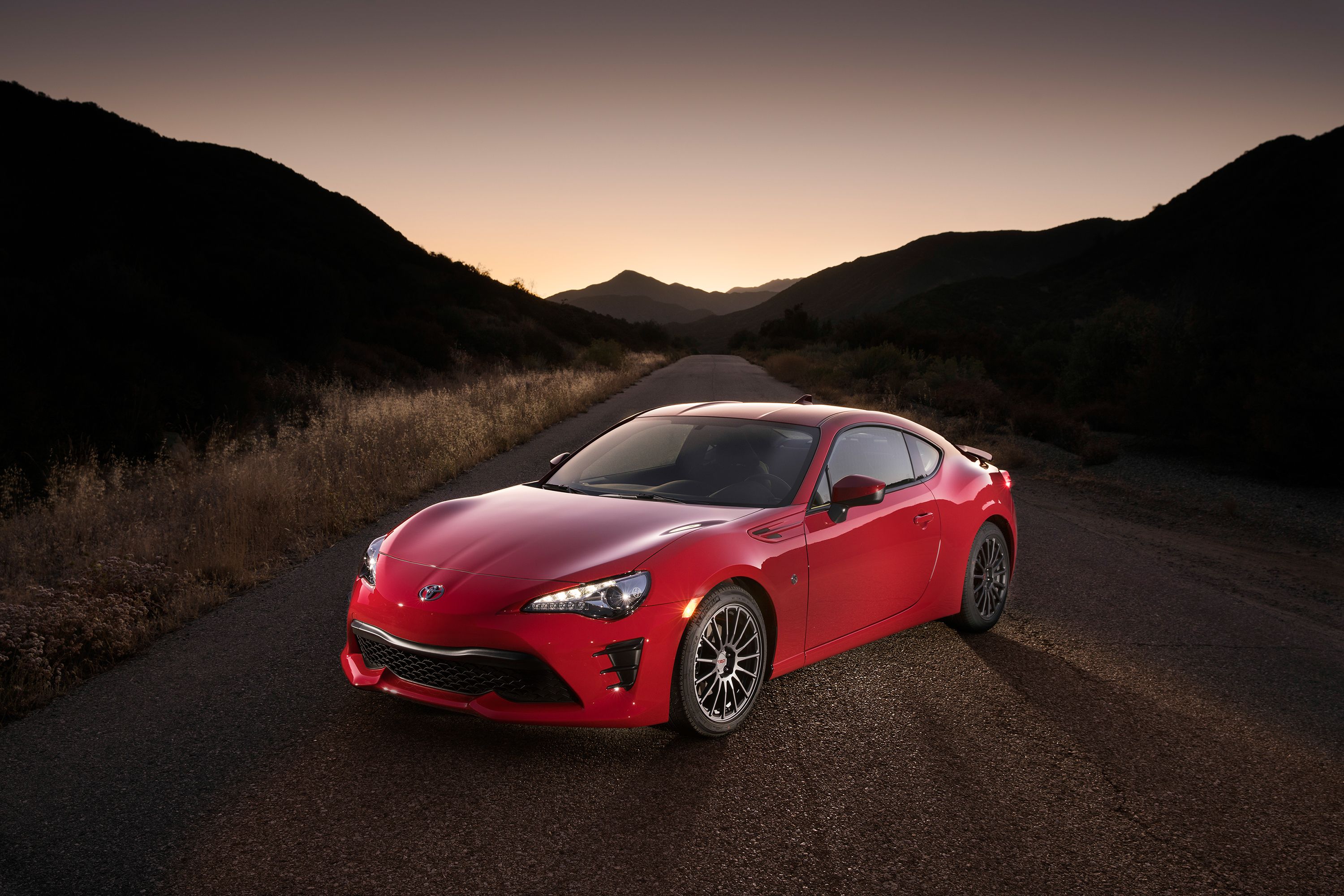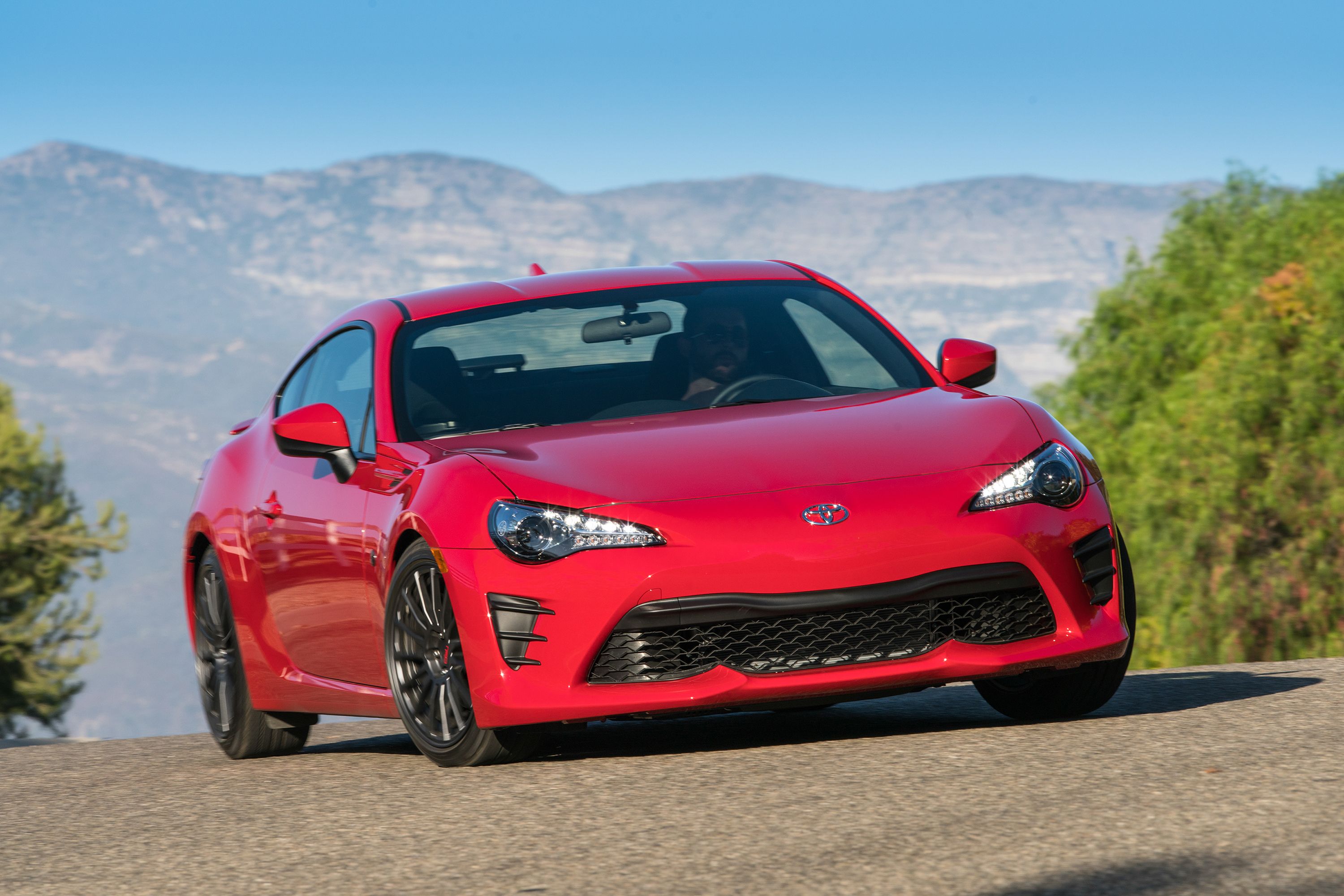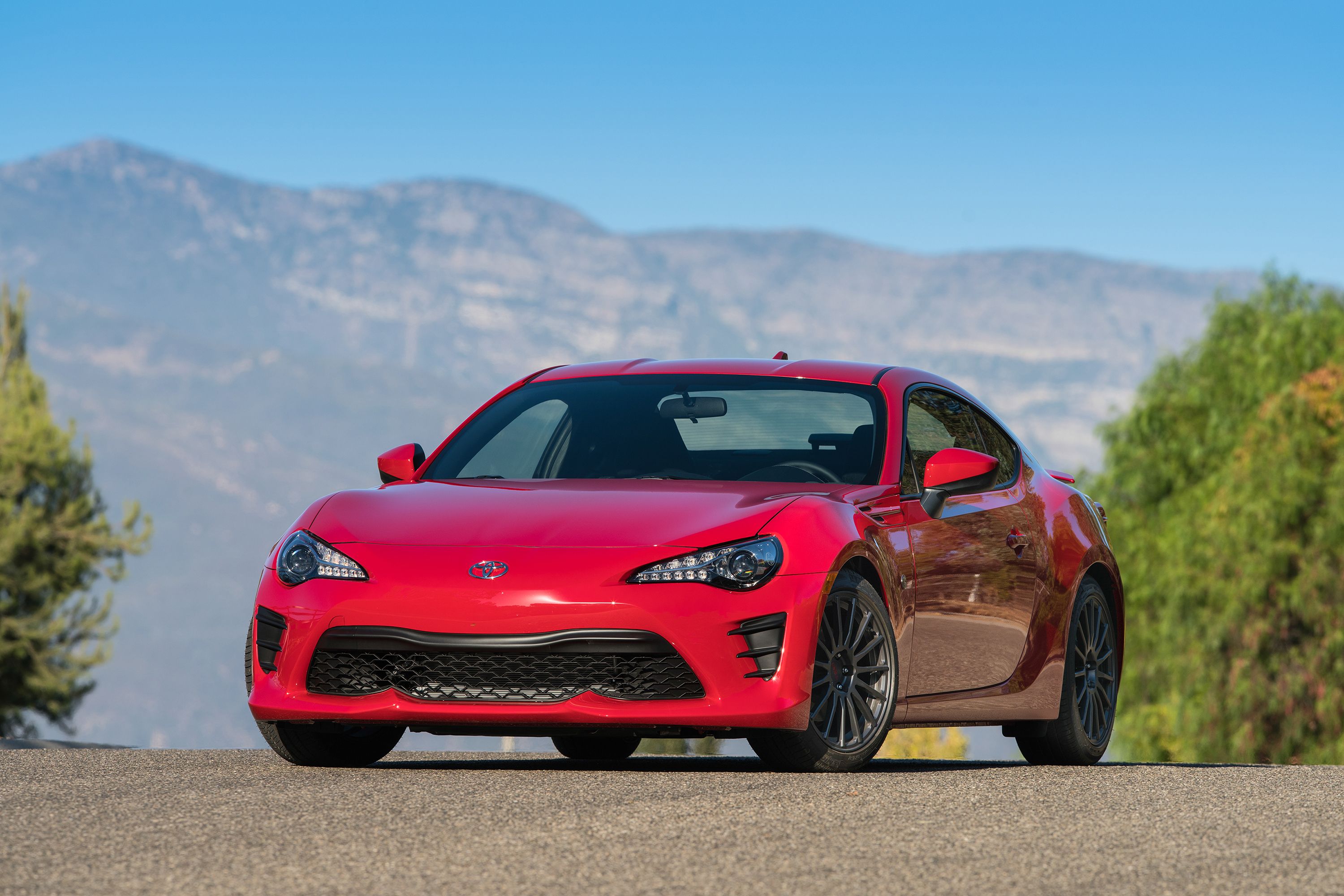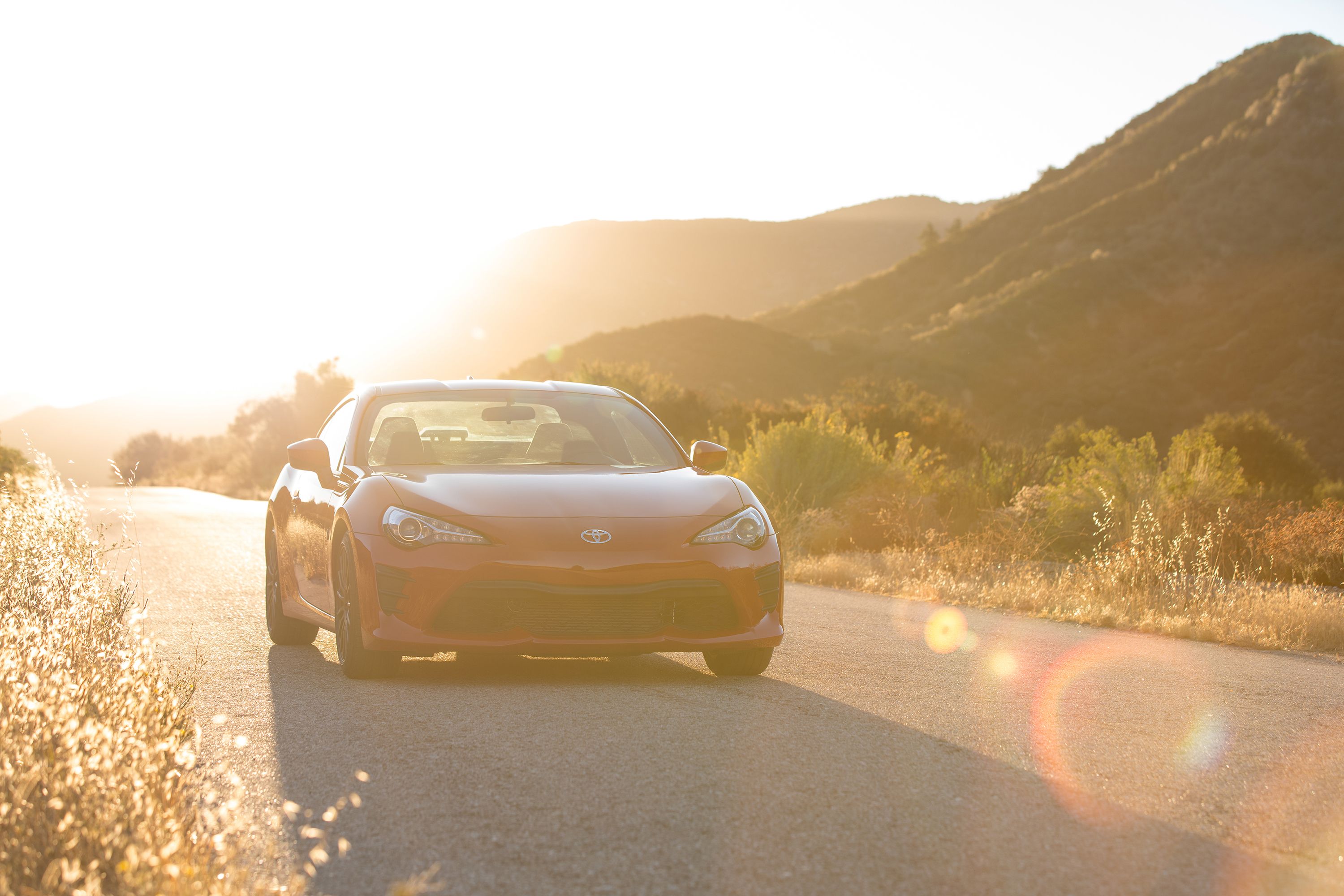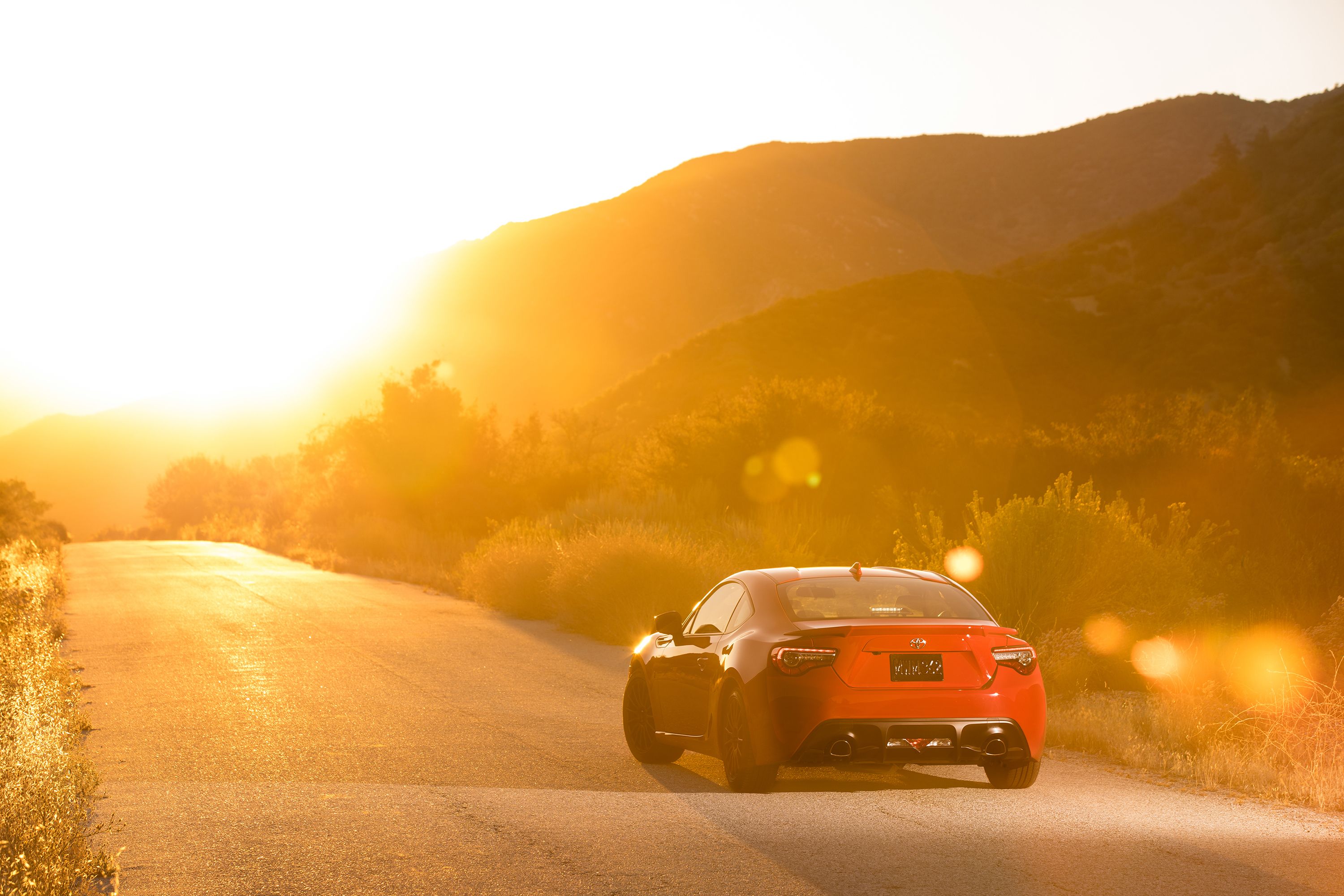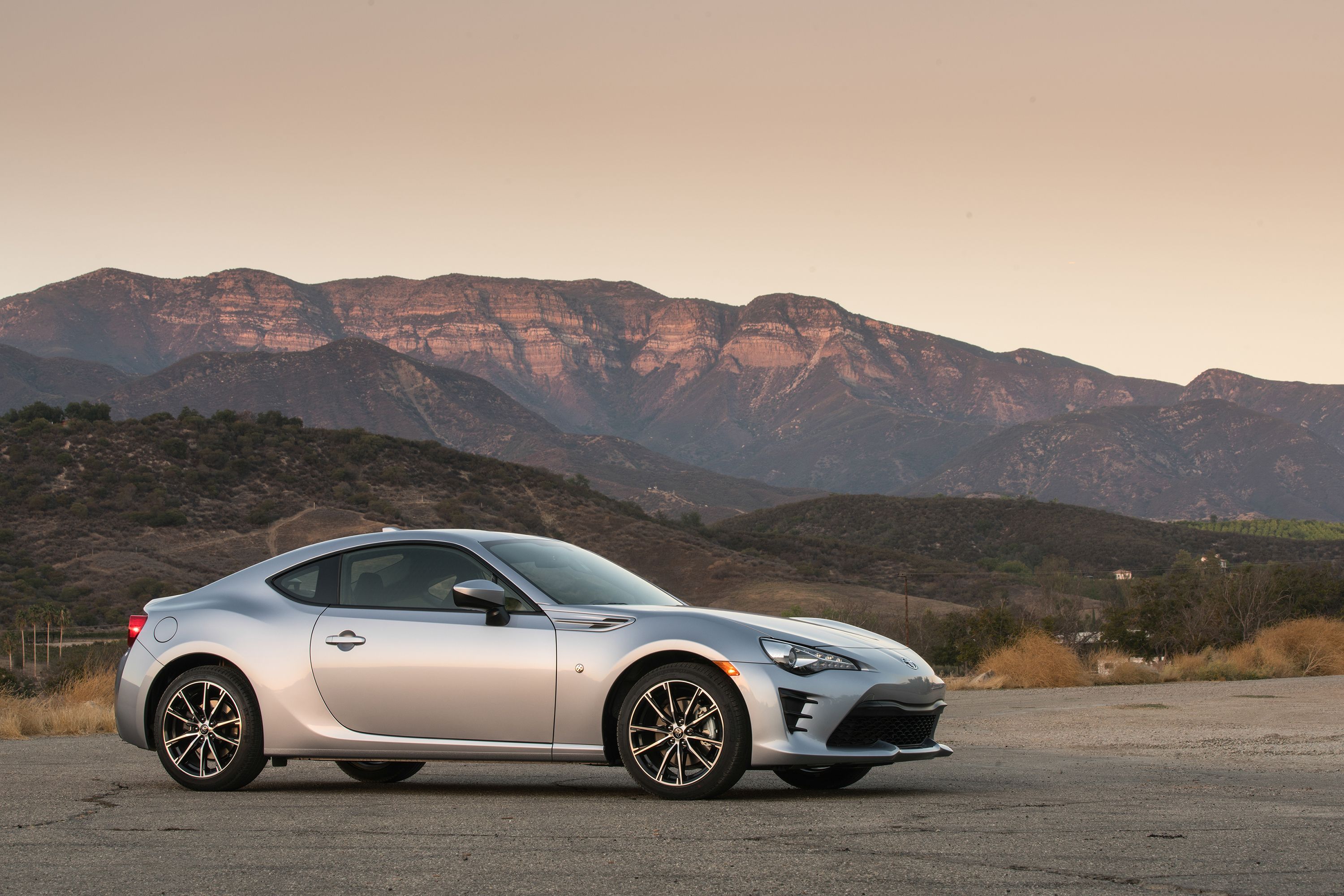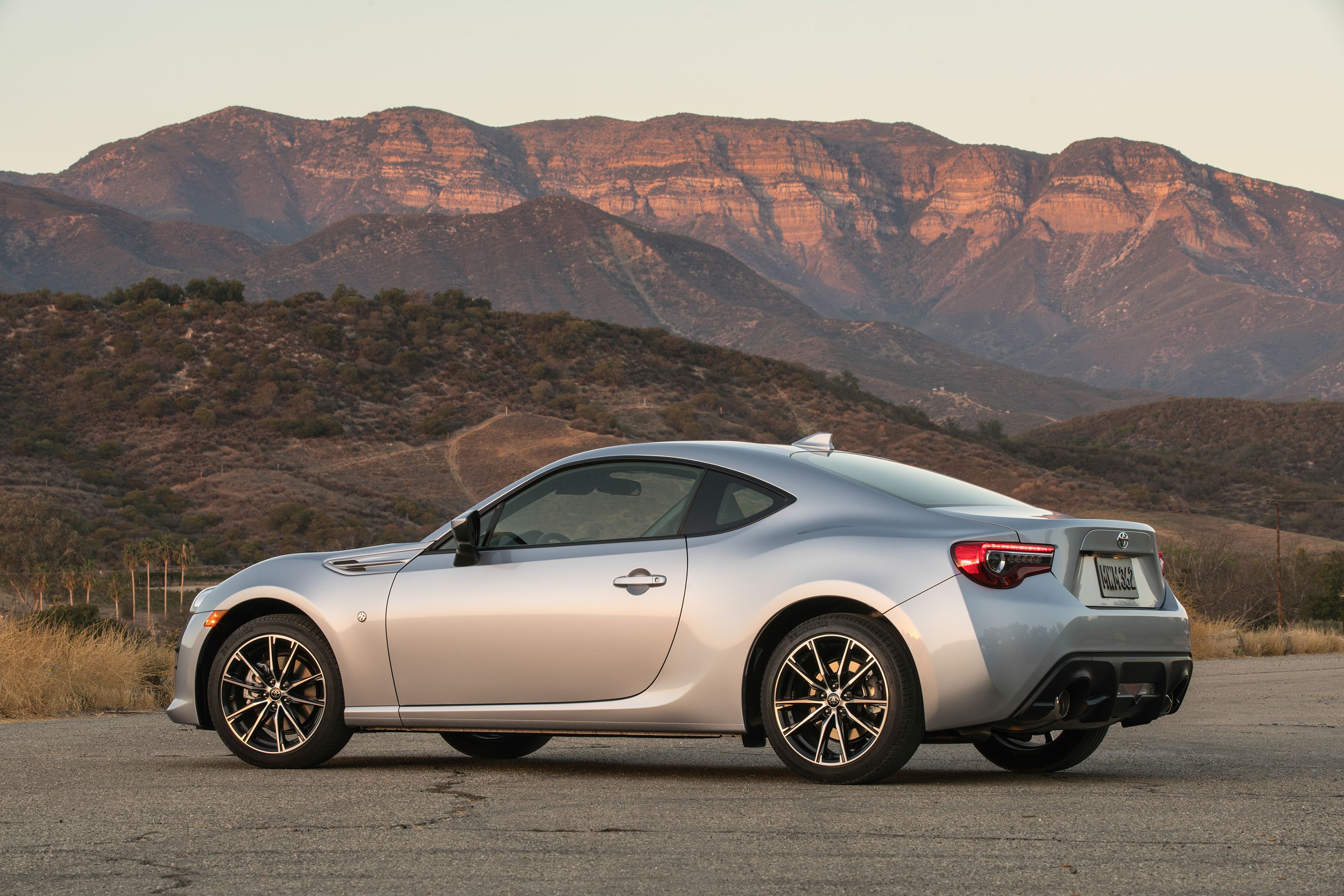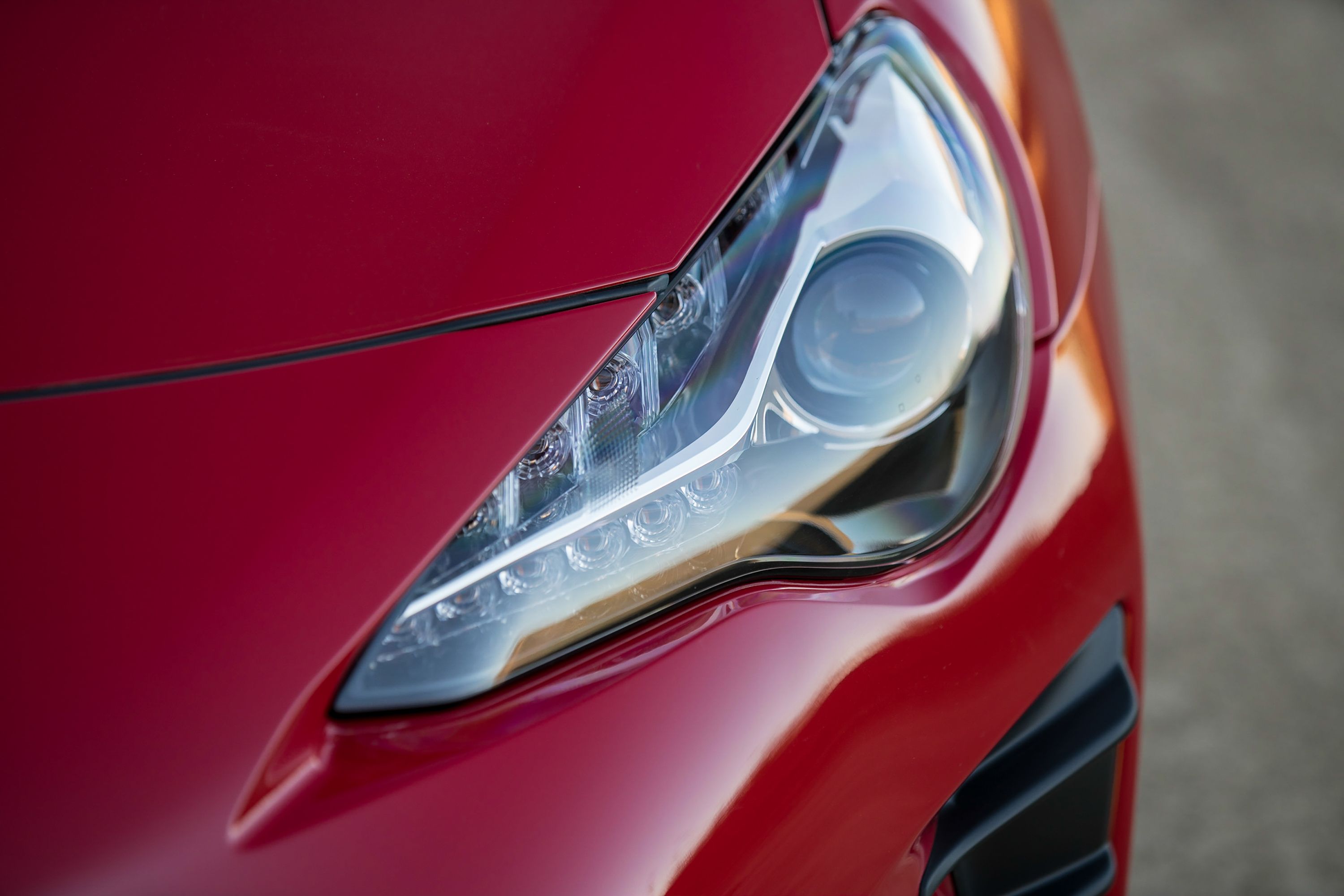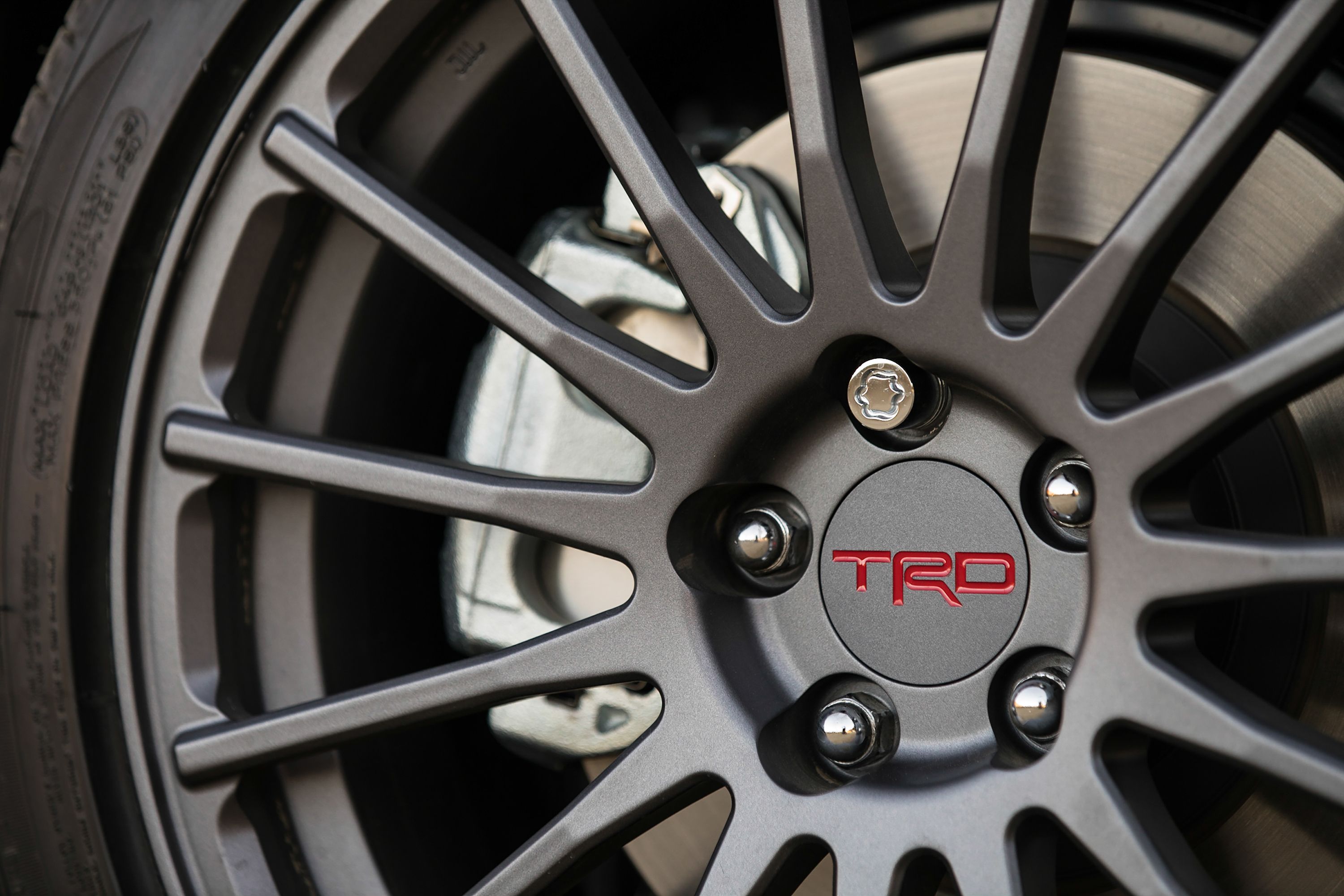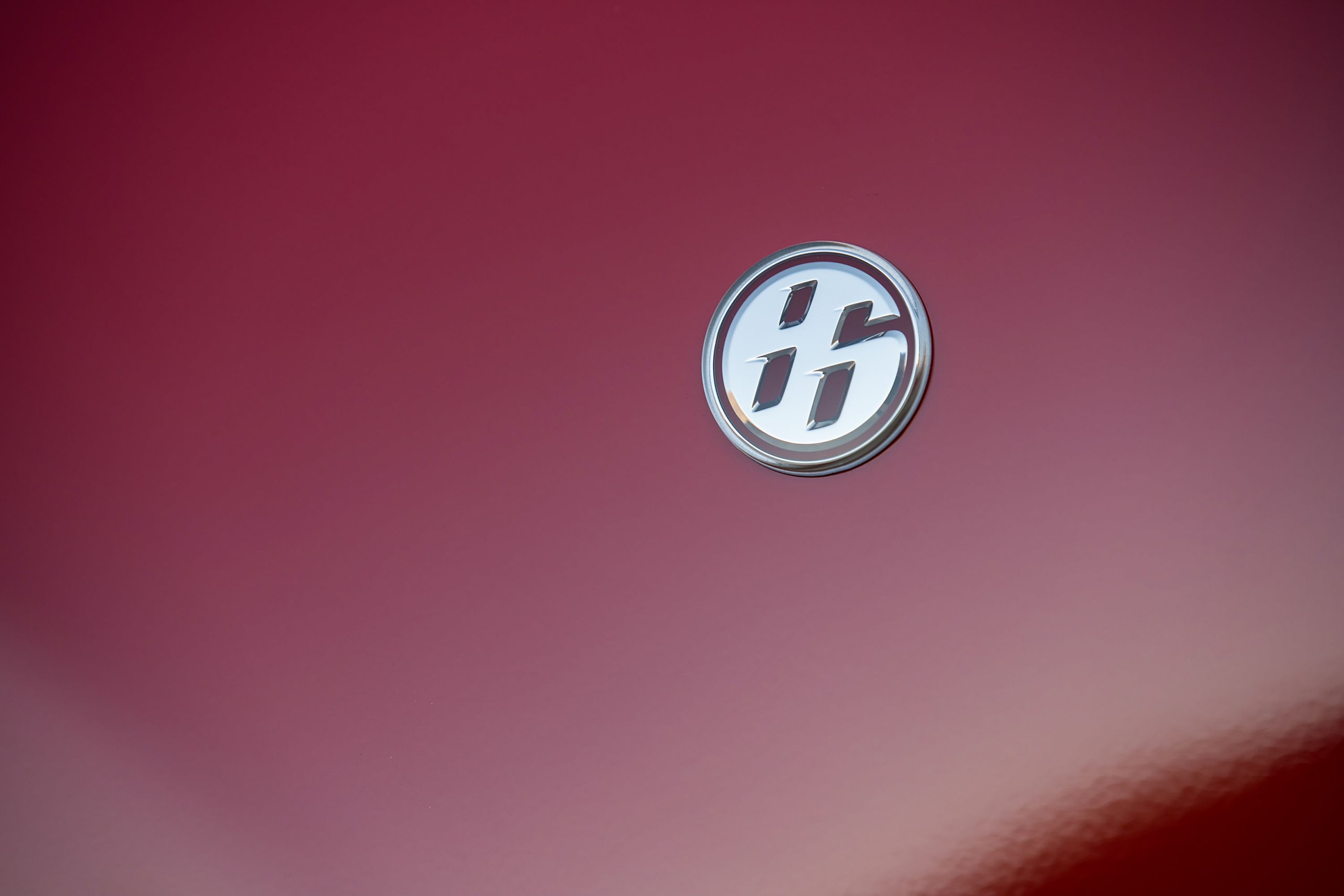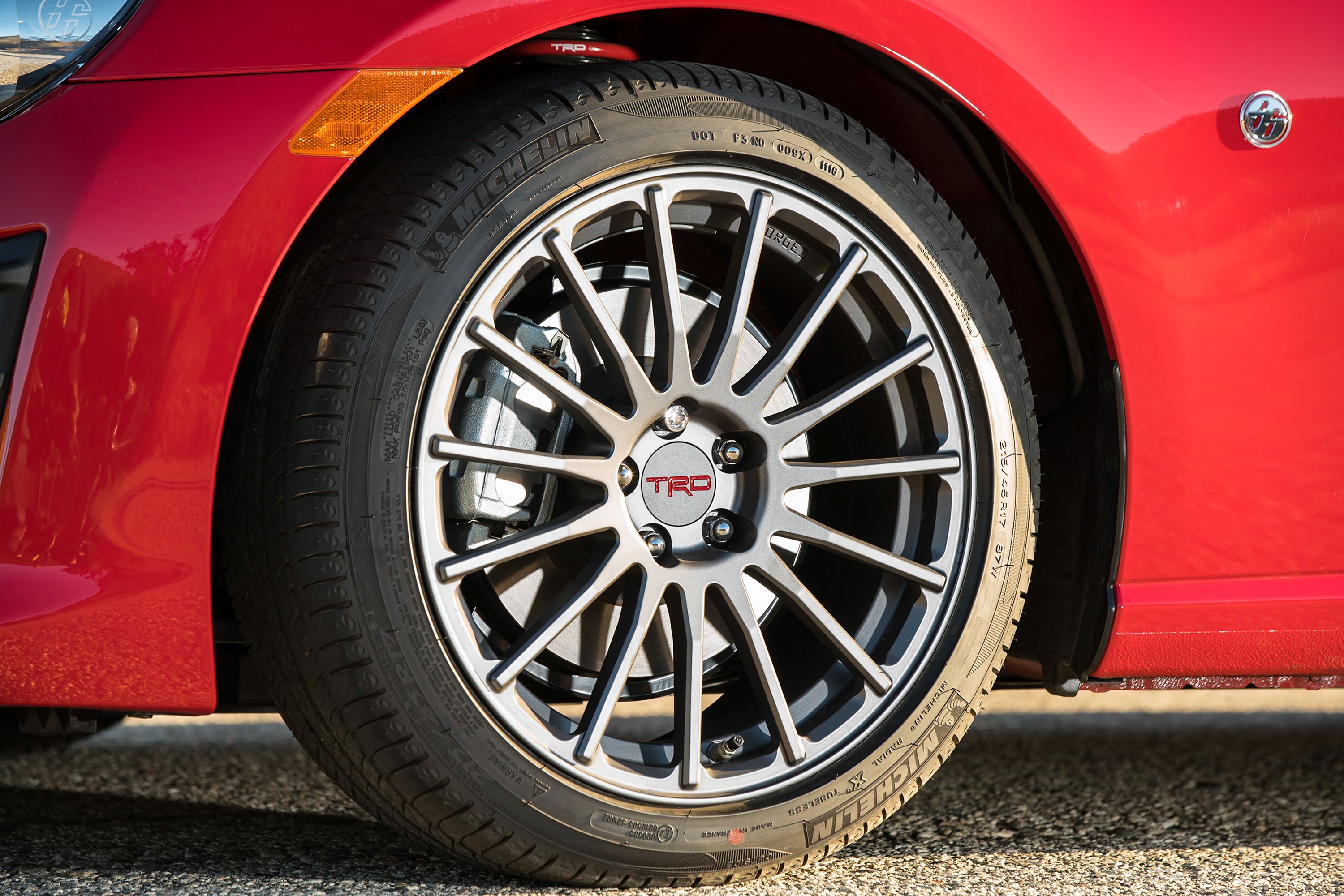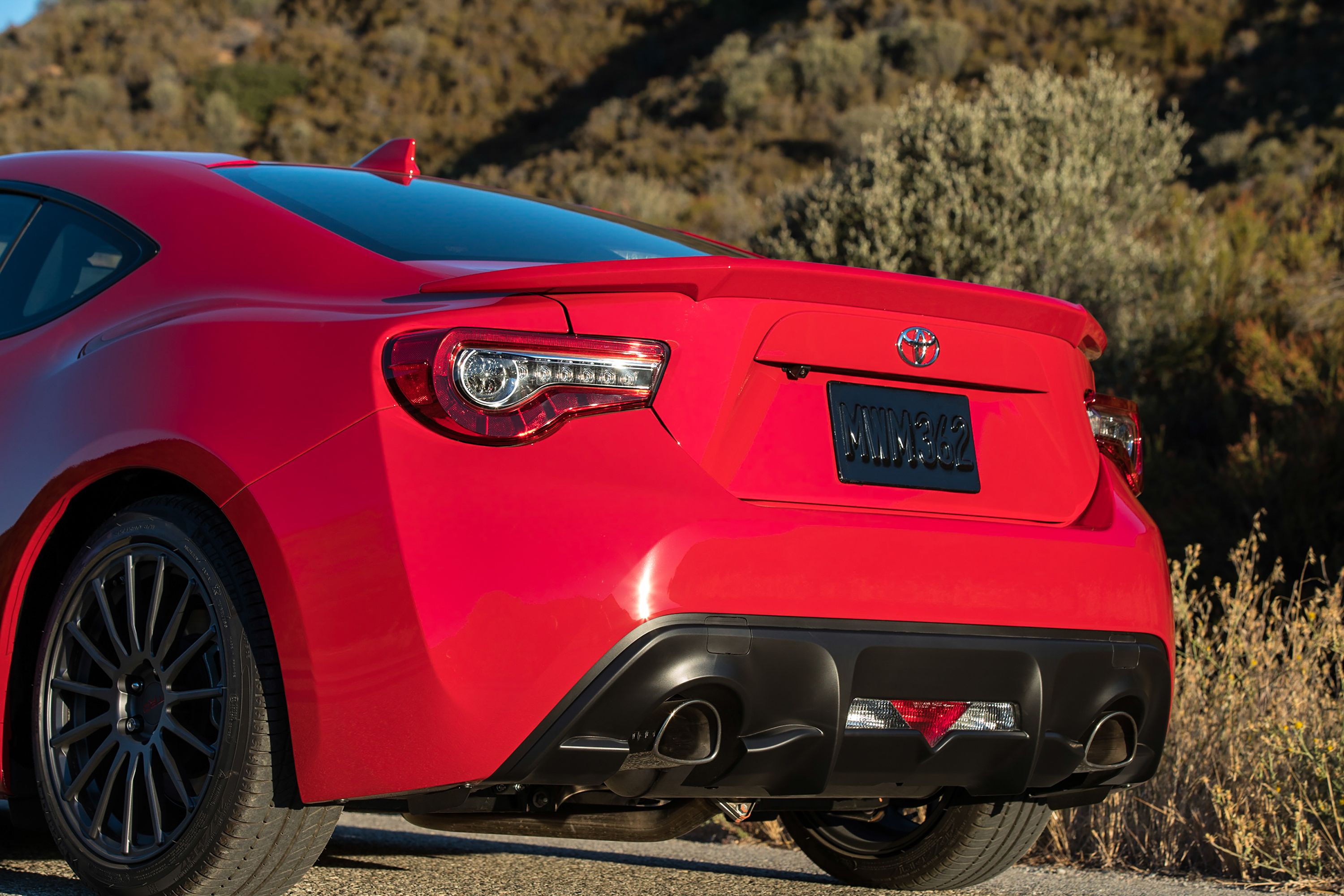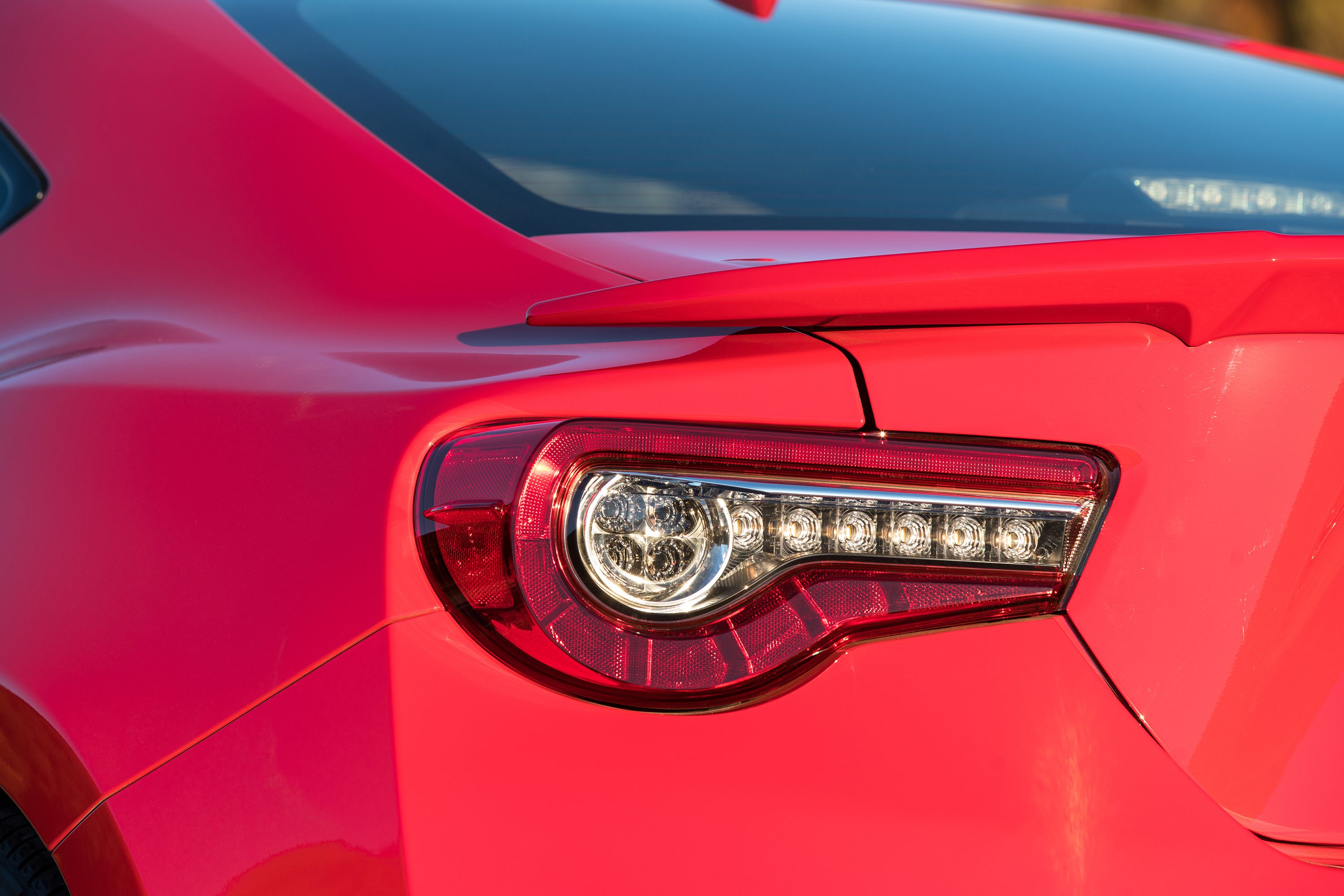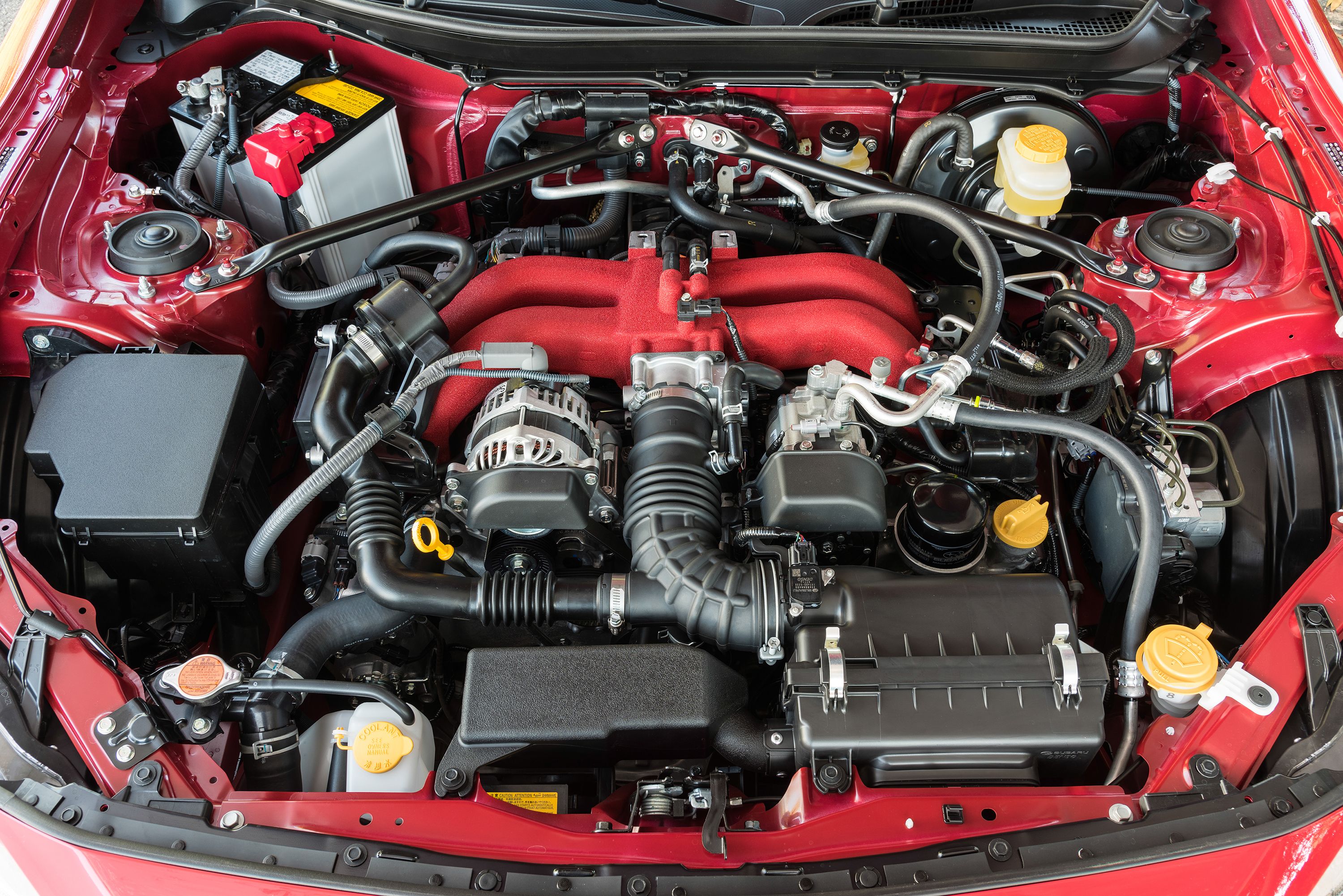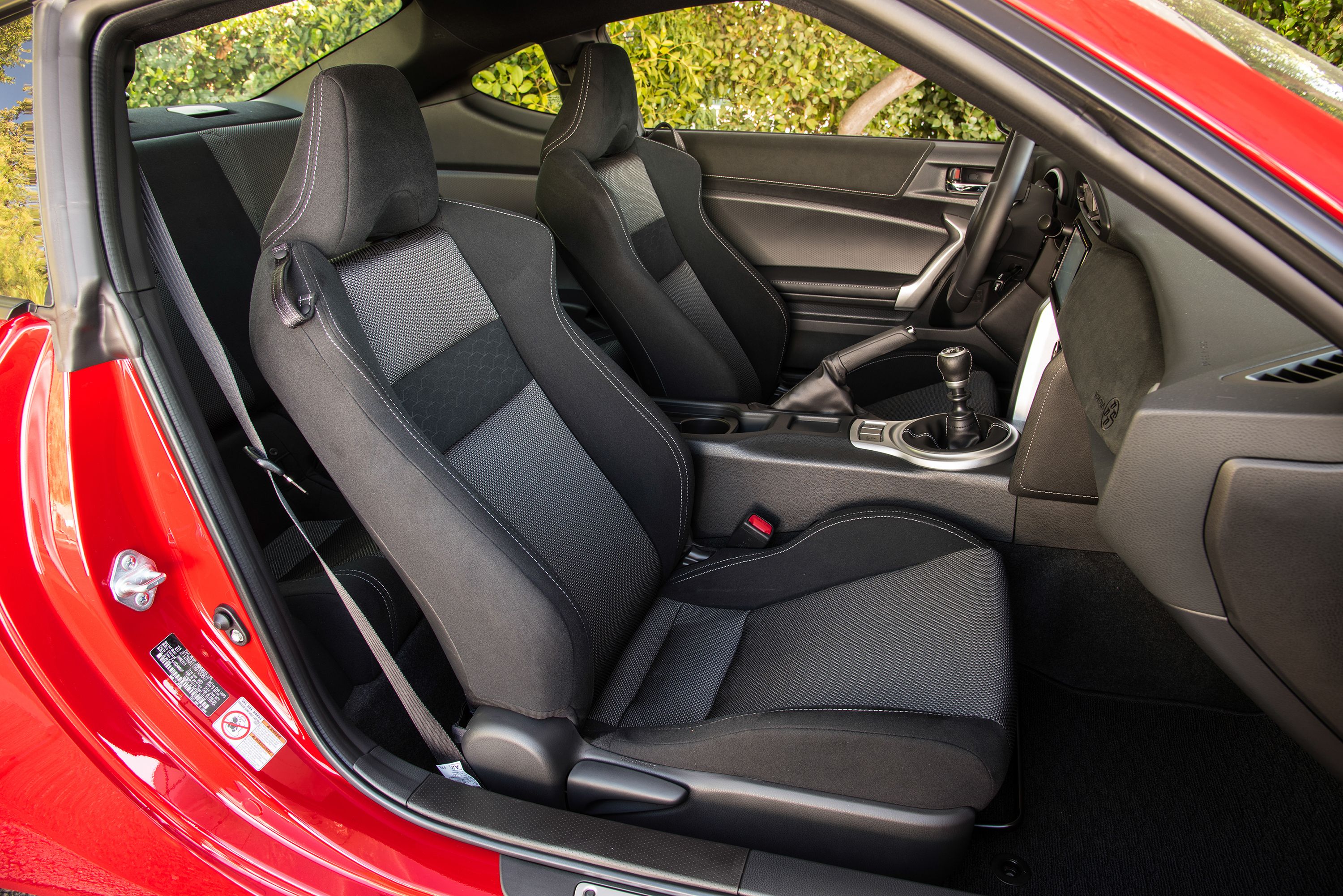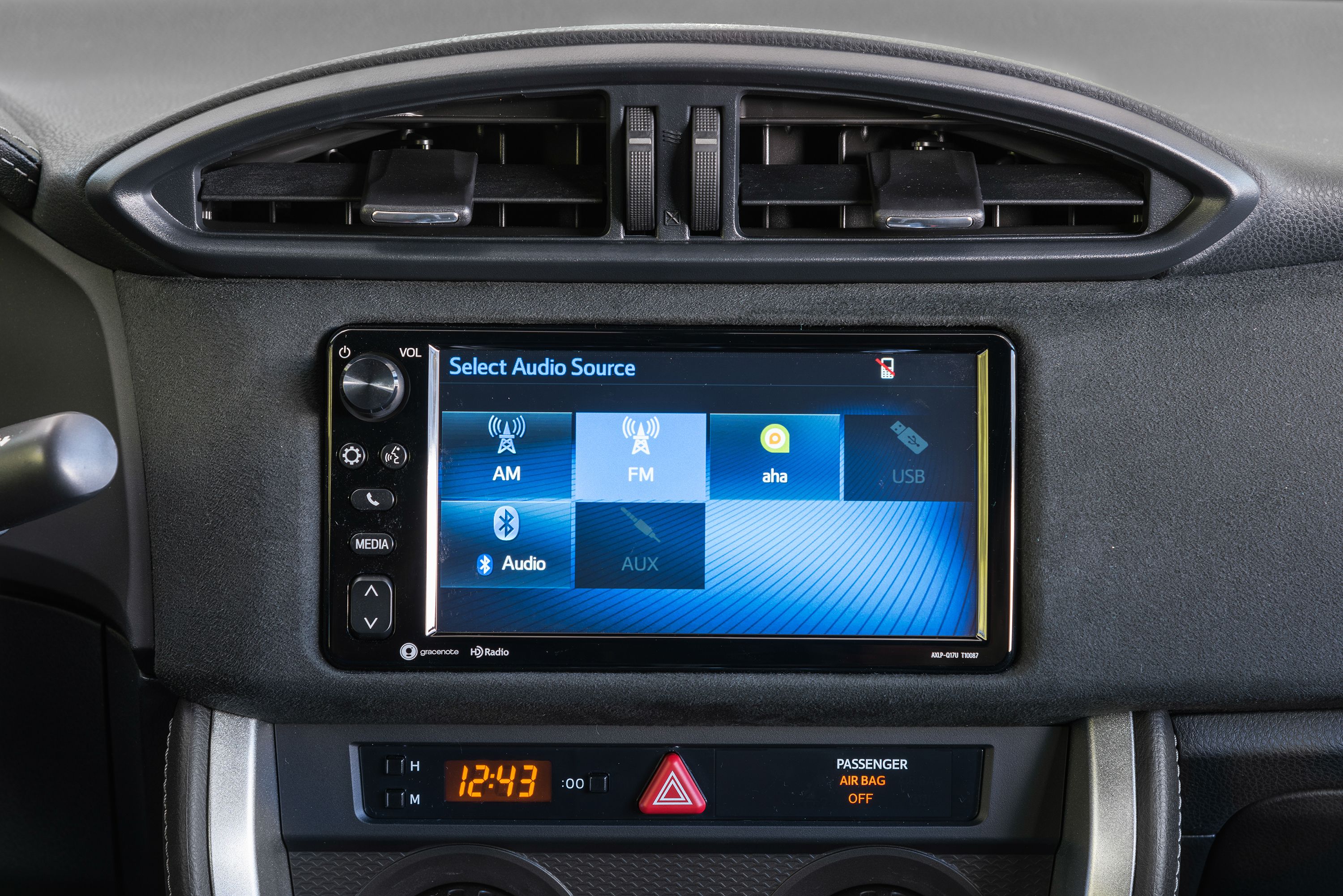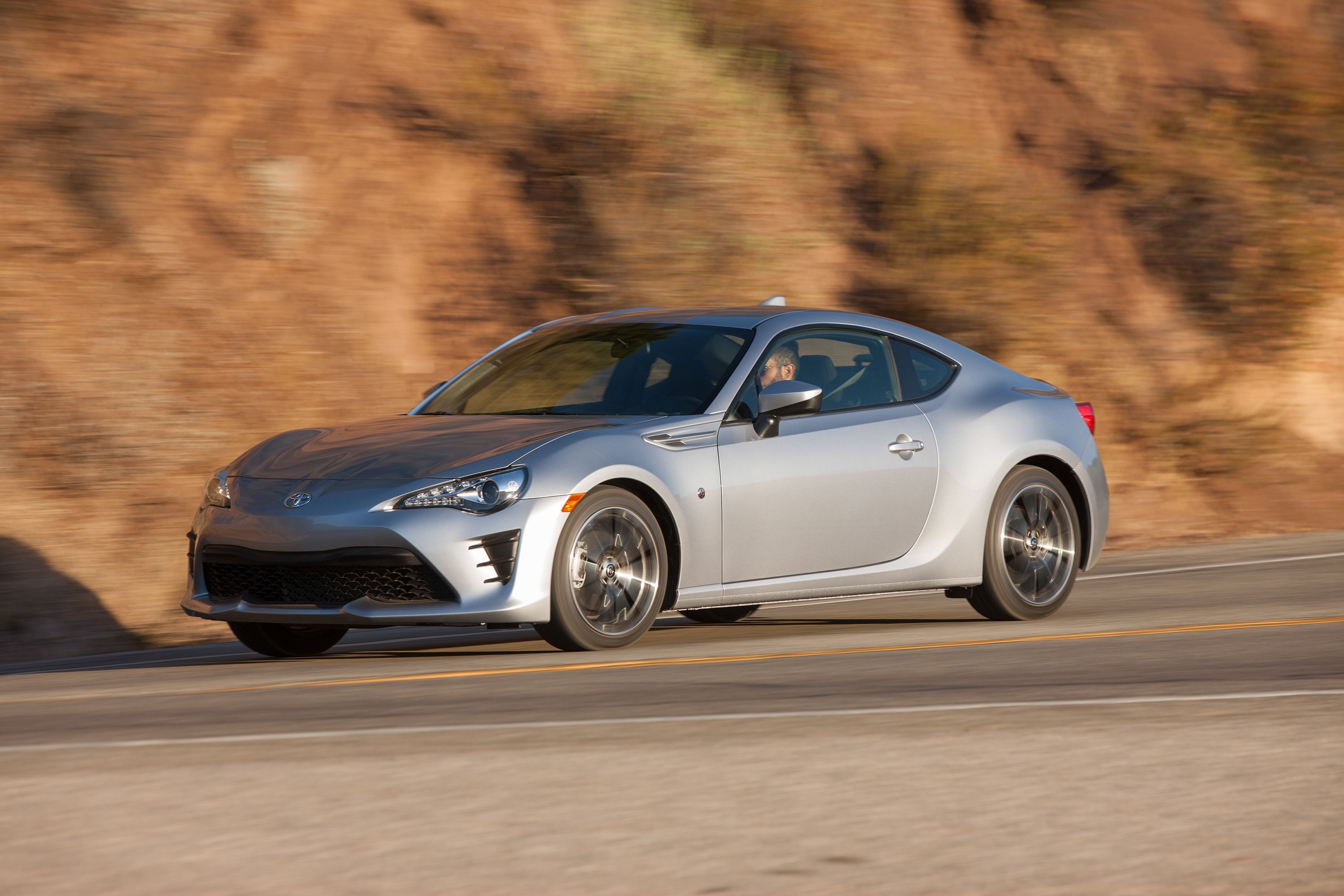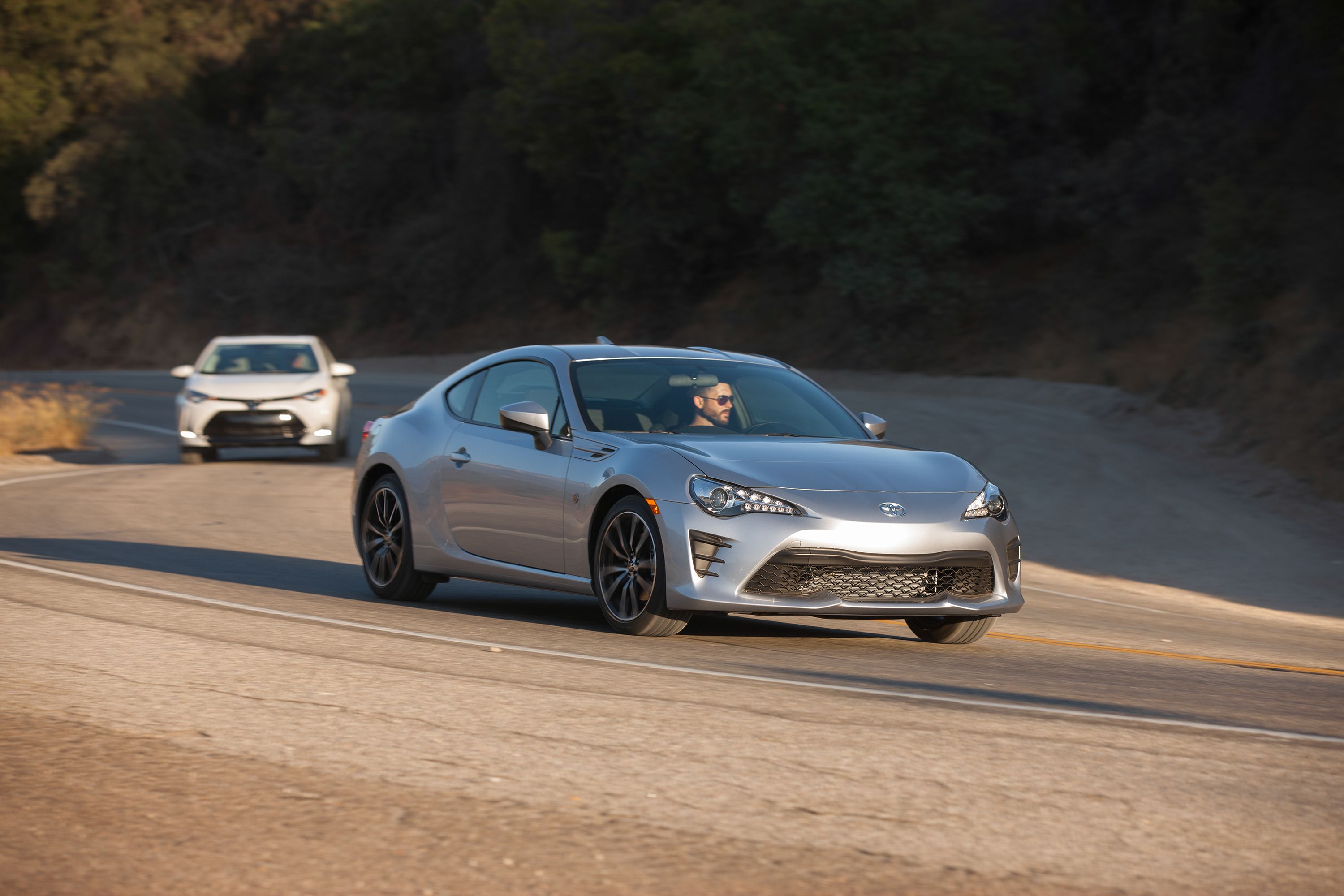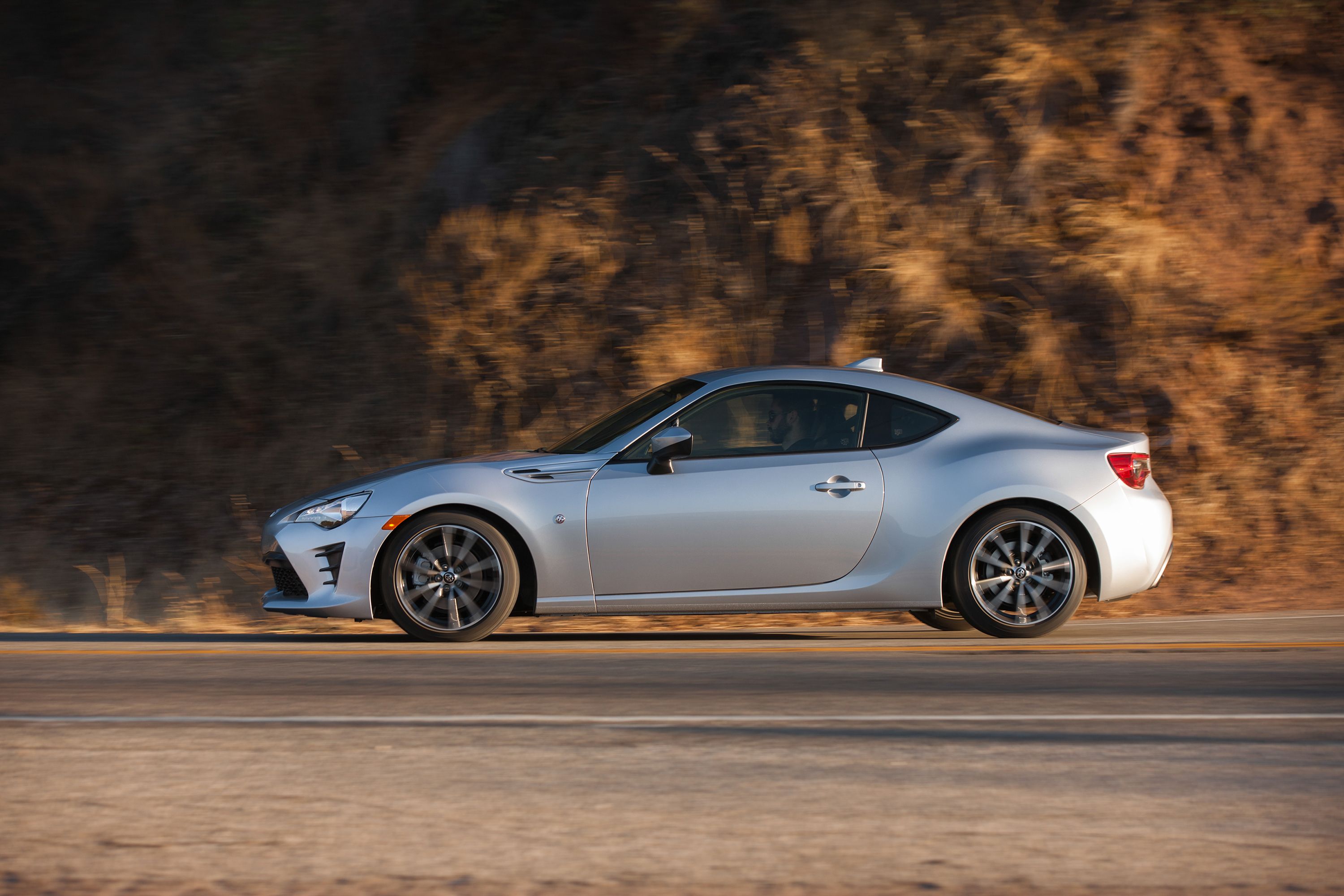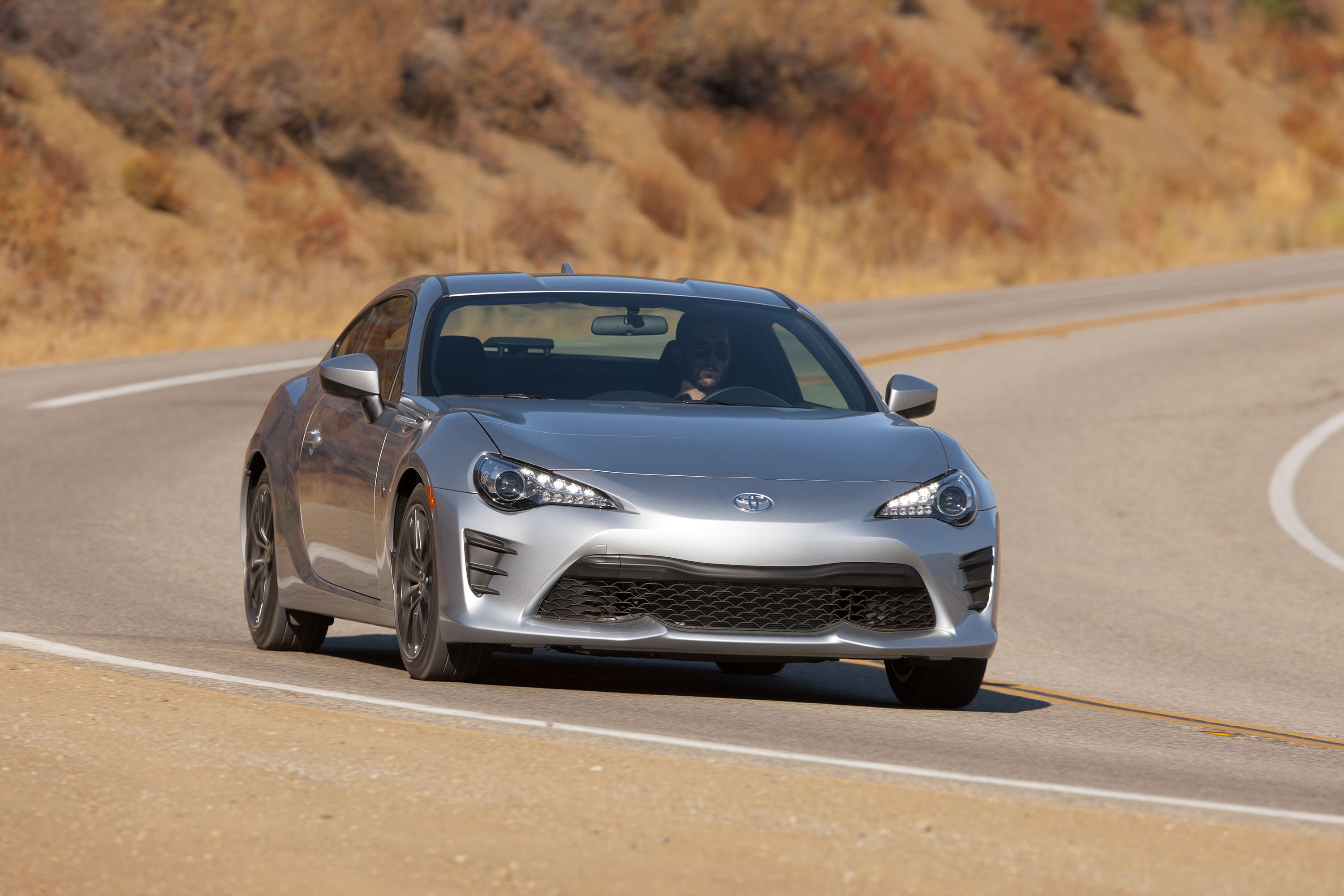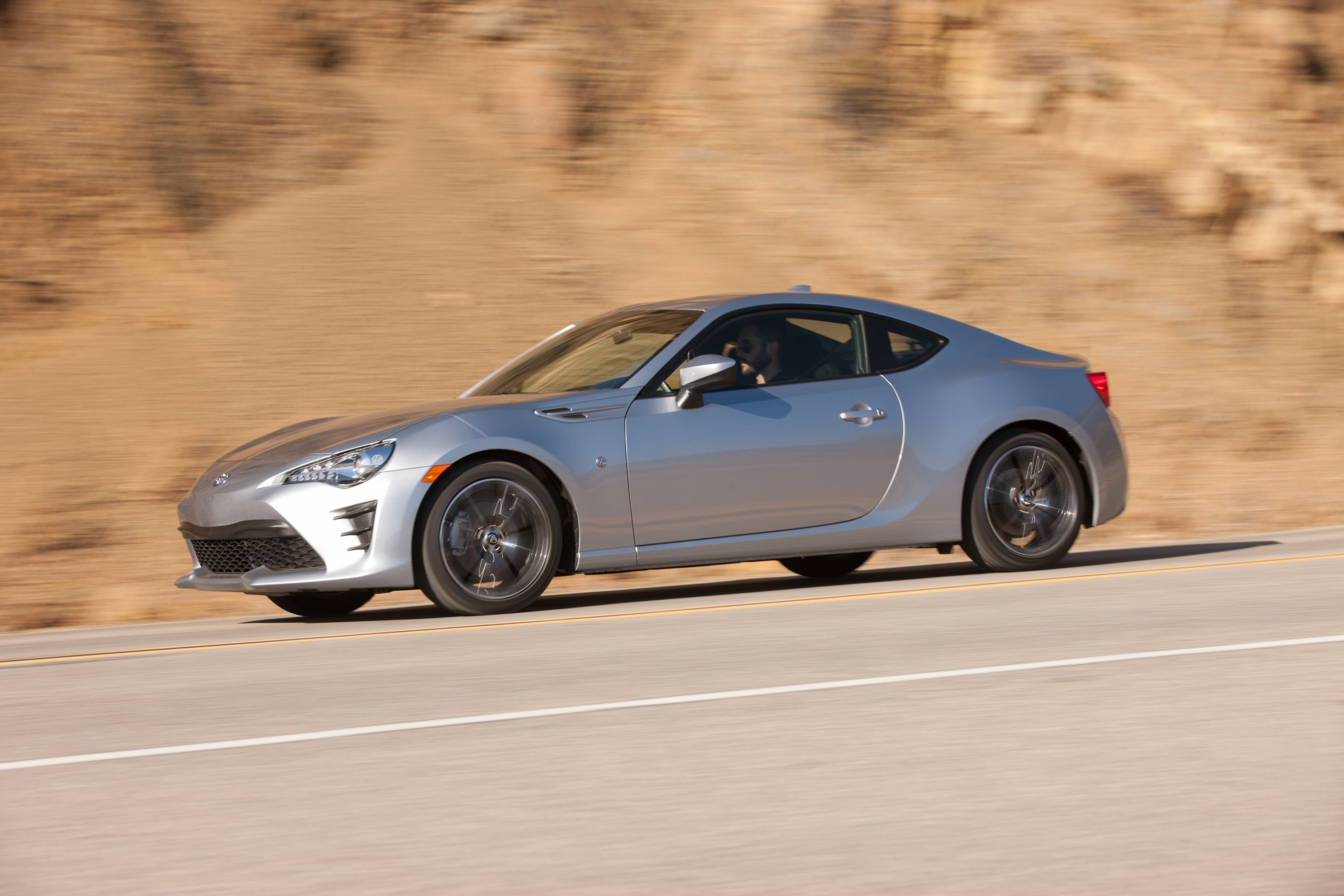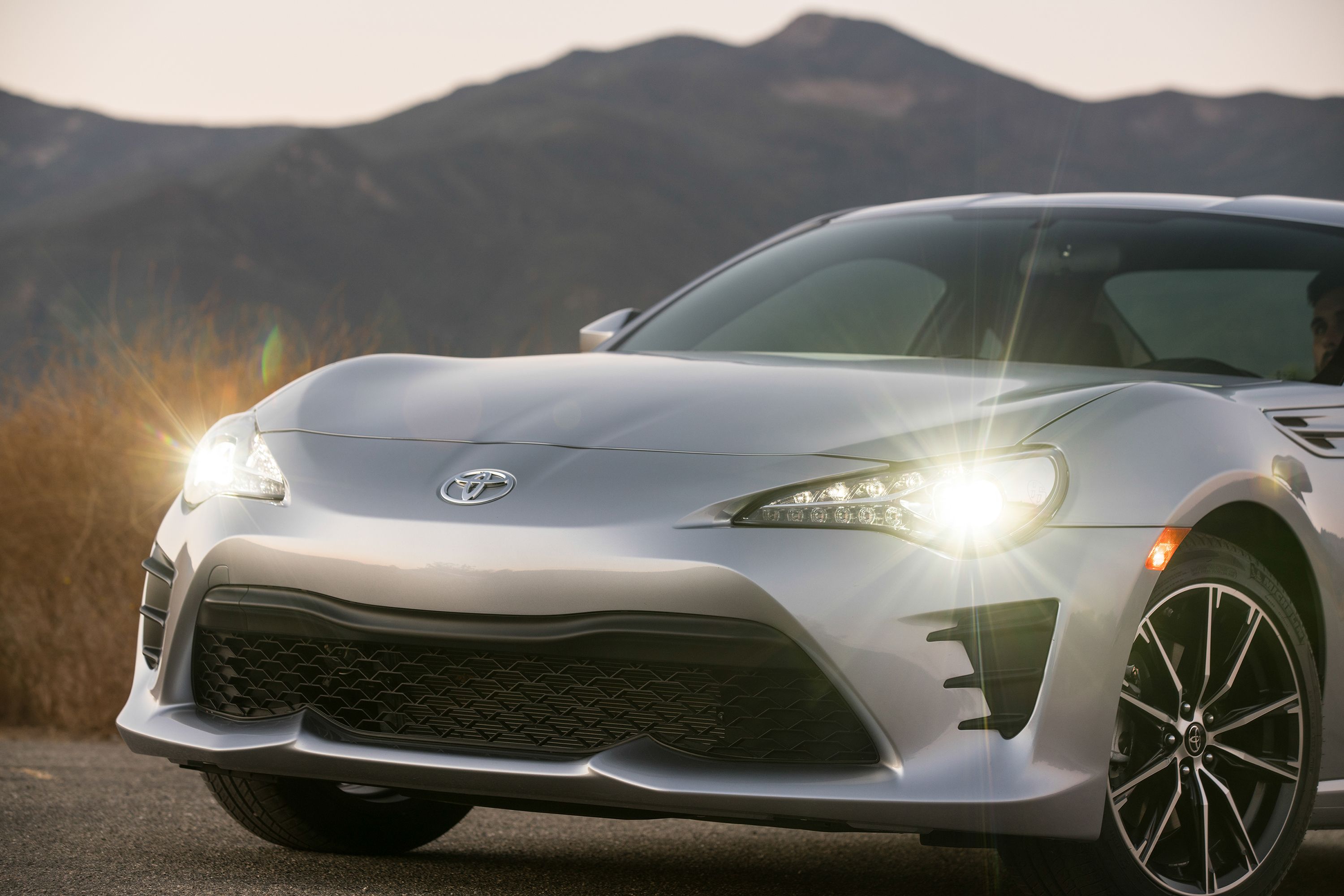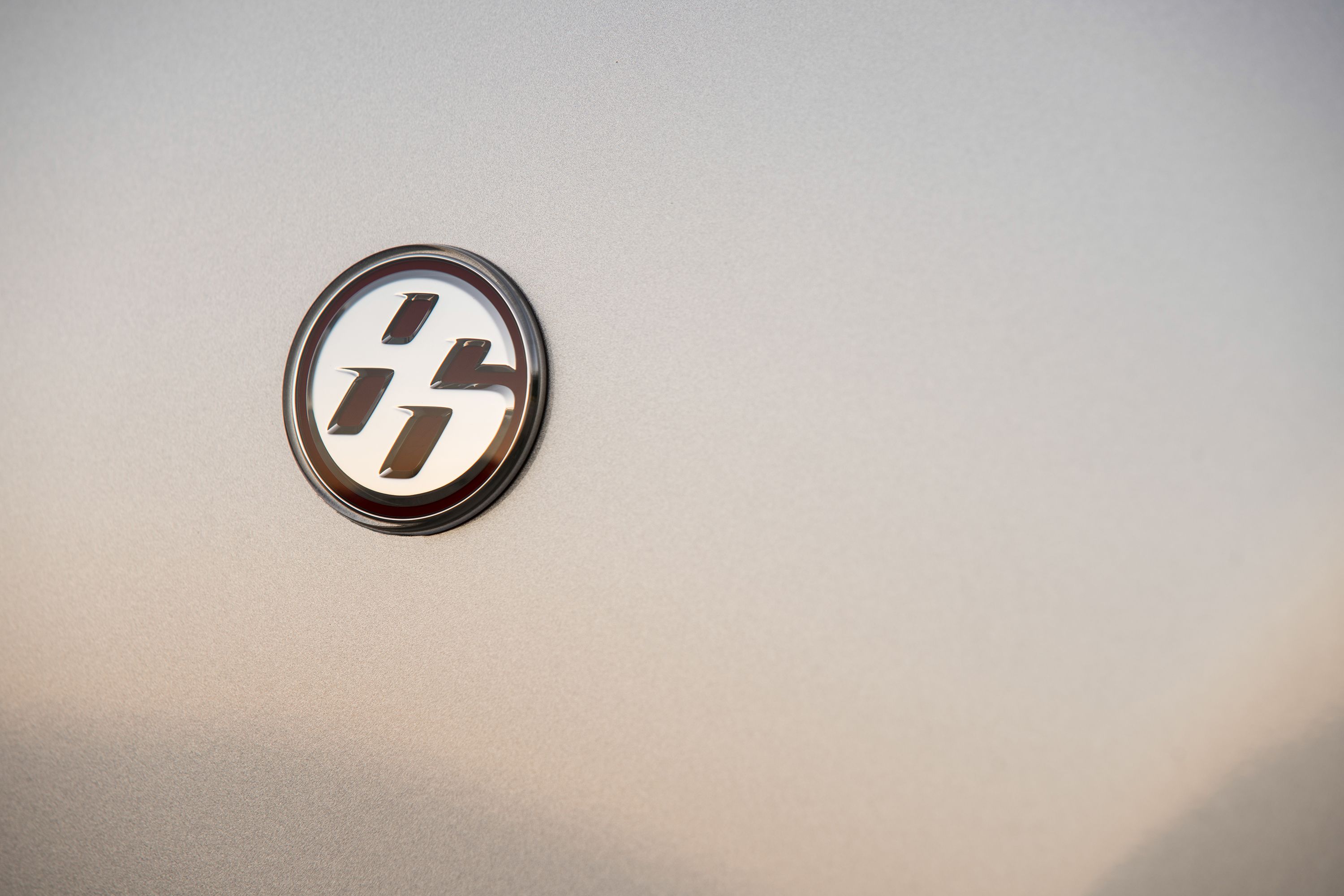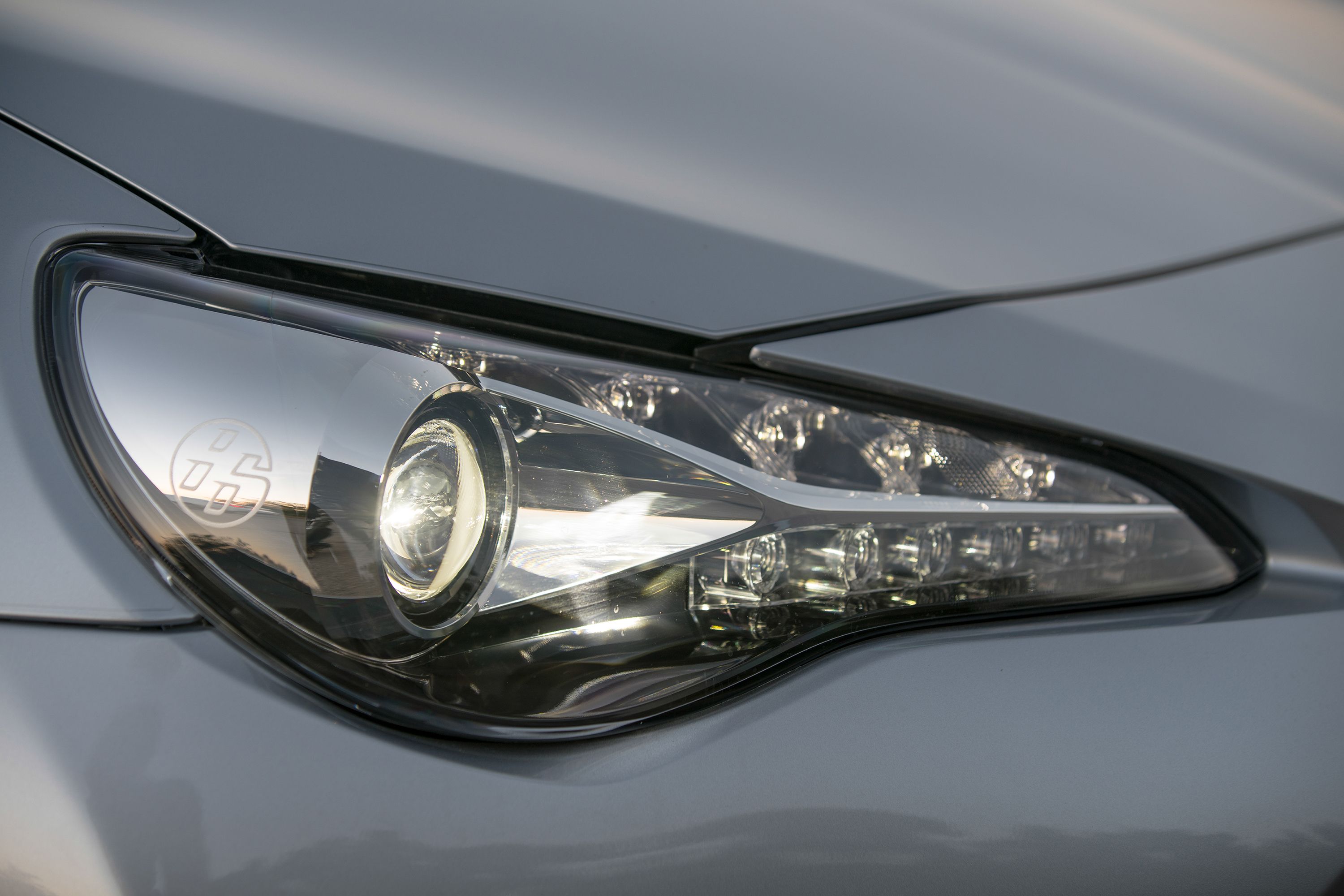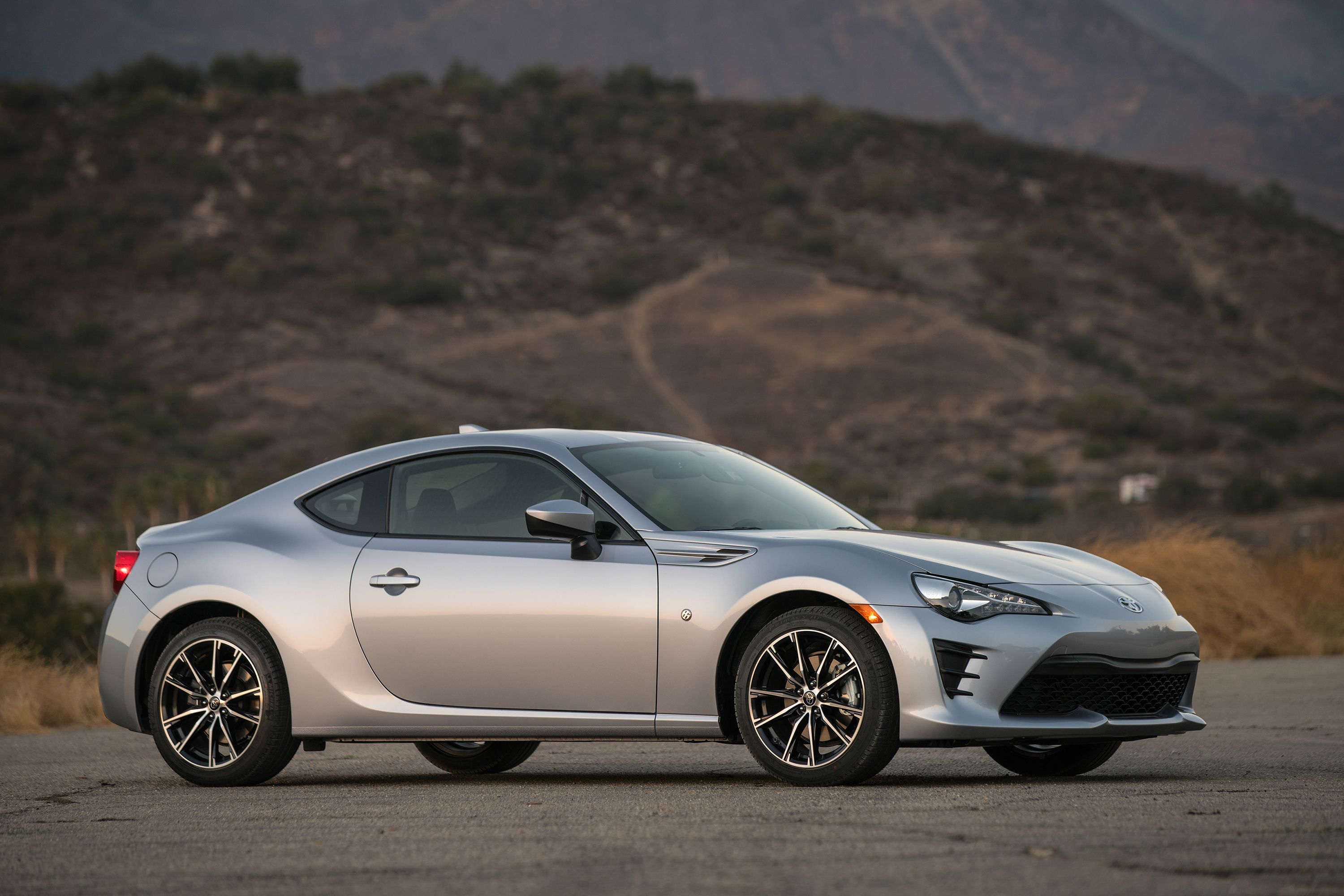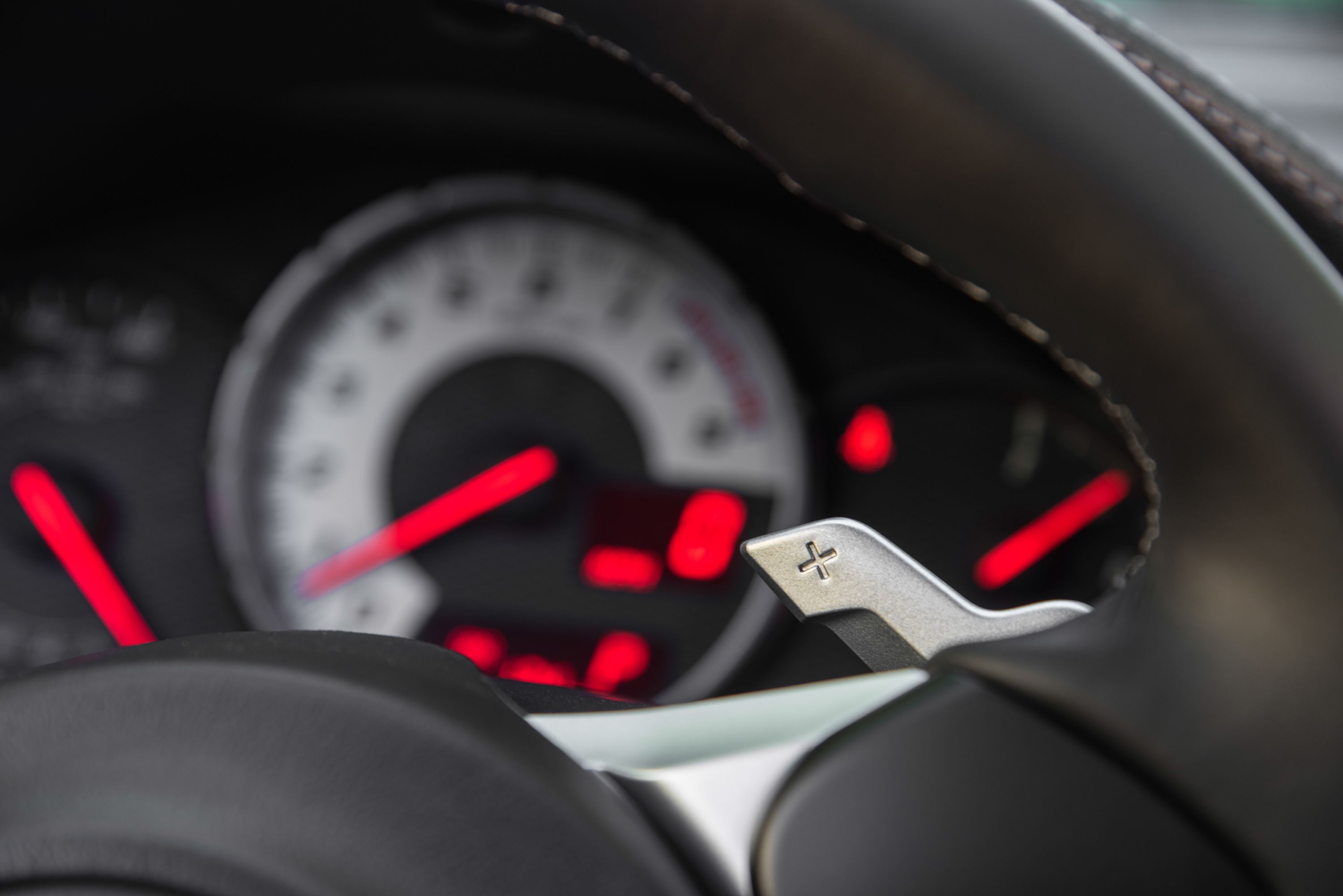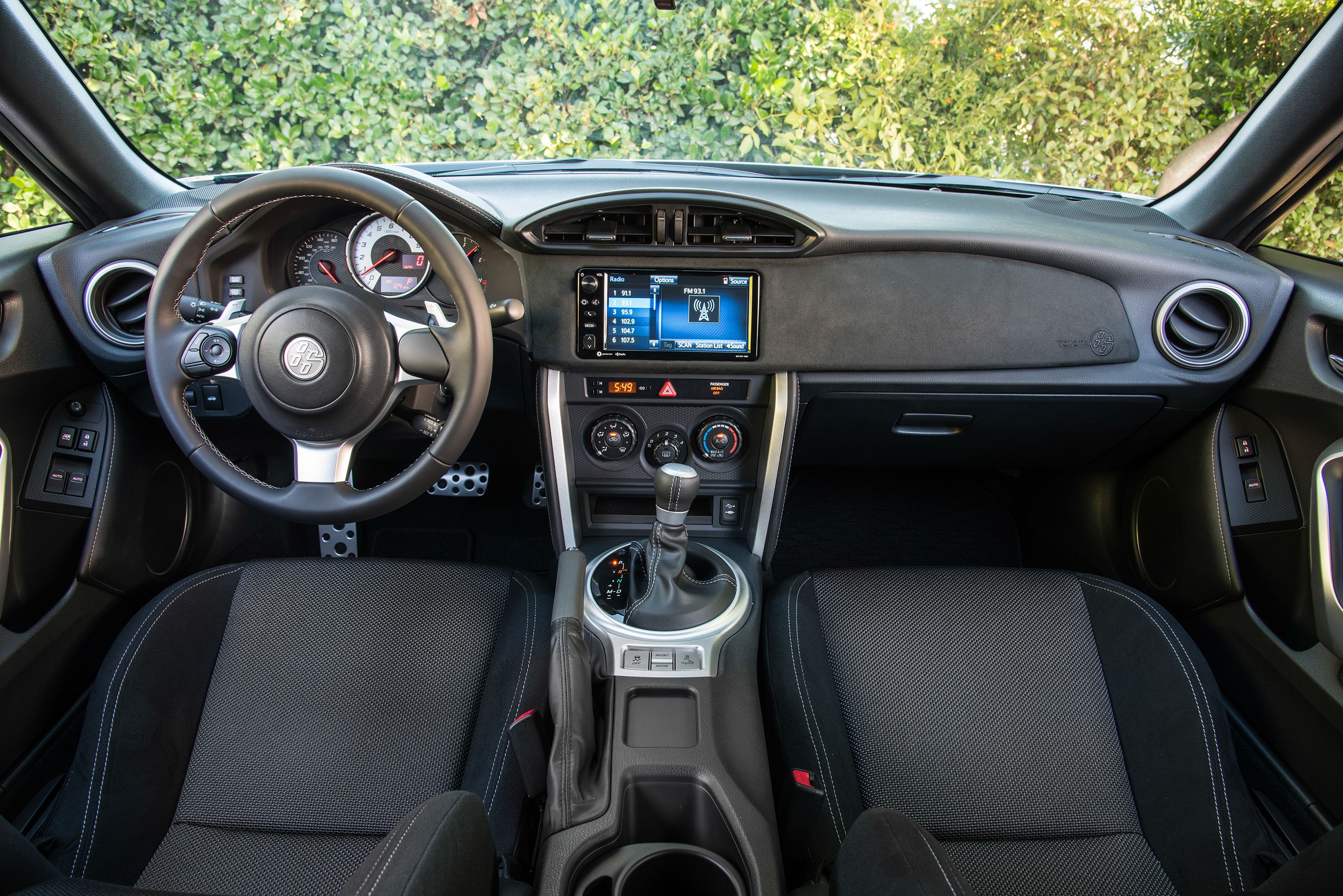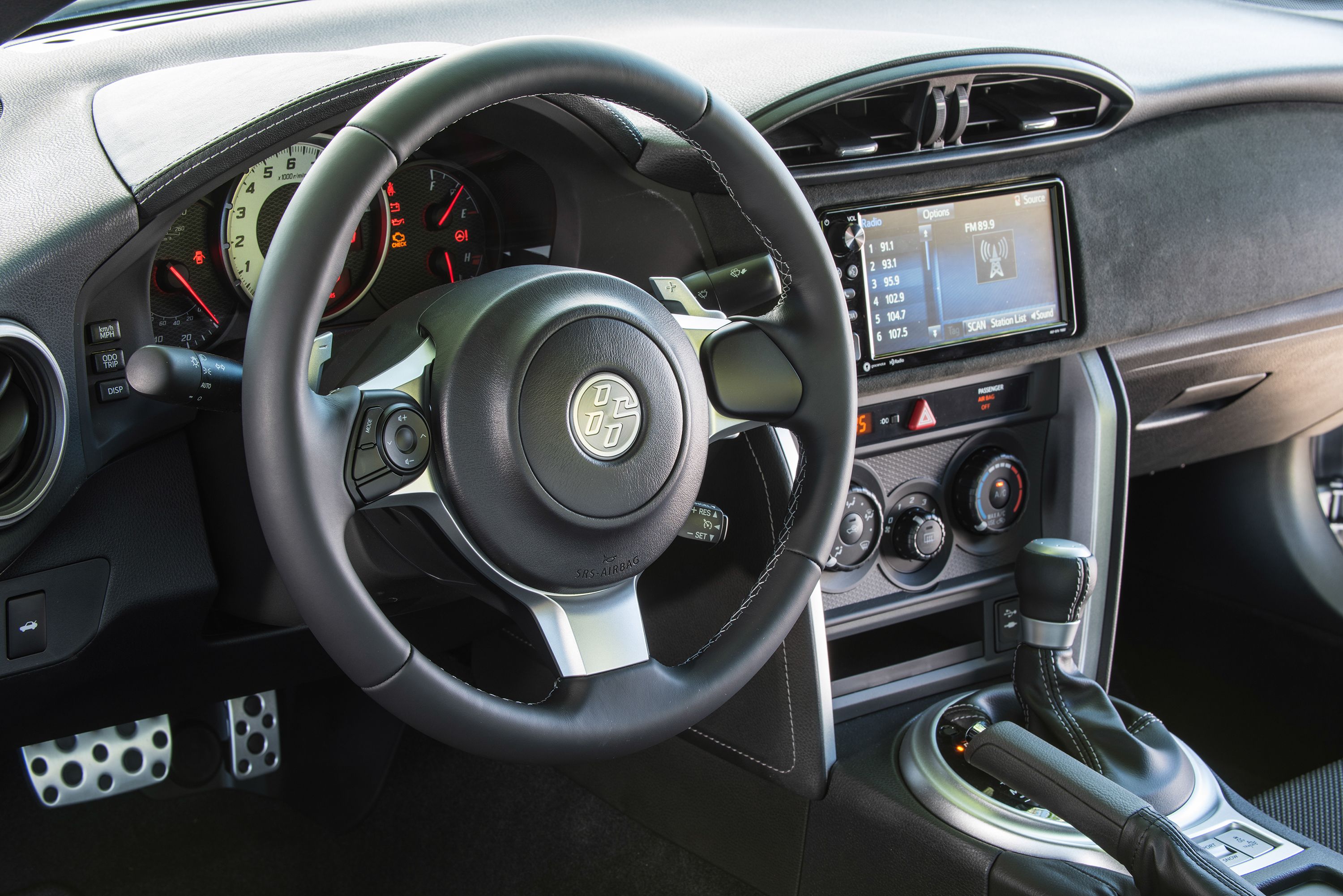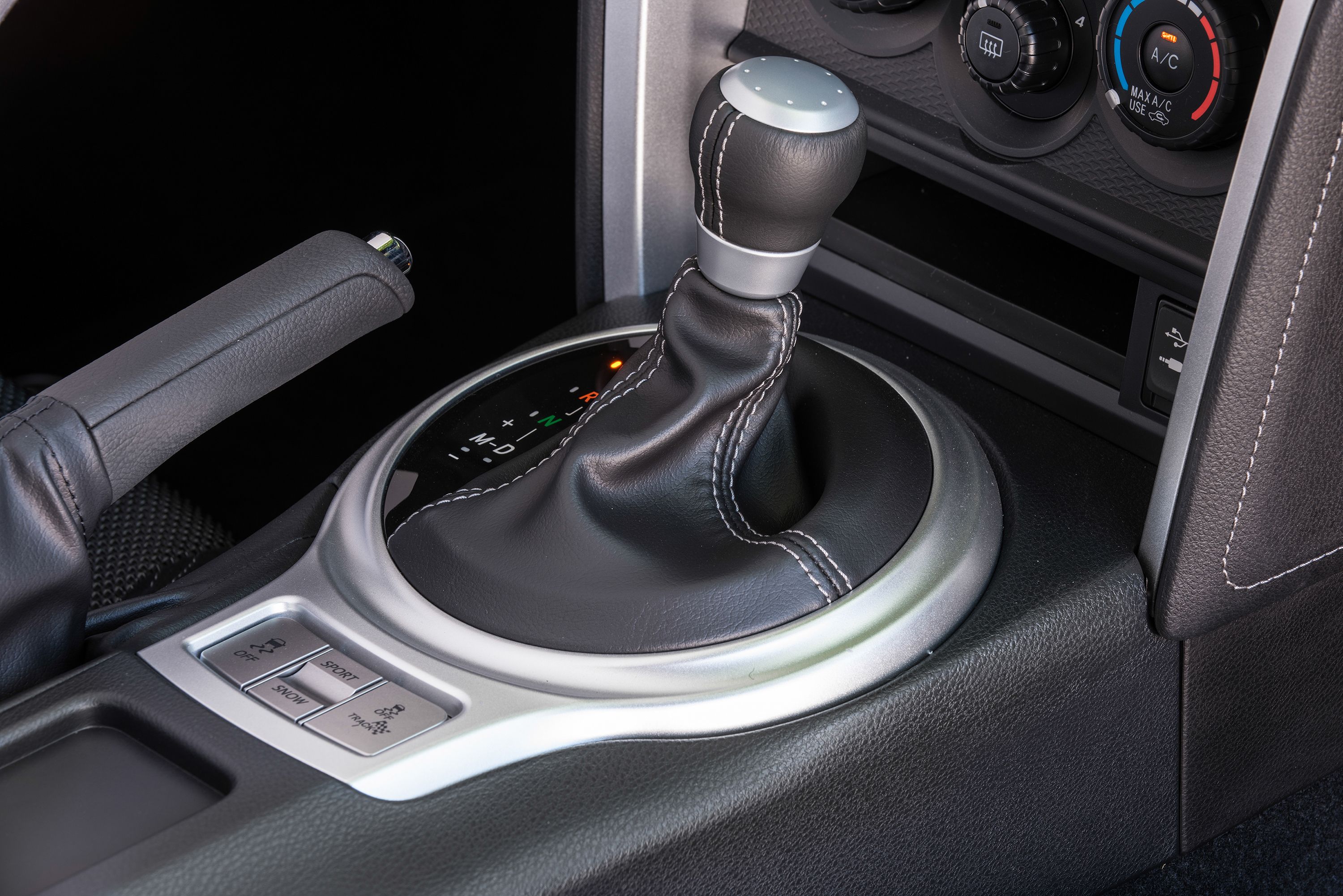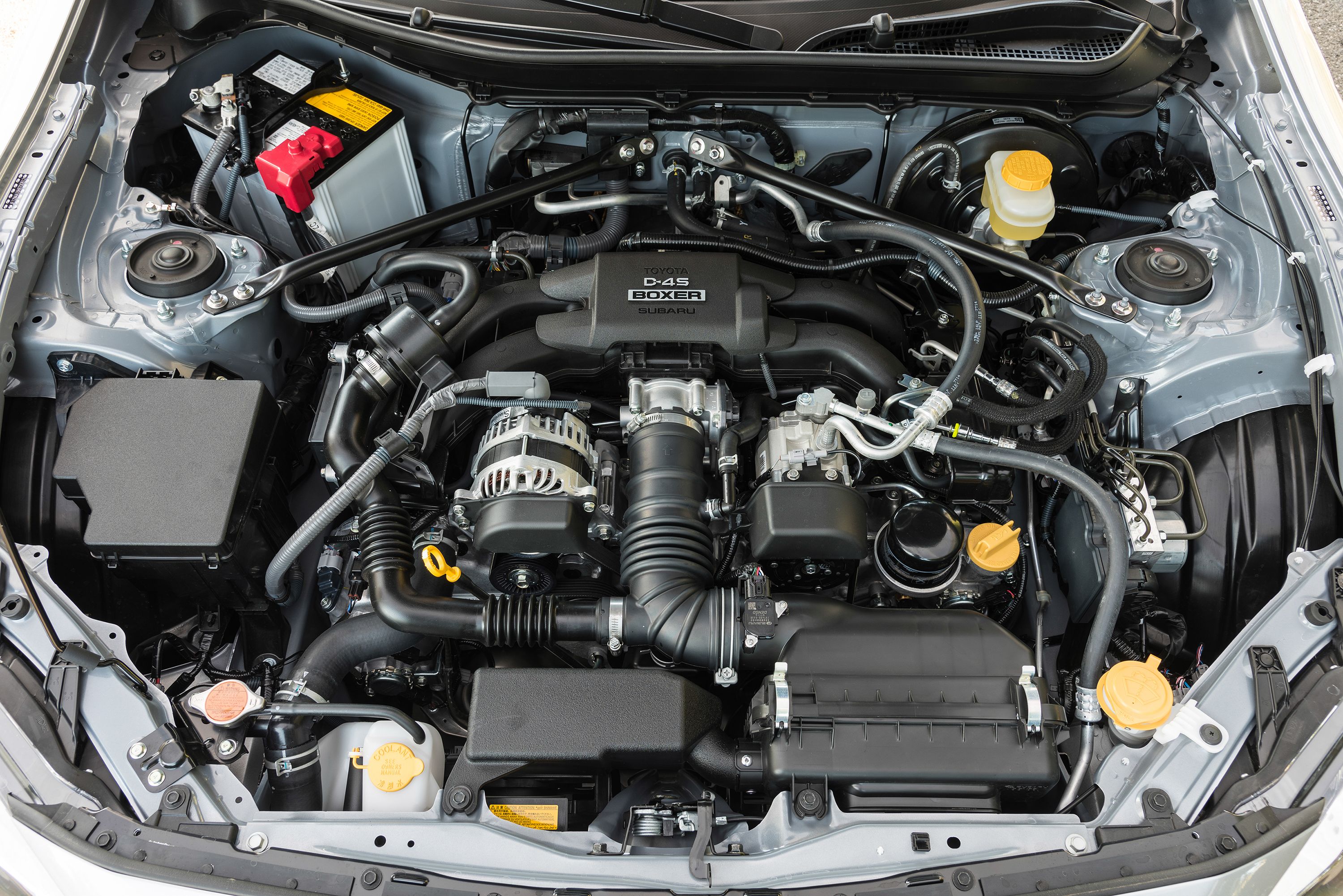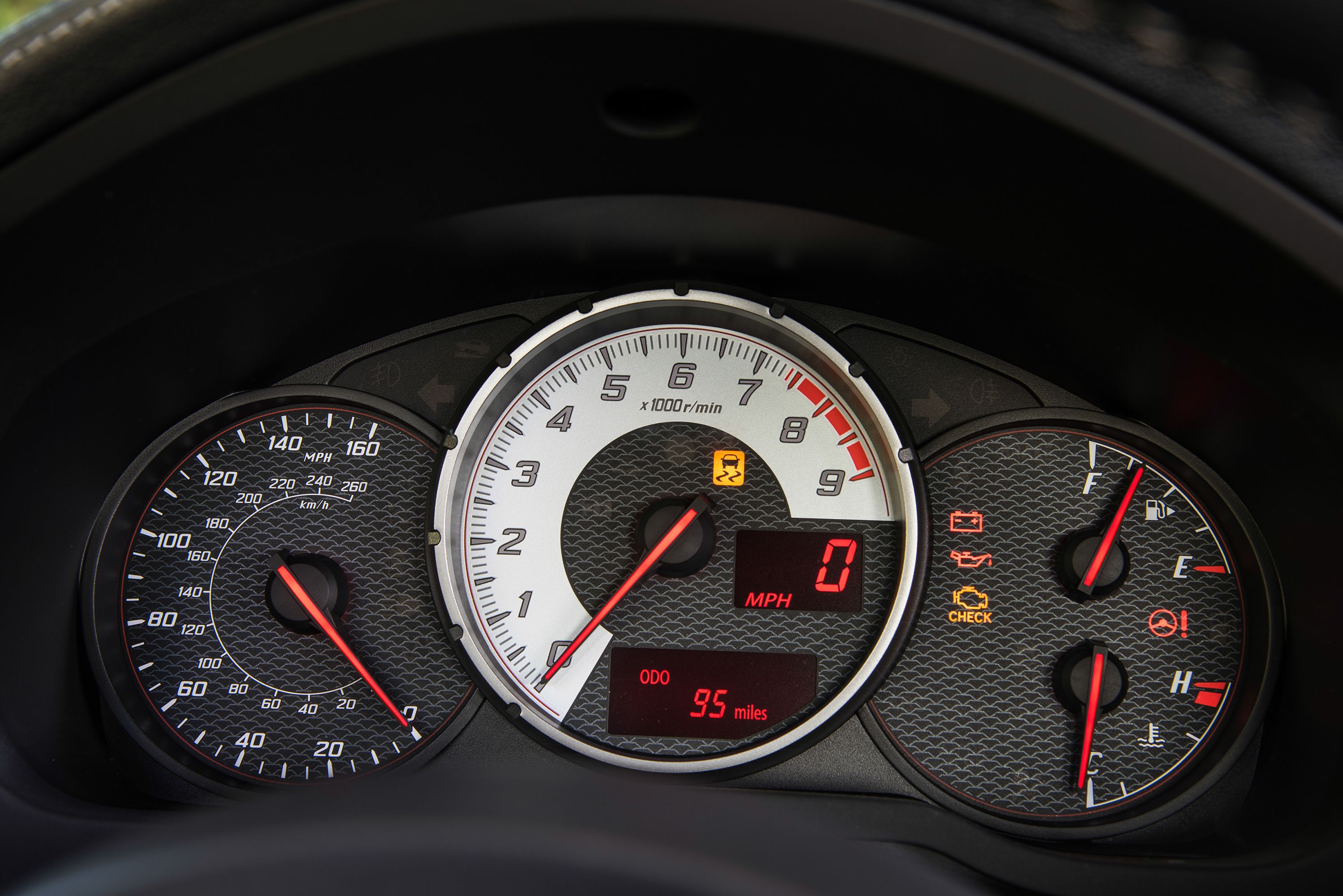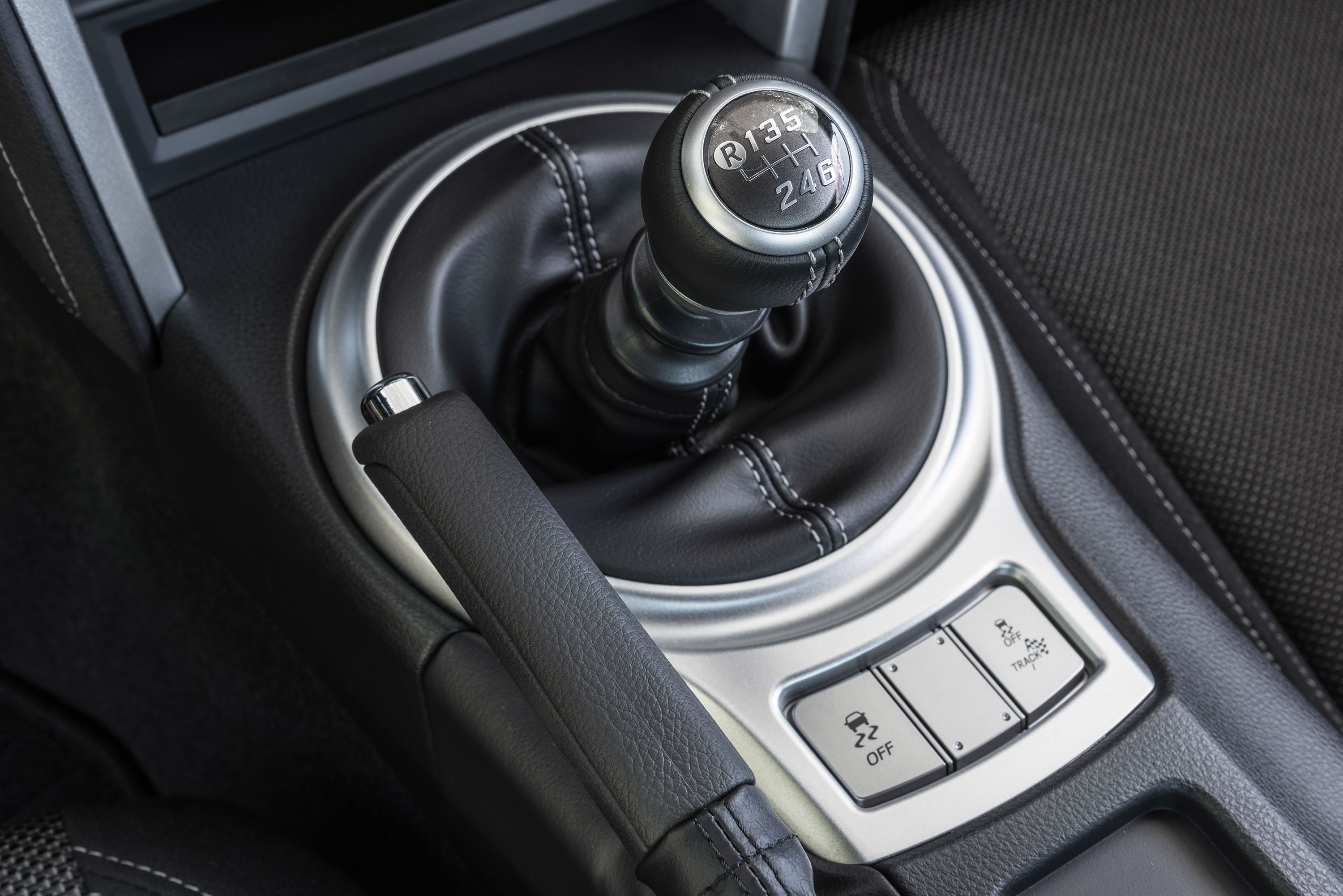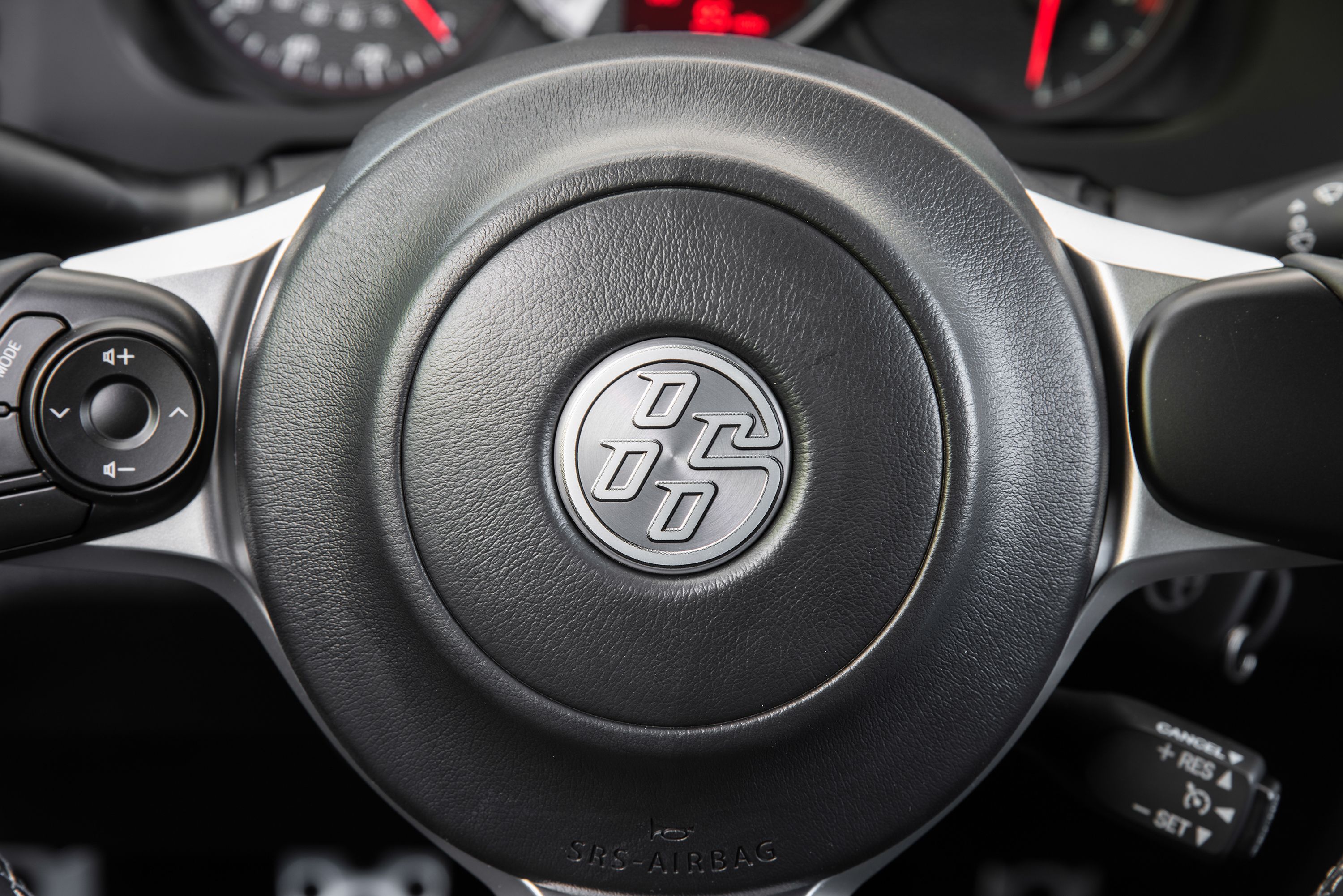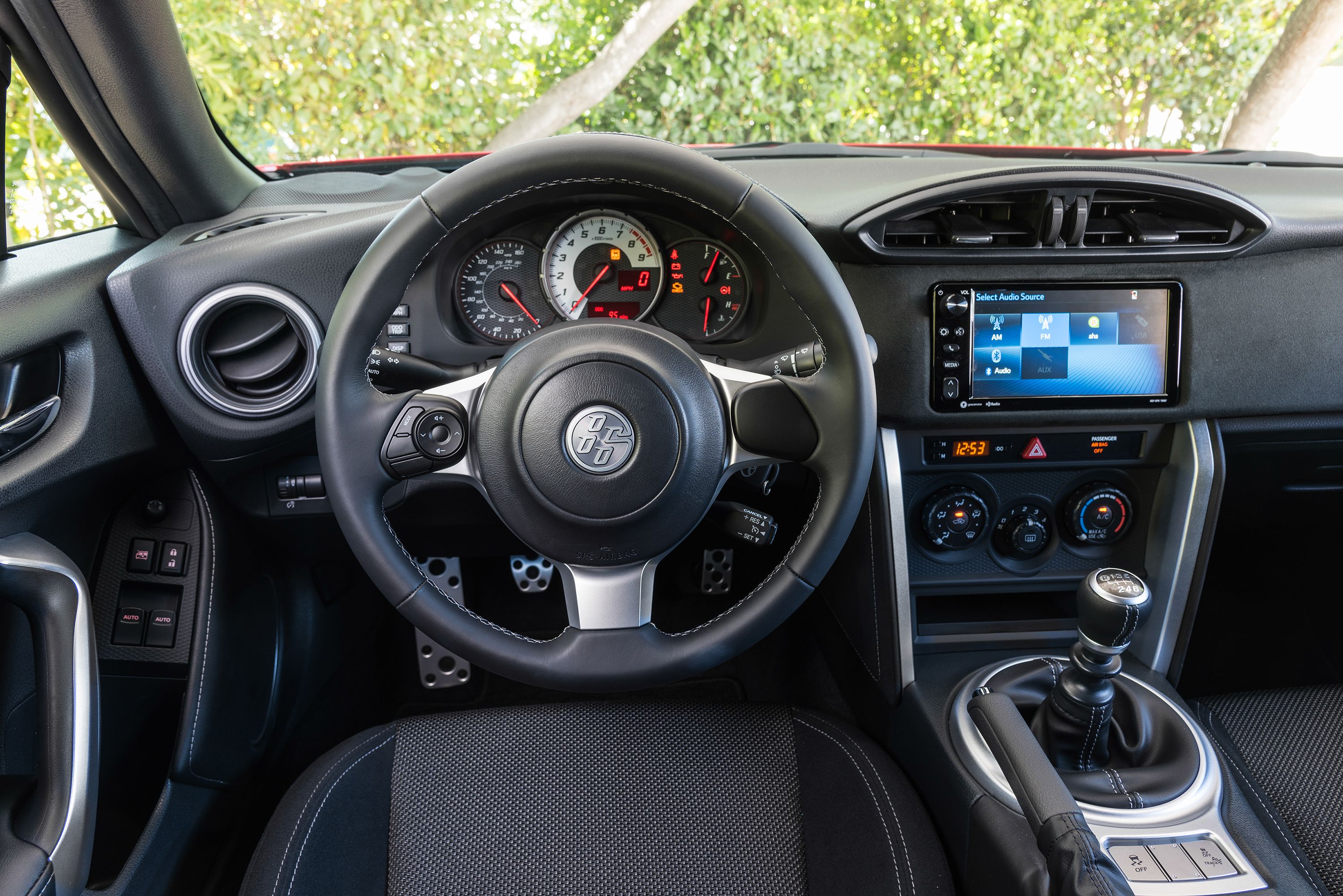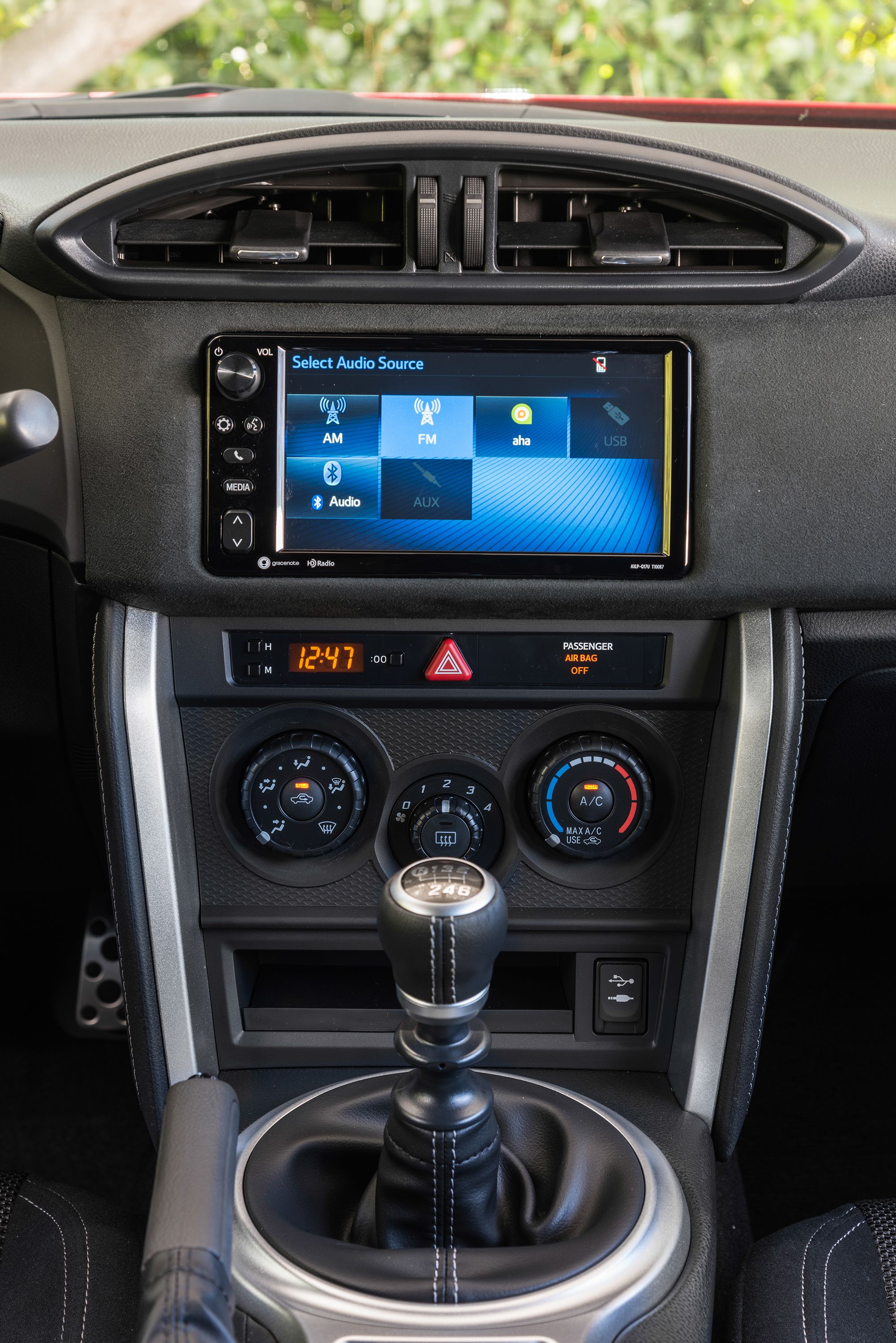What’s it take to create a car for “enthusiasts?” What are the ingredients? Truth be told, there are plenty of four-wheeled recipes out there if you wanna stir up some excitement, but sometimes, what you really need is that classic combo of two doors, power in the rear, low weight, and faultless poise in the twisty bits. Considered traditional fare amongst those with a taste for gas-powered adrenaline, modern interpretations usually carry a price tag that’s out of reach for most. Not so with the 2017 86. Toyota frames it as an affordable sport compact coupe engineered for switchbacks rather than straightaways, taking aim at the kind of person who lives for canyon runs rather than stoplight drags. Tossable, controllable, and above all, fun – these are the things that make this kind of car go, and thankfully, Toyota hasn’t strayed from the original recipe.
I recently got a chance to drive the 2017 86 in its native environment – winding, deserted two-lanes stretching towards some far-flung mountaintop. But the question is this – will the new 86 satisfy, or leave a bitter taste in your mouth?
Continue reading to learn more about the 2017 Toyota 86.
2017 Toyota 86 – Driving Impression And Review
- Make: Array
- Model: 2017 Toyota 86 – Driving Impression And Review
- Engine/Motor: flat-4
- Horsepower: 205
- Torque: 156
- Transmission: six-speed manual
- [do not use] Vehicle Model: Array
Model History And Background
The 86 nameplate is plucked from Toyota’s history, paying homage to the “AE86” chassis code used by enthusiasts as a synonym for the iconic Corolla GT-S. Produced for a brief period in the mid-‘80s, the Corolla GT-S remains a true cult classic, offering the same low-weight, RWD antics that the modern model attempts to duplicate.
In 2009, Toyota introduced the FT-86 concept at the Tokyo Motor Show. Created as a joint project with Subaru, the FT-86 eventually evolved into the production two-door sports coupe we know today, taking the name “86” in Asia, South Africa, South America, and Australia, and “GT86” in Europe. Meanwhile, Subaru dubbed its version the “BRZ” across all markets.
Stateside, however, Toyota called the 86 the Scion FR-S, effectively setting the standard for max smiles-per-dollar in the youth-oriented brand’s lineup. Now, with Scion’s demise, Toyota is absorbing the good stuff and rebadging it as its own, simplifying the model name to “86” globally.
Exterior
While driving dynamics are obviously the primary focus here, a sports coupe should also have the ability to turn a few heads when cruising down the boulevard. To that end, the 2017 86 gets an aesthetics refresh that really does add a new layer of aggression to the pocket-sized two-door.
The most noticeable update can be found in front, where the fascia gains new angles, cuts, and swoops. The central intake now appears both slimmer and wider than before, with fang-like points added along the lower edge of the grille. The side bezels are also new, and there are plenty of “86” badges scattered across the body panels. Even the headlights are etched with the numbers.
Speaking of the headlights, the 2017 86 gets copious LED illumination at both ends, including the front-facing projectors (which also incorporate low beams with an auto on/off feature), daytime running lights, front turn signals, rear turn signals, brake lights, and the center-mounted stop lamp. LED fog lights are optional.
In the corners, you’ll find new 17x7-inch alloy wheels with a “twisted spoke” design. Alternatively, you can go for 18-inchers from TRD, or the 17-inch, 15-spoke matte grey units seen here on my tester. The side-view mirrors are matched to the body color as standard, and there’s a shark fin antenna up top.
In back, there’s a new bumper outfitted with an enhanced lower diffuser element housing dual chrome-plated exhaust outlets. The rear lip spoiler on the trunk lid costs extra.
All in all, the car is surprisingly aerodynamic, offering a coefficient of drag (Cd) rated at 0.29, which actually matches efficiency-oriented models like the BMW i3 and Nissan Leaf. And that’s a good thing, considering how much power this thing makes (check the Drivetrain section for more info).
Buyers get seven exterior paint colors to choose from, including Ablaze (red), Asphalt (dark grey), Halo (pearlescent white, like the tester pictured here), Hot Lava (orange), Oceanic (blue), Raven (black), and Steel (silver).
Impression
According to Toyota, the new look takes inspiration from one of the prettiest and most desirable automobiles ever created – the 2000 GT. The automaker points to the “low roof height” and “flowing front fenders” as key elements for comparison, but I’m not convinced I see the similarities. Rather, I consider the 86 to really be its own car when it comes to visual appeal.
When I first saw the updated look, I didn’t like it. I found the front end to be way too busy, and considered the new fascia cluttered and chopped up, instead preferring the clean simplicity of the Scion that came before.
However, after spending an afternoon with the car, the look has grown on me. There’s more character than can be found on the outgoing model, and I can appreciate the changes as adding a little extra spice to an otherwise unassuming design. I’d even go so far as to say the new front bumper gives it a sort of “tuner special” look, which could be considered high praise in this segment. Simply put, the 2017 86 has to be seen in person to be fully appreciated.
Exterior Dimensions
|
Wheelbase |
101.2 Inches |
|
Length |
166.7 Inches |
|
Width |
69.9 Inches |
|
Height |
50.6 Inches |
|
Ground Clearance |
4.9 Inches |
Interior
Inside the 2017 86, you’ll find pretty much the same layout as the outgoing FR-S, albeit with a few new bits and bobs added to enhance the car’s premium feel.
First off, Toyota threw in new soft-touch synthetic suede called “Granlux,” which was used to cover the instrument panel surround and door trim. The highly bolstered sport seats also get upholstered in the material, while the seat stitching is redone in silver.
Faux carbon fiber can be found here and there, while the sports pedals and scuff plates are hewn from aluminum and studded with rubber. The three-spoke steering wheel was redesigned for 2017, and now offers thumb-length audio controls on the left, plus a slightly smaller diameter (3 mm smaller, to be exact). The steering wheel comes covered in leather, and is complemented by a leather-wrapped shift knob. In the center of the wheel, you’ll find the 86 logo, which is repeated elsewhere throughout the cabin.
The gauge cluster consists of a programmable, center-mounted tachometer, set with a white face and a red needle. Inside the tach is a digital speedometer, while an analog speedo sits on the left, and the fuel and temperature gauges sit on the right.
Standard infotainment gear includes a 7.0-inch touchscreen mounted in the dash, an eight-speaker Pioneer sound system, Bluetooth connectivity, HD radio, iPod connectivity, Harman’s Aha software, and AUX/USB inputs. Display Audio with navigation is an available extra.
You also get standard A/C, a 6-way adjustable driver’s seat, 4-way adjustable passenger’s seat, a digital clock and multi-info display, power door locks, power side-view mirrors, power windows with a one-touch up/down function, and cruise control, all as standard equipment.
Impression
The first thing you’ll notice when you try to get inside the 86 is just how low it is to the ground. You don’t really climb aboard like you would a normal car – you just kind of fall into the bucket seats, which means that if you have any sort of difficulty bending or crouching, the 86 isn’t for you. The same goes for anyone with more generous proportions, as actually fitting into the cabin can be a real squeeze if you’re heavy set.
That said, once you get in, the 86 is actually surprisingly comfortable. I’m 6’1” and 175 pounds, and had no problems whatsoever when the time came to scoot behind the wheel. The seats are quite comfortable and very supportive when hitting the apexes, and the knee cushions kept my lanky legs in check.
Will it coddle and soothe? Absolutely not. This is a sport compact 2+2 designed for a power burn at max boil, so approach it with the right set of expectations.
Speaking of which, the rear seat is pretty much unusable as far as passengers go, even for children. If anything, the rear +2 is more like an extended storage compartment with an extra pair of seatbelts, but if you do actually need to put a human being back there, she had better be a contortionist on the way to the circus.
But like I said – for what it is, the 86 is surprisingly comfortable. For example, the feel of the new Granlux material is quite nice, and although its placement did nothing to reduce glare, it did add a little top-shelf ambiance. The ride is firm, but not jarring, and it hits a real sweet spot between comfort and connectedness.
The smaller-diameter steering wheel feels great, with a thick rim and grippy texture. The gauges look good, and are easy to read while on the move.
Pedal placement is a little too spaced out for me, and I didn’t get a full blip on a few of my heel-toe downshifts because of it. The shifter is also placed too far forward for my taste, even though I have abnormally long arms.
In terms of around-town driving, outward visibility is quite limited, especially when it comes anything behind you or to the sides. Luckily, the backup camera helps substantially with the former.
The 86’s small size makes it easy to sling around in traffic and slot into parking spots, just so long as you have a decent idea where the fenders are in your mind’s eye.
My tester also came equipped with the optional TRD exhaust, and while it sounds fantastic on start up and at full throttle, it tends to drone quite loudly while cruising. It’s the sort of thing that’s really fun at first, but after about an hour or two, you start to wonder if the marginally reduced backpressure is actually worth it.
But beyond the pedal and shifter placement, these are exactly the kind of compromises you make when shopping in this segment, so don’t think of them as problems – think of them as character builders.
Interior Dimensions
|
Seating Capacity |
4 |
|
Headroom (Front/Rear) |
37.1 Inches/35.0 Inches |
|
Legroom (Front/Rear) |
41.9 Inches/29.9 Inches |
|
Shoulder Room (Front/Rear) |
54.4 Inches/51.7 Inches |
|
Hip Room (Front/Rear) |
53.1 Inches/45.3 Inches |
|
Passenger Volume |
76.5 Cubic Feet |
Drivetrain
Per tradition, the 2017 86 uses a front-engine, RWD layout. Under the hood, you’ll find a naturally aspirated 2.0-liter boxer four-cylinder engine, sporting all-aluminum construction, four valves per cylinder, and dual variable valve timing.
Keeping the premium dino juice flowing is a D4-S fuel injection system, which uses both direct injection and port injection to keep the cylinders nice and cool, and allows for the rather high 12.5:1 compression ratio. There’s also less internal pumping loss thanks to the inclusion of polished intake and exhaust valve stems, and an optimized fuel pump flow rate. The intake was also redesigned for straighter flow.
Ever the troll, Toyota says it finally gave the 86 more output – a whole five horsepower and five pound-feet of torque, to be exact (you mad, bro?). That means 205 horsepower at 7,000 rpm and 156 pound-feet of torque at 6,400 rpm, and that’s only on cars equipped with the six-speed manual transmission (six-speed automatics get the same 200 horsepower and 151 pound-feet as before).
Toyota also says that manual variants get a fatter torque curve, with peak twist hanging around for an extra 200 rpm before it starts to peter out, but again, it’s a marginal increase at best. Making the most of it is a 4.3 final gear ratio, up from the outgoing model’s 4.1 ratio. Cars outfitted with the manual also get a red intake manifold, as opposed to the black manifold on cars with an automatic.
Two-pedal variants get steering wheel-mounted shift paddles, a Sport Mode, and something called Dynamic Rev Management, which automatically blips on downshifts.
The EPA estimates fuel economy at 24 mpg city and 32 mpg highway for stick shifts, while slush boxes get 21 mpg city and 28 mpg highway.
Both the manual and automatic get a Torsen limited-slip differential as standard. Optional equipment includes a performance intake, air filter, exhaust, and short shifter, all of which carry the requisite TRD branding.
Impression
When launching from a standstill, the 86 has a surprising amount of low-end punch, something you can definitely feel come into play with the first-to-second upshift. However, as the revs build, you wait around for a mid- and high-end surge that never really appears. The 2.0-liter feels like it can just rev forever, and the power is quite linear, but if I’m honest, it’s all rather tame.
And that’s absolutely fine. It’s been said time and time again, but I might as well repeat it here – this thing is not about straight-line performance. If you’re expecting a face-melting 0-to-60 time, look elsewhere. This thing is about carrying momentum, and 200 horsepower is perfectly adequate for that purpose.
My tester came equipped with the optional TRD short shifter, which reduced the throw to a length best measured with a microscope. This obviously quickened the cog swaps, but it didn’t do a whole lot for the feel. I’d describe it as a bit unwieldy, but the stick did its job all the same. The clutch a little more problematic, offering a very high engagement point that took a little time getting used to. Overall, though, I came away satisfied with the six-speed manual’s performance.
I didn’t get a chance to try the automatic transmission, but to be completely honest, if you get this thing with paddles and you aren’t missing a leg, you’re doing it wrong. Sure, the 86 isn’t the easiest car to use when learning the three-pedal dance, but once you get the hang of it, you’ll be much, much happier.
Chassis And Handling
The 86 uses MacPherson struts up front, and double wishbones in the rear. New for 2017 is updated shock tuning and revised spring rates, plus added chassis rigidity and additional reinforcements. The electric power steering offers a sporty ratio of 2.48 turns lock-to-lock.
The tires are sized at 215/45R17, with the option for either an all-season compound, or Michelin’s Primacy HP summer tire (go for the warm-weather rubber, obviously).
Electronic nannies include Vehicle Stability plus a Track Mode. Alternatively, you can turn off the aides completely.
Curb weight is rated at a feathery 2,774 pounds (up to 2,815 on the automatic).
Available upgrades include TRD brake pads, lowering springs (1.125-inch drop), and sway bars (20.6 mm front bar, 15.8 mm rear bar, polyurethane bushings, and rear sub-frame reinforcement brackets).
Impression
The second I started driving the new 86 with any sort of enthusiasm, I immediately felt how good it was. The word “planted” kept zinging around in my brain, as the chassis dug into the pavement with astounding composure. Unlike countless other sports cars, the 86 doesn’t cheat its way to confidence with oversized, uber-sticky rubber. Instead, the whole handling package was polished and honed to a gleaming finish that shines as soon as you throw it a bend, especially when it’s equipped with the optional TRD goodies.
The steering is well weighted, with excellent feedback and just enough quickness. The brakes haul it down without protest corner after corner. The chassis rotates smartly, just like a front-engine, RWD layout should. Push it really hard, and the tires let go progressively and without drama.
Out in the canyons, 200 horsepower feels about right. You finally understand why Toyota has focused so unwaveringly on this thing’s driving dynamics over the engine output. Suddenly, the low-seating position doesn’t feel like a hindrance – it helps you connect with what the car is doing underneath you. The cabin isn’t cramped – it’s just tight enough to keep you from sliding around. Even the exhaust makes sense, relaying where you are in the rev range without a glance at the gauges.
It’s agile, it’s responsive, it’s precise, and above all, it’s fun. Drive it on the right road, and you’d have to be dead to not smile.
Safety And Convenience
Keeping this thing shiny side up is Toyota’s STAR safety system, which includes ABS, EBD, traction control, Brake Assist, Vehicle Stability Control, and Smart Stop Technology.
In the unfortunate event that you do manage to stuff it, there are six airbags to cushion you, with dual-stage airbags for both the driver and passenger, side airbags for both the driver and passenger, and curtain airbags. The NHTSA has given the 2017 Toyota 86 four out of five stars for frontal crashes, and five out of five stars in rollover tests (side impacts are currently not rated). Meanwhile, the IIHS has not yet published crash ratings for the 2017 Toyota 86, but did give the 2016 Scion FR-S its top “Good” rating in all categories, with the exception of the small overlap front test, where it received an “Acceptable” rating.
Hill Start Control is equipped as standard on both automatics and manuals, which is particularly useful with three pedals if you haven’t mastered the age-old handbrake trick.
There’s also a rearview backup camera, and keyless entry for the doors and trunk, all as standard.
Prices
The 2017 Toyota 86 starts at $26,255, and is arriving in dealers now.
Toyota is offering a 36-month/36,000-mile basic warranty, while a 60-month/60,000-mile warranty is available.
The 2017 86 also comes with standard Toyota Care, which includes basic maintenance and 24-hour roadside assistance for two years or 25,000 miles (whichever comes first).
Accessories
|
Alloy Wheel Locks |
$65 MSRP |
|
LED Fog Lights |
$599 MSRP |
|
Mudguards |
$85 MSRP |
|
Paint Protection Film |
$395 MSRP |
|
Ream Bumper Applique |
$69 |
|
Rear Lip Spoiler |
$399 MSRP |
|
All-Weather Floor Mats |
$90 MSRP |
|
Cargo Tote |
$49 MSRP |
|
Carpet Trunk Mat |
$75 MSRP |
|
Coin Holder/Ashtray |
$29 MSRP |
|
Display Audio with Navigation |
$900 MSRP |
|
Emergency Assistance Kit |
$59 MSRP |
|
First Aid Kit |
$30 MSRP |
|
Universal Tablet Holder |
$99 MSRP |
|
TRD 17-inch Forged Matte Gray Wheels |
$1,650 MSRP |
|
TRD 18-inch Alloy Wheels |
$1,036 MSRP |
|
TRD Brake Pads |
$70 MSRP |
|
TRD Lowering Springs |
$639 MSRP |
|
TRD Performance Air Filer |
$75 MSRP |
|
TRD Performance Air Intake |
$425 MSRP |
|
TRD Performance Dual Exhaust System |
$1,100 MSRP |
|
TRD Quickshifter |
$195 MSRP |
|
TRD Sway Bar Kit |
$550 MSRP |
Competition
Mazda MX-5
Mazda just released the four-generation MX-5 earlier this year, and if ever there was an affordable two-door capable of toppling the 86, this is it. Also known as the ND, the latest zoom-zoom machine weighs roughly 400 pounds less than the Toyota, and comes with nearly three decades of experience in making enthusiasts smile.
Read the full review here.
Nissan 370Z
Bigger, heavier, and more powerful, the 370Z offers a decidedly GT-esque take on the whole two-door sports coupe recipe. Six-cylinders in front drive two wheels in back, with both a hardtop and convertible offered for the body style. If you’ve got the means, Nissan is also offering a tuned Nismo variant.
Read the full review here.
Conclusion
You know those old family recipes, the really good ones that have been handed down for generations? Over time, the recipe tends to change ever so slightly – maybe a little extra butter is added, or its left in the oven a little longer, or a dash of something is sprinkled on top. The point is this – you start with something good, and you try to make it just a little bit better.
That’s what you get with the 2017 Toyota 86. This thing builds on the successes of its predecessors without reinventing the wheel, adding just a little on top to make it that much better than before.
Is it perfect? Far from it. It’s still hopelessly impractical, it offers poor visibility, and it invokes a trust fall exercise every time you want to get into it. But that’s all to be expected in this segment.
But there’s an elephant in the room – the engine. I’d be lying if I said more output wouldn’t be appreciated, but here’s why 200 horsepower is still the right move for Toyota: more muscle would naturally equate to higher emissions, which would destroy any chance we’ll see anything else sporty from the automaker in the future. It would also increase the MSRP a good deal, at which point you’re looking at some serious competition. But most importantly, it would overshadow the best parts of this brilliant little chassis.
Still not convinced? Well, if you absolutely must have more ponies, the aftermarket is practically overflowing with relatively inexpensive forced induction kits. Or, if you prefer something more “out of the box,” buy a Mustang, or a Camaro, or a WRX. But be warned – go that route, and you’ll be missing out on the pure joy that is an unmolested Toyota 86.
Here’s the real question – why buy this over an MX-5, or a 370Z, or some other affordable two-door sports coupe? The answer to that can’t be answered with words – it’s answered with how the car makes you feel, what it does to your nervous system as you charge up a twisting mountain, how it pulls your gaze after parking it.
This thing isn’t logical. It’s emotional. Simply put, it’s a machine for enthusiasts.

